CRICKET Growing the game


IN THIS ISSUE:
Tara Dillon
CIMSPA CEO outlines the challenges faced by the sector
Dr. William Bird
Founder of Intelligent Health sees exercise as key to a healthy nation and much more...






Tara Dillon
CIMSPA CEO outlines the challenges faced by the sector
Dr. William Bird
Founder of Intelligent Health sees exercise as key to a healthy nation and much more...




Multidisciplinary consultancy specialising in inclusive, multi-sport areas and playzones
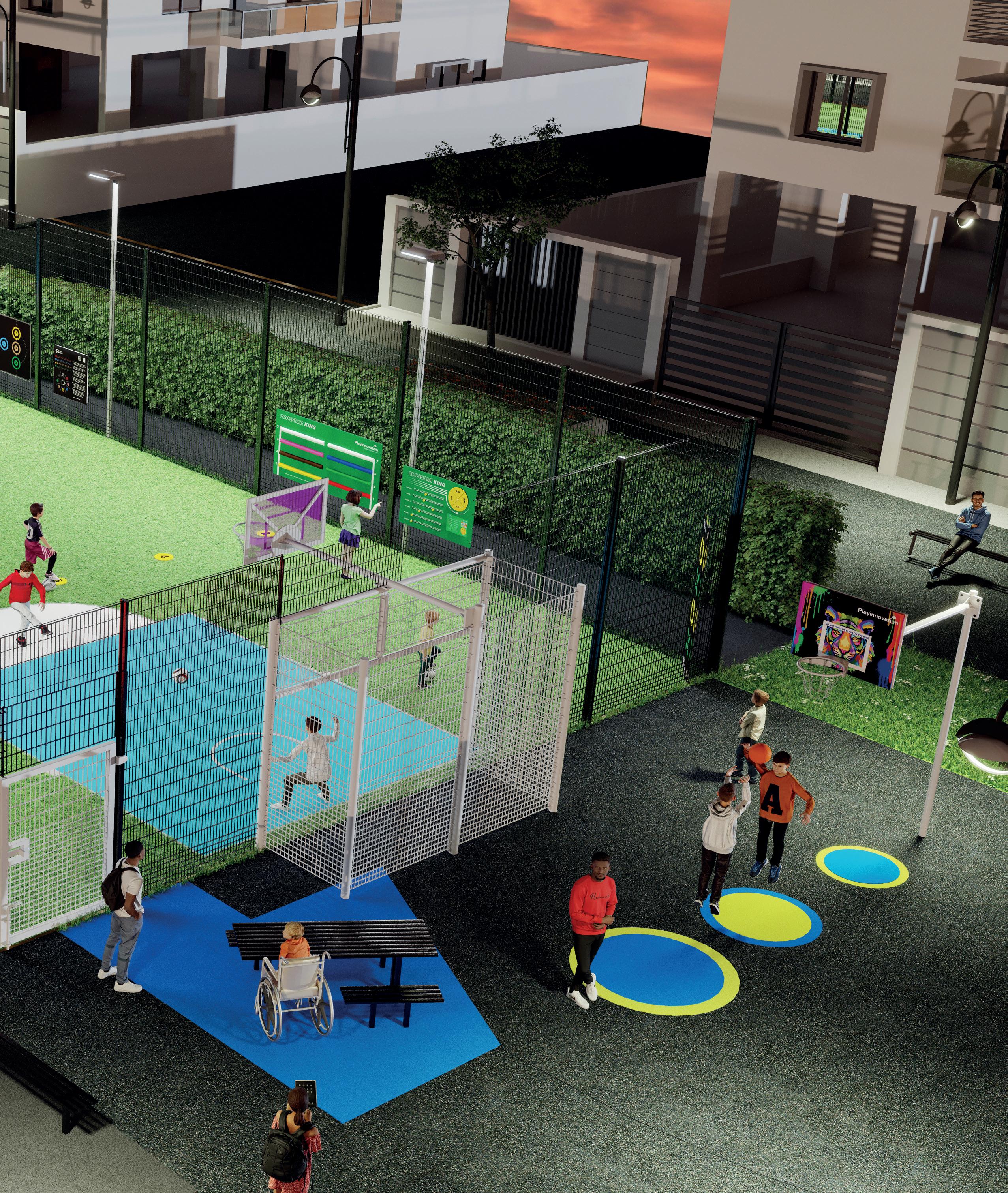













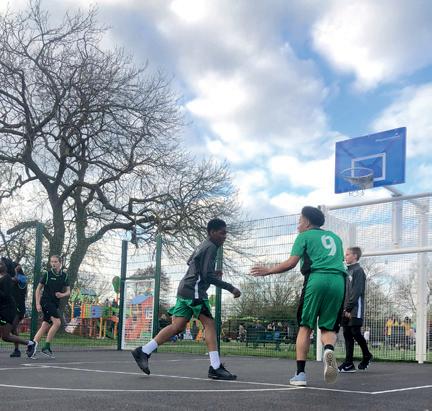
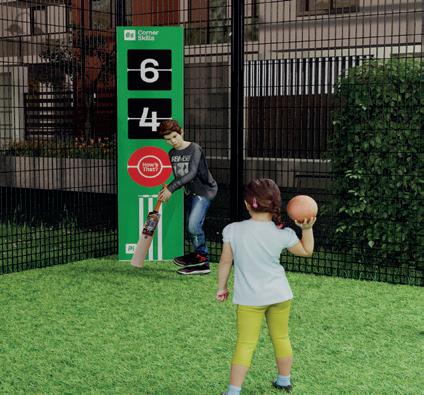

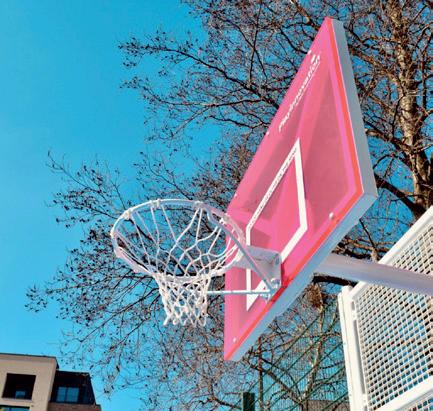

all year round.
All our structures conform to the relevant building codes and we are SAPCA approved.
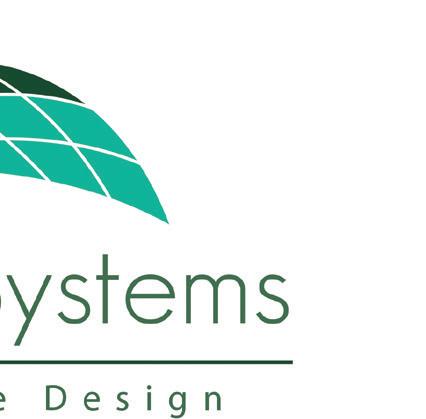



>Free consultation


>Individually designed structures
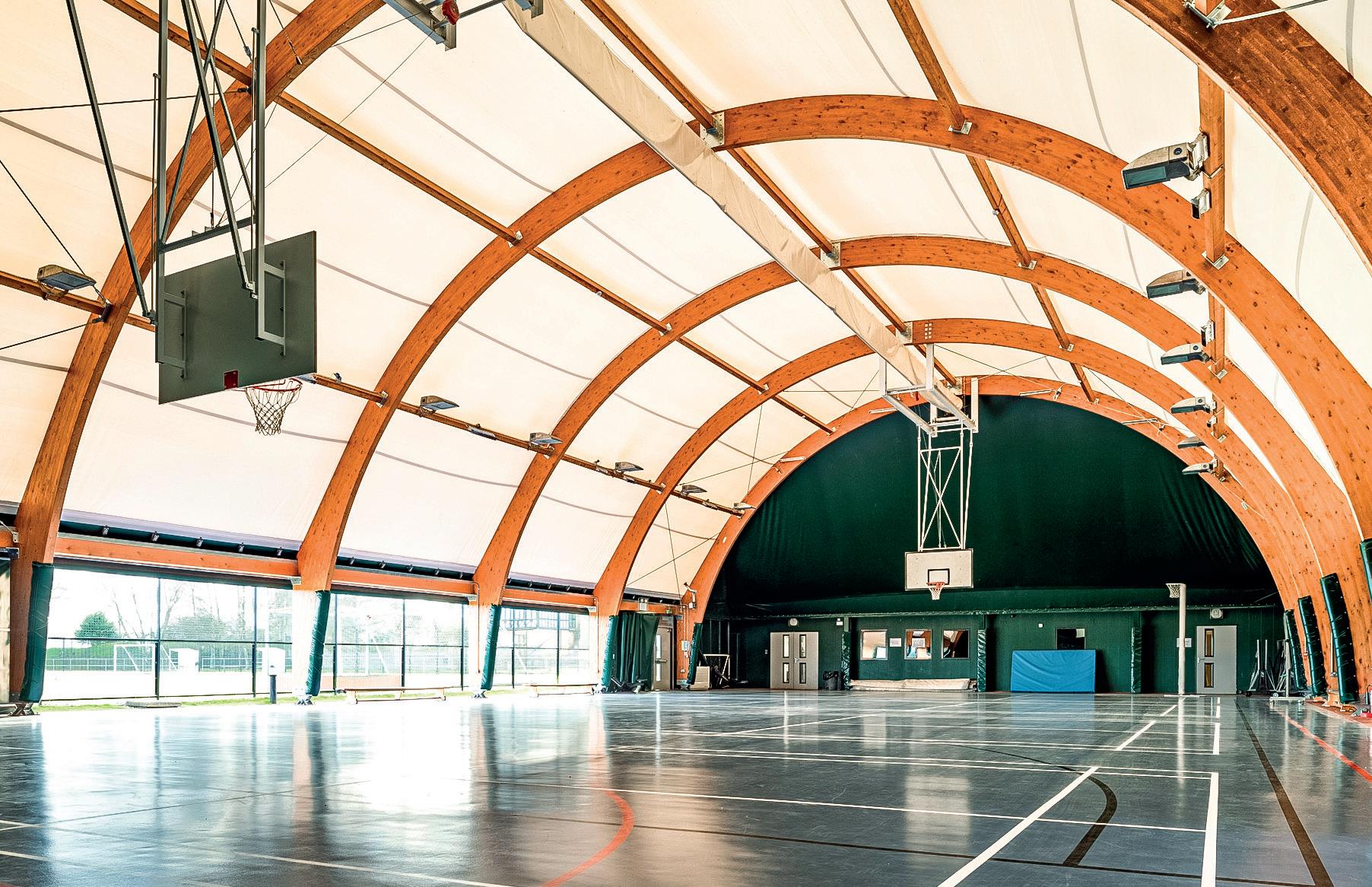
>Affordable finance options available
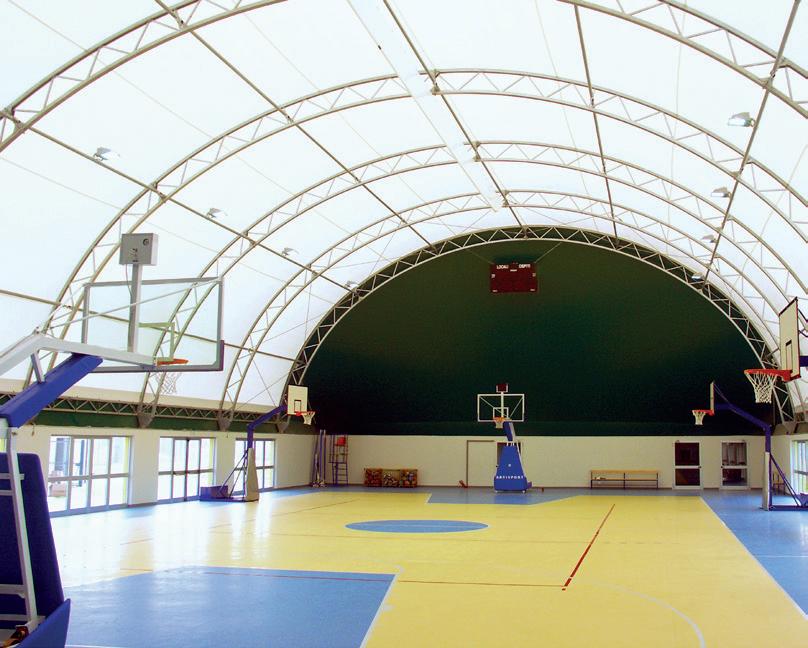
ECB wants to make cricket more inclusive
Sport England’s latest Active Lives survey shows that activity levels for adults in England increased during 2022 – and have bounced back to where they were before the pandemic. It shows that, between November 2021 and November 2022, 63.1% (29.1 million) of the population met the Chief Medical Officers’ guidelines of doing 150 minutes, or more, of moderate intensity physical activity a week –an increase of 1.7% year on year.

The impressive bounce back is testament to how the sport and physical activity sector has dealt with some significant headwinds since the lifting of COVID-19 restrictions. The huge increases in energy prices throughout 2022 have pushed many facility operators to the brink. In addition, the cost of living crisis has hit consumers’ disposable incomes – which always has a direct impact on sports and fitness.
In this issue, we speak to Tara Dillon, CEO of CIMSPA (see pages 38-42), who charts some of the challenges faced by the sector. She asks for the government to do more to help the sector, a call which is echoed by ukactive’s Senior Public Affairs and Policy Manager, Stephen McLoughlin, in his column (p. 24).
“We must continue to work with the government to protect the long-term future of the sector through a strategy that includes the right business levers to remove the barriers to growth, such as reduced VAT,” McLoughlin says. And we couldn’t agree more.
The sports and physical activity sector can play a hugely significant role in keeping the nation healthy, as William Bird, founder of Intelligent Health, explains on pages 48-52. But to do so, it does need help and support from above.


 Challinor, Publisher
Challinor, Publisher

 Tom Walker
Tom Walker
T: +44 (0)7796 512769
E: tom@sportsnation.org.uk

30 Review: ESTC Congress

European turf market meets to discuss sustainability and climate
34 Review: BASIS Conference
Bristol hosts the UK’s largest sustainability in sport event

38 Interview: Tara Dillon

CIMSPA CEO outlines the challenges faced by the physical activity sector


44 New opening: Allander Centre
A closer look at the £42.5m centre which opened in Glasgow in March
48 Interview: William Bird MBE
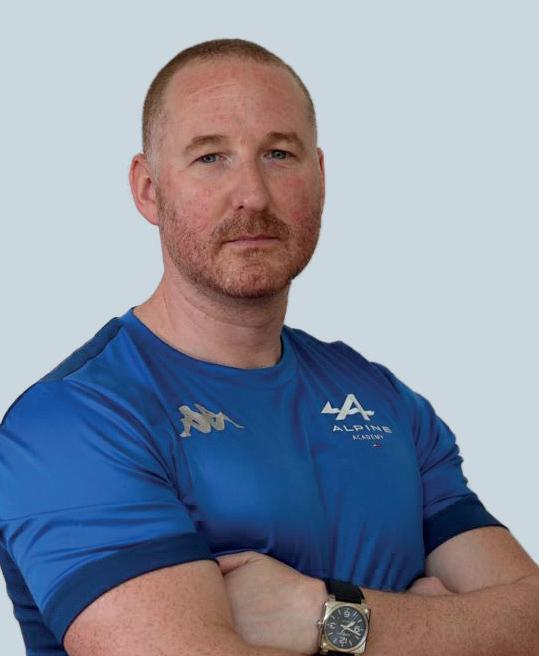
Founder of Intelligent Health wants to get people active outdoors
54 Event review: PerformX Highlights from the London event
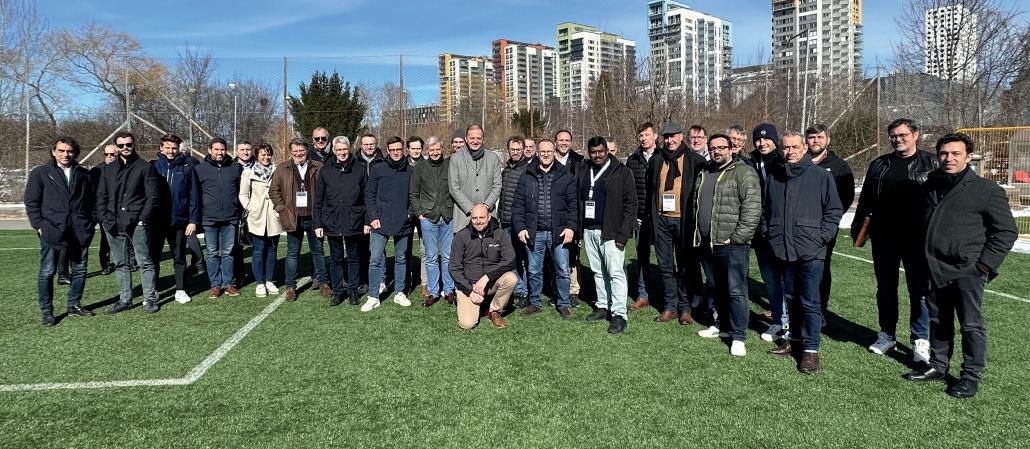
56 Growing the Game: Cricket
The ECB’s Inspiring Generations strategy aims to transform the sport and to make it more inclusive


62 What’s new in tech?
A look at the latest innovations in sports, fitness and physical activity
68 Facility project round-up A look at recent facility projects
74 A state of mind Employers “have to do more” to improve employee mental health
76 Show preview: Elevate What to expect at this year’s event
82 SAPCA Showcase Members’ classified directory
86 Interview: David Thompson Alpine F1’s human performance lead





























The report shows healthy increases in physical activity levels among adults
The number of adults in England who regularly play sports or take part in other forms of physical activity has returned to pre-pandemic levels.
According to Sport England’s latest Active Lives report – which covers the period between November 2021 and November 2022 – nearly two thirds (63.1%) of the adult population undertook at least 150 minutes of moderate intensity physical

Sport Wales is making new funding available to help sports clubs save money and become financially sustainable by becoming more energy efficient. Clubs can apply for an Energy Saving Grant of up to £25,000 which can be used towards the cost of energy-saving measures, such as the installation of solar panels or better insulation.
Sport for Confidence has teamed up with Golf in Society to deliver a research project exploring how golfing interventions can improve health and strength in those who are frail and living with dementia. The project is being delivered with funding from UK Research and Innovations (UKRI).
activity each week. Team sports have bounced back particularly well, after organised sport was hugely disrupted during the pandemic lockdowns. Football saw an increase of 561,000 regular players in the year from November 2021 to 2022, while cricket (up 124,000), netball (up 139,000) and basketball (up 57,000) also saw significant growth. The number of people swimming regularly, however, is still below 2019 levels.
FIFA and the World Health Organisation have agreed to extend their collaboration and to continue to use the power of football to promote healthy lifestyles and equal access to health services worldwide.
“Health and football are perfect teammates,” said WHO Director-General Dr Tedros Adhanom Ghebreyesus.

England Hockey has appointed Anne-Marie Garner and Mark Darbon as new independent board directors.

Darbon is the current CEO of Premiership Rugby club Northampton Saints and during his career also worked on the London Organising Committee for the Olympic and Paralympic Games (LOCOG). Previously, Darbon spent five years with drinks giant, Diageo, in a variety of strategic and commercial roles across multiple markets.
Meanwhile, Garner – the VP of corporate strategy for wellbeing company, Therme Group – has extensive board experience in both the commercial and nonprofit sectors and a strong governance background. She has a life-long love of hockey, having played at county level. She has also been a coach for the past thirty years.
Debbie Hewitt, chair of The Football Association, has been elected as a vice president of the football’s world governing body, FIFA.
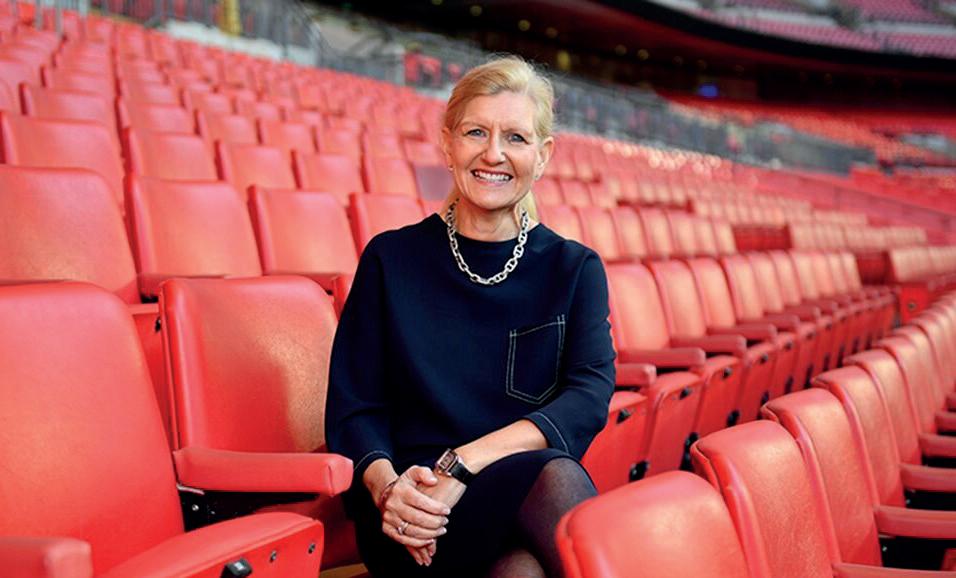
She will start her four-year term with immediate effect and becomes the first female FIFA vice president in the history of the organisation.
Hewitt succeeds David Martin, the former President of the Irish FA, who held the role since 2021.

Hewitt said: “I’m honoured to be appointed as a FIFA vice president and sincerely thank European football associations for their support. My aim is to be a meaningful voice for UEFA in international debates as FIFA seeks to grow the game. I will work hard to promote good governance and transparency and strengthen UEFA’s relations with FIFA.”
Women in Sport has appointed Julia Newton as its new chair. Newton is a co-founder of sports marketing agency, Shine Communications, and is currently chair of GB Taekwondo.
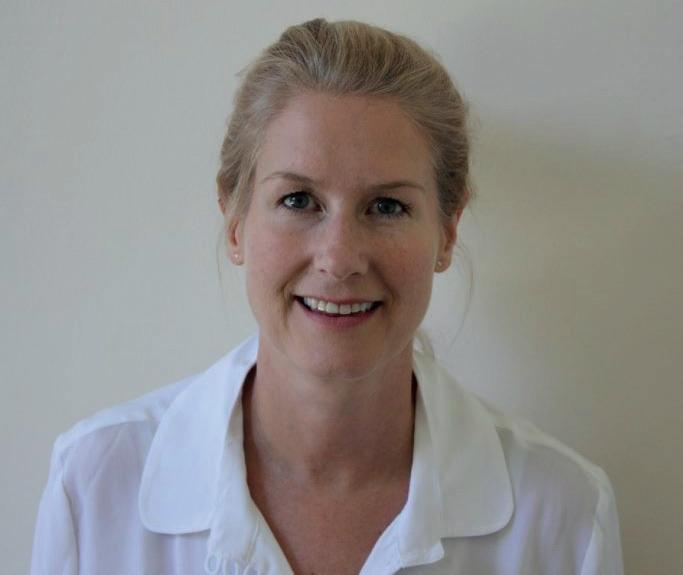
An experienced executive and non-executive leader, Newton has also worked for sports equipment brand Nike during her career.
She said: “As someone who has always championed the cause of women’s empowerment and strongly believes in the lifechanging potential of sport, Women in Sport’s remarkable work has long been an inspiration for me.
“This is genuinely one of the most exciting moments of my career.
“I am honoured to be chosen to help lead Women in Sport as it continues its groundbreaking research, considered thought leadership and powerful collaborations.”
The guidance establishes ‘If in doubt, sit them out’ as the new call to action to anyone involved in sport
No-one should return to sport within 24 hours of a suspected concussion, according to new guidelines published by the government and the Sport and Recreation Alliance.
The first ever, UK-wide concussion guidance aims to help people identify, manage and prevent concussion affecting players in grassroots sport – with the main message being ‘if in doubt, sit them out’.
The guidelines were developed by an expert panel of domestic and international clinicians and academics in neurology and sports medicine. They set out steps to improve understanding and

awareness of the prevention and treatment of concussion in grassroots sport where trained medical professionals are less likely to be routinely present. The guidance is targeted at people of all ages.


Players, parents, coaches, teachers and administrators are now asked to read the guidance and familiarise themselves with the necessary steps to recognise the signs of concussion; remove anyone suspected of being concussed immediately and; return safely to daily activity.
Sports Minister Stuart Andrew said: “Sport is not without risk and major injuries to the head can, and do, happen.”
A new small-sided, floodlit 3G football turf pitch named after two former Arsenal stars, David Rocastle and Ian Wright, has been opened to serve the local community in South East London.

The £200,000 “Rocky & Wrighty Arena” – funded by the Football Foundation and gaming giant EA Sports – is located at Wright’s former primary school, Turnham Academy. Described as a “game changing” facility for young people in the area, the arena will provide a quality, safe and inclusive place for physical activity.
The arena will be used by the school during the day. Outside school hours, the Millwall Community Trust will use the space to run a number of communityfocused activities – such as Premier
League Kicks, walking football for adults, Weetabix Wildcats, Millwall Lionesses and Millwall Roman LGBTQ+ sessions.
Local club, Hillyfielders FC, will also be using the pitch for their training sessions.

“Seeing this pitch open and looking so good makes me really proud,” Wright said. “It’s going to make such a difference to so many kids in the area I grew up in. For me, it’s more than a pitch, it’s a tribute to my dear friend.”
Work is now underway on an ambitious project to create a grassroots football hub at the King George V Playing Fields at Cosham, Portsmouth.
Portsmouth City Council is working in partnership with the Football Foundation and Hampshire FA on the development, which will see one ‘super-size’ and one full-size 3G football pitch being installed at the playing fields. A number of existing grass pitches will also be retained.
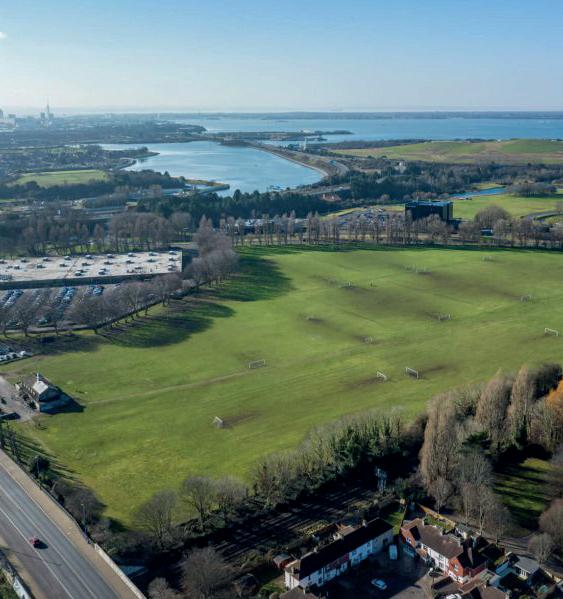
SAPCA member, S&C Slatter, was selected to deliver the construction of the hub, after the project secured planning permission earlier this year.
John Fisher, Contracts Manager at S&C Slatter, said the project will provide local communities with high-quality facilities totalling 17,500sq m.
“We will be delivering pitches to provide for 5-, 6-, 7-, 9- and 11-a-side games,” he said.

Sport England has launched a consultation which looks to gauge the views and perspectives of sports organisations around the topic of climate action in sport.


The grassroots body is looking to chart how clubs, NGBs, facility operators and other organisations are approaching sustainability, from reducing
their environmental impact to the opportunities and challenges they face in their operations.
According to Andy ColeyMaud, Sport England’s national partnerships lead, the body is keen to learn more about how it can work with the sport and physical activity sector to make it more environmentally sustainable.
“From energy use, travel, the production and consumption of sports equipment, goods and services, to our impact on biodiversity, we know that sport and physical activity has a significant environmental impact,” he said. “As a sector we have the opportunity to create, influence and inspire positive change.”
Lee Valley Athletics Centre in London is set to undergo a major redevelopment. Lee Valley Regional Park Authority, which owns the facility, is investing £688,000 in the refurbishment project.

The works, which are set to be completed by September 2023, include the transformation
of the Ron Pickering Room into a dualuse fitness studio and meeting room, providing a space for both exercise classes and conferences and seminars, catering to the diverse needs of the centre’s community.
The centre’s strength and conditioning suite, as well as the gym and cardio area, will undergo major improvements that include more than £170,000 being invested in upgrading the existing equipment to Technogym kit.
Shaun Dawson, CEO at Lee Valley Regional Park Authority,

said: “This project, along with the recently installed lightning fast Mondotrack synthetic track system demonstrates our continued commitment to ensuring that this inclusive venue is maintained to the highest standards.”

England Women’s football team and Manchester United star, Ella Toone, has opened a 3G pitch carrying her name in Wigan. The Ella Toone Pitch is one of 23 Football Foundation-funded pitches that will be named after each of the Lionesses to honour their UEFA Women’s EUROs victory last summer.
The pitch is part of the new £6.2m William Fosters Hub in Ince, just a short distance from Ella’s hometown of Tyldesley. The site, which will include a total of two full-size 3G football turf pitches (FTPs) as well as a changing pavilion with a community café and social space, is one of 1,600 new or upgraded grassroots sports facilities to benefit from a total investment of £64m earmarked for this year, provided by the Football Foundation.
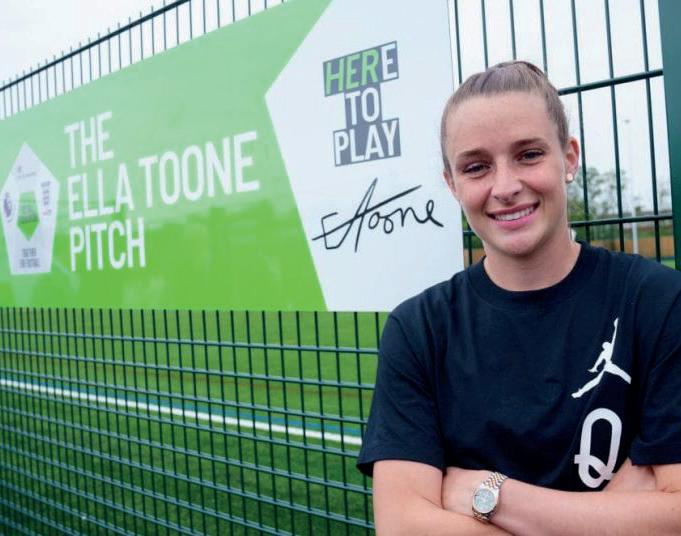



In January, Labosport celebrated its 30th anniversary in Paris. From the first laboratory in France in 1993, under management of its founder/ director Dominique Boisnard, to a world-renowned brand with subsidiaries around the world, Labosport has never lost sight of its values, roots, or passion for innovation. Labosport provides testing, certification and consultancy for all sports and all surfaces and is actively delivering projects in approximately 100 countries around the world.
“We are proud of our powerful legacy throughout our 30-year history. Labosport is still driven by the entrepreneurial spirit of its first teams,” said Pascal Marmey, Managing Director of Labosport France. “We wanted to bring our global staff together to mark this incredible milestone
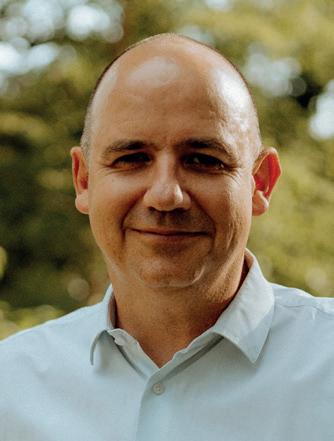
which was achieved through the hard work and dedication of so many people.”

Labosport continues to innovate and to invest in research and product development. “We boast a strong team of multi-disciplinary engineers and scientists, and we’re proud of our unrivalled track record of delivering innovation in new technologies and services for our customers” said Prof. David James, MD of Labosport UK. “We have a strong innovation pipeline of new products and services at different stages of development, all of them addressing the strategic needs of our niche industry. Our teams are inspired to launch this next generation of transformative products and services in the coming years.”

Labosport is grateful it could celebrate with its valued partners, clients, and friends. Happy Anniversary!

More information: https://labosport.com

“We are proud of our powerful legacy throughout our 30-year history”
Pascal Marmey, Managing Director of Labosport France
“Our teams are inspired to launch this next generation of transformative products and services in the coming years”
Prof. David James, Managing Director of Labosport UK© SHUTTERSTOCK_EFKS
Football clubs and organisations from Cyprus, Denmark, Finland, France, Moldova and Poland are celebrating after being recognised by Europe’s football governing body, UEFA.
The UEFA Grassroots Awards has been set up to highlight some of European football’s “lesser-known stars”, celebrating the individuals, clubs, national associations and initiatives that help to develop football for everybody and make a vital contribution to their communities.
Launched in 2010, there have been 127 UEFA Grassroots Awards winners from 42 member national associations. This year’s winners were:
• Best Social Initiative: Football Fitness Training Camp (Denmark)
• Best Participation Initiative: The Cyprus Football Association (CFA)
• Best Amateur Club: Ilves (Finland)
• Best Professional Club: Olympique de Marseille (France)

• Best Disability Initiative: Women’s amputee football (Poland).
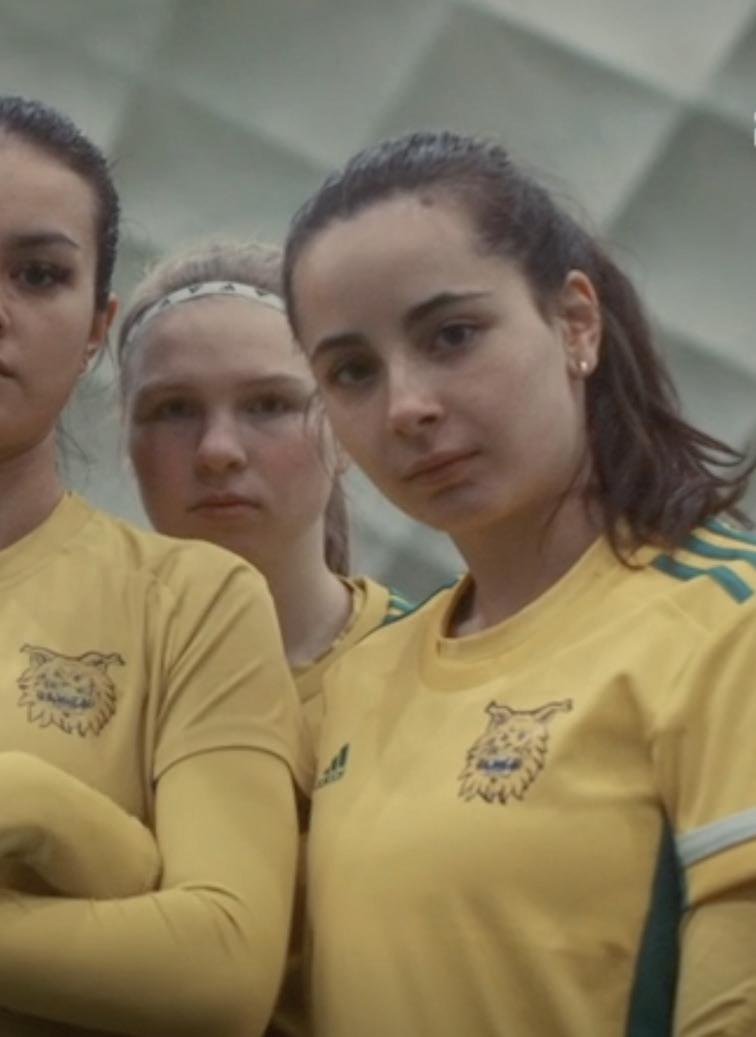

In addition, there was a special award presented to the Football Association of Moldova, due to its commitment to delivering aid and providing sporting opportunities to families and children affected by the war in Ukraine.

GM Active has entered into a strategic partnership with Innerva, specialists in power-assisted exercise equipment, as part of plans to help older adults and those with long term conditions across Greater Manchester get physically active.

Over the next 12 months, Innerva will work with the GM Active consortium of leisure and community organisations to help engage harder to reach communities in regular and rehabilitative, activity.
Inactive older adults are often put off by the prospect of traditional gyms and fitness equipment. The partnership is looking to tackle this and engage older adults
and those with long-term conditions by offering them power-assisted exercise.
Jon Hymus, Commercial Director at Innerva, said: “We’ll support people who are unwilling or unable to use traditional equipment to be active.”
to become more active


Sport England has updated its guidance on how urban design can help people to lead more physically active and healthy lives.

Now in its third iteration, the Active Design guidance has been developed with planners, urban designers and developers in mind and is centred around a foundational principle of ‘activity for all’. Produced to help create ‘active environments’, the guide includes 10 principles which sit across three themes; supporting active travel; active, high-quality places and spaces; and creating and maintaining activity.
Sport England chair, Chris Boardman, said: “Creating places and spaces that both enable and entice us to move more in our every day lives, benefits us in so many ways – from saving money on travel to giving children transport independence, both of which will create healthier communities, reducing the strain on the NHS. But we will only move more on a regular basis if it’s easy, attractive and safe.”



British Gymnastics has published its new strategy document, Leap Without Limits, in which the national governing body sets out a new vision for gymnastics in the UK, designed to deliver an “uplifting experience for all”.
Andy Dodd, Engagement Director at British Gymnastics, said: “Our new vision is all about putting positive experiences at the heart of everything we do, and ensuring gymnastics is enjoyable, safe and open to everyone.

“As part of that, we are committed to being relentless in pursuit of inclusion and accessibility in gymnastics and ensuring that the truly amazing benefits of gymnastics are widely recognised – and that they reach as far as possible.
“We know that if we do that, then our sport has a real opportunity to change lives, enrich and connect communities. In doing so, gymnastics can help address some of the big societal challenges we face as a country.
“To make progress, we want to work together with people and organisations within and beyond gymnastics, and forge partnerships with organisations and groups that are aligned with our new vision and values.”
The Rugby Football League (RFL) has launched a new project to encourage more primary school aged girls to take up the sport. RugBees is open to girls aged between seven and 11 and will be delivered on a weekly basis by club foundations to help them develop their confidence in areas such as catching, passing and kicking.

It’s the first Rugby League programme to be developed specifically for primary school aged girls. The Rugby League World Cup 2021 mascot, RugBee, will be utilised in the programme.
Each session will be an hour long, beginning with an introduction to the game’s technical skills and finishing with a non-contact form of the game such as Tag or Touch. Parents and guardians will be encouraged to cheer the children on throughout to create a positive environment.
Tennis saw “very strong growth” in participation at grassroots level during 2022, with the number of people playing tennis reaching 4.7m – an increase of 43%.
The figure comes from the Finance and Governance Report for 2022, published by national governing body, LTA. The report shows that there has been healthy increases in the number of both young people and women playing the sport.
The number of children who played tennis in 2022 stood at 3,63 million, an increase of 418,000 from 2021. Women’s participation grew by 34%, while the number of 16-34 year-olds who played tennis in 2022 grew by 48% from the year before.

There were successes at the elite level too, with the British team reached the semi-finals of the Billie Jean King Cup for the first time since 1981, while Cam Norrie reached the semifinal at Wimbledon.
Scott Lloyd, LTA Chief Executive, said: “2022 was a year of real achievement for British tennis at both the grassroots and top professional level.

“We made strong progress against our plans for delivering on our five-year strategy to open tennis up and achieved a number of our objectives a year early. There
were challenges throughout the year, but we have tried to ensure the sport is thriving at all levels, continued to raise the visibility of the sport and have given our British players the best possible support.”
Sport England has added four national governing bodies to its list of long-term partnerships as part of its ambition to “level up access” to sport and physical activity.

Swim England, British Taekwondo, British Taekwondo Council and Pentathlon GB will now join more than 120 organisations that have been picked for their ability to improve access to sport and to tackle inequalities.
Over the next five years, the four will share more than £12m of combined National Lottery and government funding. Swim England will receive £10.58m, while British Taekwondo will get £935,945, British Taekwondo Council £405,500 and Pentathlon GB £357,400.
Arena Group has completed the acquisition of stadia specialists Stadium Solutions.
The deal, which will see the company continue to operate under the name of Stadium Solutions, marks a major expansion of Arena’s presence in the UK and Europe stadia market. Stadium Solutions has been operating since 1994 and specialises in building seated spectator stands, covered standing terraces, turnstiles and turnstile buildings and dugouts. It has delivered projects at football stadiums and training grounds across the UK, including Aston Villa, Brighton and Hove Albion, Cambridge City and Salford City.
Tom Evans, CEO of Arena UK & Europe, said: “Stadium Solutions is a company with a fantastic track

record for permanent stadia and seating solutions and one we’ve admired for a long time. This is an exciting moment for Arena.”
Phill Harris, CEO and Founder of Stadium Solutions, added: “This is a deal which makes perfect
Stadium Solutions’ projects have included the Salford City stadium
sense to both us and Arena Group. Our interests and ambitions align perfectly and, working together, we can look to become a major player in both the permanent and temporary stadia markets across the UK and Europe.”

The Grounds Management Association has launched a new set of standards for natural turf in sports. The Grounds Management Framework (GMF) – released at an event in March – has been designed to support the understanding of how to maintain natural turf sports surfaces.
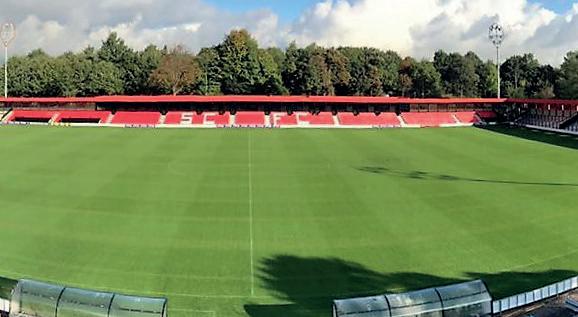
As natural turf requires appropriate maintenance and care in order to support the range of sports played on them, the GMF will highlight the importance of grounds management. The framework is aimed at those working in sport but who have limited knowledge of groundskeeping – such as volunteers and those responsible for running grassroots clubs and organisations.
Due to the UK climate and the reliance on natural grass pitches, each winter, thousands of football games are called off due to unplayable pitches.


Especially for artificial turf sports grounds: The Trocellen XC & XC Plus series includes high-quality shock pads made of closed-cell, chemically cross-linked polyethylene foam. ProGame shock pads are delivered in rolls of 2-meter width and tailored length to meet the requirements of the field.



The combination of the unique XC-punched polyethylene foam guarantees excellent drainage properties, quick and easy installation, and very high dimensional stability.



The wide range of thicknesses (6 – 14 mm) and densities (30 – 90 kg/m³) caters to the requirements of a variety of sports.
TROCELLEN ProGame Shock Pads
GmbH | Mülheimer Straße 26 |

T +49 2241 2549 000 | F +49 2241 2549 099 |

Whether it’s a professional venue like Tottenham Hotspur Stadium, a grassroots pitch like Arsenal FC Training Academy, or the Mini-Pitch System at N17 Arena, Musco’s solutions, expertise, and service create unforgettable experiences for players and fans alike.

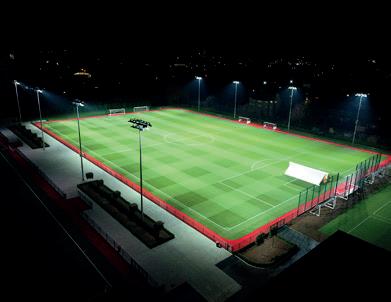
A new campaign aimed at grassroots coaches aims to ensure that children’s enjoyment of sport and physical activity is put at “the front and centre” of activities.
Called Play Their Way, the campaign has been developed by the Children’s Coaching Collaborative (CCC), of which we are one of 17 partner organisations.
“Play Their Way aims to kickstart a movement of child-first coaches, organisations and people changing the game from the ground up,” the CCC said.
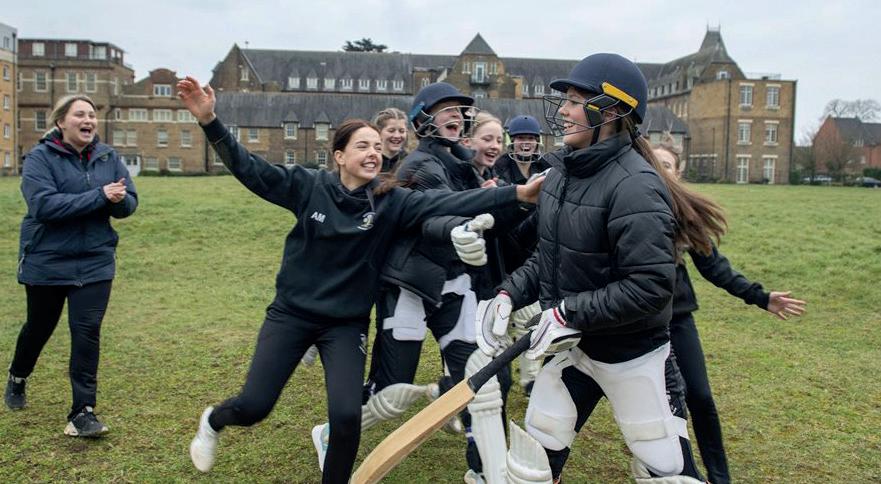
“Coaches are the unsung heroes of our society; research shows that children who receive coaching are 82% happier.
“We believe that building a grassroots movement of child-first coaches across the country is the
key to getting more children active. Many of the 2.6 million coaches across the country will already use a child-first coaching approach and Play Their Way will further provide the support and resources they need to achieve our shared vision.”
The campaign aims to ensure children enjoy organised sport
The Play Their Way campaign includes a wide range of resources, which can be accessed on the dedicated website. These range from advice on creating fun sessions, general coaching tips and sports-specific guidance.


Rossendale Leisure Trust has completed improvements works on its Marl Pits running track in Rossendale Valley.
The trust appointed SAPCA member, Polytan, to fix the poor state of the track, which had experienced declining usage numbers and would routinely rendered unusable in bad weather due to the pooling of surface water.

Polytan implemented its hybrid cinder conversion method on the track, resulting in a fully functional, 400-metre athletics track that also features Polytan’s innovative performancediagnostics system, Polytan SMART.
The track is now compliant with current national and international competition track standards and incorporates an engineered base instead of tarmac, thereby increasing its sustainability qualities.

Through its trademark Aquatrax process, Replay Maintenance has been trusted to ready athletics facilities for the most coveted international competitions held in the UK, including the 2012 Olympics and the 2014 & 2022 Commonwealth Games. This has catapulted the company’s reputation to become the leading specialist provider of athletics track maintenance in the UK.


The Aquatrax process has been developed and modified over 20 years and has effectively restored aesthetic value, performance and safety on athletics tracks, water-based pitches, and multi-use games areas throughout the UK.
Replay Maintenance provides its clients with a winning combination of experienced and dedicated on-site teams, together with specialist, one-ofa-kind machinery. Using only cold, clean water, the Aquatrax process uses low-pressure, highvolume jets to effectively dislodge contaminants, algal growth and dirt from the artificial surface, without the need for abrasion or chemicals. The integrated vacuum then extracts detritus and stores this in an onboard tank, ensuring no cross-contamination. For widespread and stubborn concerns, the machine will pass over
the surface multiple times, each returning the surface to optimal performing conditions. With the steady build-up of contamination, clients are often astounded with the final result, one such customer, Danny Stunt, Head of Grounds at Tonbridge School in Kent, said “It’s absolutely fantastic, I cannot believe the difference. I had no idea how bad the track was.” Specialist maintenance should form part of a safe, enjoyable environment for facility users and extends the life of the artificial surface. Replay Maintenance offer a wealth of options to their customers from an ongoing maintenance programme, as part of their ‘Revive’ process, right through to ad-hoc, intensive cleaning of their synthetic sports surfaces. Replay customers can also fix their maintenance price for 5 years with the ‘Revive for 5’ option. ●
Over the past three years, the physical activity sector has faced a seemingly endless stream of existential threats. First, a global pandemic which saw facilities being forced to close their doors numerous times. Then, a war in Europe causing a massive rise in energy costs and disrupting supply chains, threatening many facilities with a further, more permanent closure.
As the scale of the challenge facing facilities became clear – particularly for the most energy-intensive operators, such as those with swimming pools – ukactive began a push for government help.
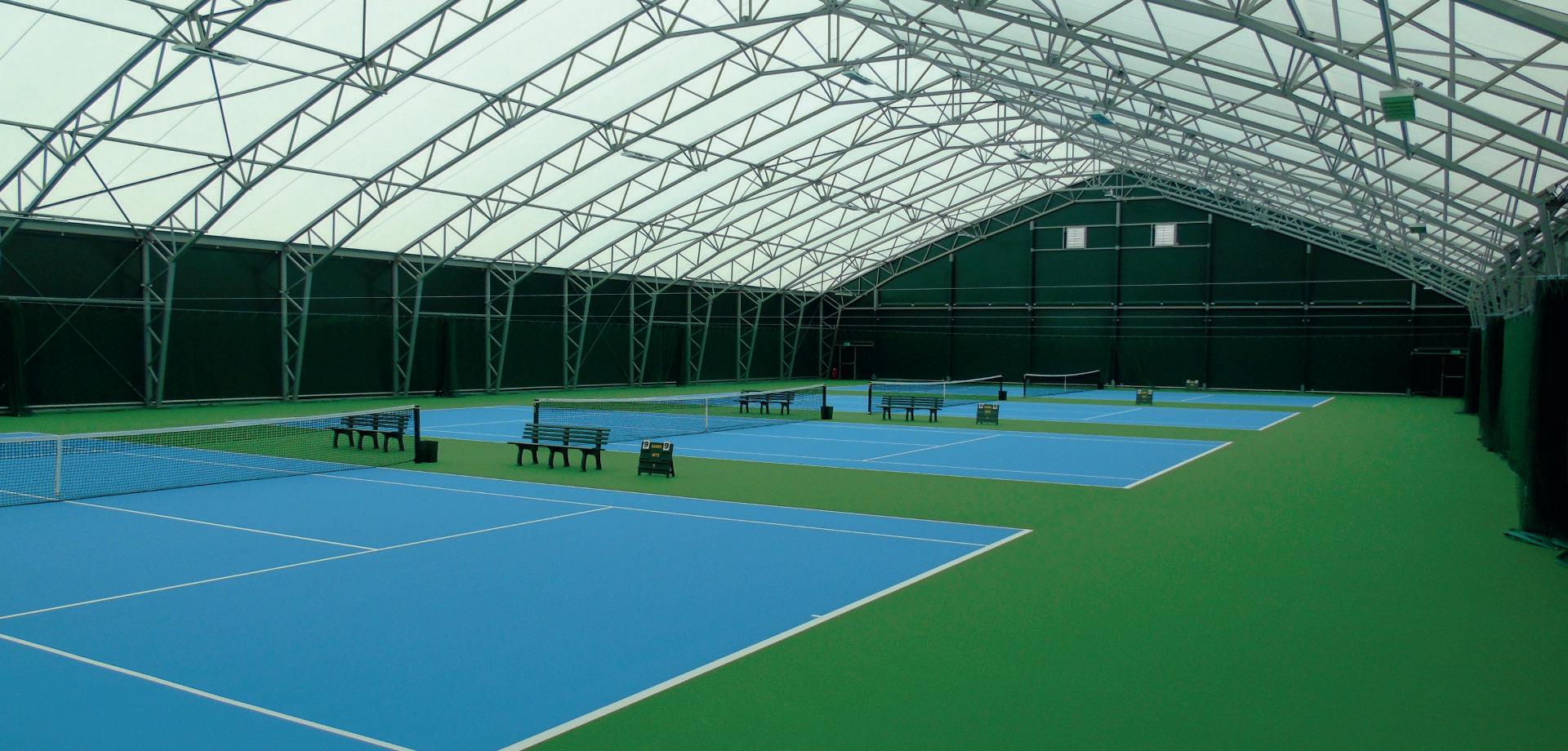


Key to making the case for support was the rapid gathering and analysis of data from our members to establish a risk register, meaning we could provide the government with comprehensive data on the threat of closures and service reductions, underlining the scale of the challenge.
Alongside the work directly with the government, it was important to maintain the external pressure by engaging MPs from across the house. While working with MPs ukactive has a long-standing relationship with, we secured new advocates using an engagement plan focusing on the value
of facilities in their constituencies. This approach generated strong pressure on the government, questions in the house and lobbying of ministers behind closed doors.
To support this, we convened sector bodies to develop an integrated public campaign which achieved cut through in the media and Westminster, culminating in a letter to the Prime Minister from more than 200 influential organisations and individuals calling for support.
This work came to a head at the Spring Budget, with the government announcing £63m in bespoke support for public leisure, which includes £20m to deal with the immediate energy crisis and £43m for facilities to invest in renewable energy solutions.

While the government’s announcement is welcome, this is not ‘job done’. We must continue to work with the government to protect the long-term future of the sector, through a sector strategy that includes the right business levers to remove the barriers to growth, such as reduced VAT. There are also many facilities outside the public sector that do not qualify for the direct funding.
This episode, though, shows the power our sector has when it comes together. As we continue to navigate difficult political waters, remembering this will be invaluable. This year’s Budget could provide the springboard to future engagement and support. ●
“THIS EPISODE SHOWS THE POWER OUR SECTOR HAS WHEN IT COMES TOGETHER. AS WE CONTINUE TO NAVIGATE DIFFICULT POLITICAL WATERS, REMEMBERING THIS WILL BE INVALUABLE”Swimming pool operators have been hit by energy costs © SHUTTERSTOCK/CROMARY
Cost effective alternative to traditional building with low running costs.



Rocklyn have partnered with Spanish manufacturer Padel10 to deliver this exciting and fast growing sport to the UK & Ireland.
Salo, Finland

Rocklyn provide the market leading Veldeman system, offering a wide range of versatile styles, tailored to meet customer’s needs.

By the time girls leave primary school, they have already heard a million reasons why they don’t belong in sport. “Sport isn’t for girly girls”, “girls are delicate” and “girls don’t like competition” are just some of the myths that girls see and hear daily, often from those who have the greatest influence on shaping their young lives.
At Women in Sport, we recently conducted an in-depth dive into how these stereotypes impact girls. The results of which were unfortunately no surprise. We found that they absorb the negative messages and conclude that sport is not a natural fit for them, unless they’re exceptionally good. In primary school, only 69% of girls rated their self-belief as ‘good’ or ‘very good’, compared to 79% of boys. By secondary school, this falls to 45% (compared to 61% of boys) as they navigate puberty and their changing bodies.
We also spoke to parents, who are simultaneously aware of, and perpetuating, these negative stereotypes. We heard things like, “She’s always been fragile and not into that sort of thing. There’s no way she would play rugby”. So, it’s no surprise that girls grow up on the side-lines of sport, feeling like it’s not for them.

How can we prevent these negative messages from seeping through and encourage the next generation of girls to fall in love with sport? It’s about three key areas: creating the right narrative, fostering the right skills and providing the right opportunities.
To make girls feel like they belong in sport, we need to surround them with the expectation that they will succeed. Teachers and coaches have a huge part to play here, by being aware of and actively dispelling the limiting messages girls receive.
At the same time, it’s important that we don’t ‘dumb it down’ for girls, making them feel like they’re second-rate players who are taking part in something less meaningful. The recent successes in women’s professional sport challenge the assumption that most girls don’t want sport and activities to be competitive (and sometimes even tough), just so long as girls are given the choice and equipped with the right skills. We must reinforce the expectation that girls can be courageous, powerful and fearless in their own way, are expected to be, and can be, good at sport.
Of course, for this to happen, girls need as many opportunities as boys to participate in sport. Our latest research found that while 66% of boys regularly play football outside of school, girls are more likely to do dance and gymnastics.
Schools can help to embed the right skills and build mutual appreciation between boys and girls in PE, during after-school clubs and in the playground. Due to the skills gap, the attitude of some boys and cultural diversity, it may be beneficial for girls to take part in single-sex sport. Younger girls could also benefit from more opportunities for families to get active together.
Only once these physical and psychological barriers are broken down, will girls be able to gain the resilience, confidence and joy that sport can provide. We all have the opportunity, and great responsibility, to make it happen. ●
“TO MAKE GIRLS FEEL LIKE THEY BELONG IN SPORT, WE NEED TO SURROUND THEM WITH THE EXPECTATION THAT THEY WILL SUCCEED”










Bespoke coloured adhesives for artificial grass






High Performance Adhesive Systems for Sports and Leisure Surfaces











Sport England’s Active Design guidance, published in May, promotes the creation of built environments in which people can become physically active in their daily lives. At the heart of the guidance sit active travel solutions and the need to create high-quality places and spaces that both enable and entice us to move more.
For many of us who are lucky enough to work in the sports and physical activity sector, the drive to create active environments is a no-brainer. Why wouldn’t we want to live in a world in which we can be more physically active everywhere – without having to travel to a specific location to exercise?


Reading through the document, I found myself asking a question: are we, within the sports and play construction industry, doing enough to follow the active design principles in the way we design and build facilities?
For example, do we always ensure that we consider how people arrive at our facilities? And by what method? Do we always ensure there are safe and convenient spaces to leave a bicycle – or prams, if we want to encourage young families to arrive by foot? Do we provide walkways and paths further than the immediate area around the front door? Or do we simply always prioritise cars and car parks, because “that’s the way it has always been done”?
In fact, do we ever think outside the box (and I mean that in a literal manner). Do we look to provide options for children’s play and other activities outside the bricks and mortar buildings that we’ve been commissioned to create? Even if it was missing from the client’s original brief? Or are we always just focused on delivering the opportunities we’ve been asked to – often for particular sports and/or formal exercise. If we want to maximise the opportunities for people to be active, we need to see the bigger picture. Not everybody will have the same opportunities, resources, time or energy to be active. Yet, there are infinite ways to get active. We just need to open our eyes to them. And Sport England’s guidance can help with that. ●

“IF WE WANT TO MAXIMISE THE OPPORTUNITIES FOR PEOPLE TO BE ACTIVE, WE NEED TO SEE THE BIGGER PICTURE.”
Why use a SAPCA member?
Planning to develop a sports or play facility?
Make sure the companies you work with are SAPCA members!
There are a number of reasons why you should choose a SAPCA member for your project

• Members must meet strict membership criteria
• All SAPCA members are vetted and approved by SAPCA
• Members are committed to the SAPCA Code of Professional Conduct
• Members must also comply with the various SAPCA Codes of Practice (industry standards for design and construction of all types of sports facilities)
• Members have proven extensive expertise and experience in their fields of work
The “SAPCA Member” badge is a stamp of approval –always look out for it when planning a sports or play project
SportsNation reports from this year’s ESTC Congress in Stockholm, where the main topic of discussion was the climate and its impact on sport
The European Synthetic Turf Council (ESTC), the trade association for the synthetic turf industry in the EMEA region, held its annual congress in Stockholm in March. The theme of this year’s event was “The Impact of Climate on Synthetic Turf Systems”. Stockholm was chosen to host the environment-focused congress partly due to the city’s aim to become climate neutral by 2030 and it’s long-term aim to become fossil fuel free – to run entirely on renewable energy – by 2040.


The event opened with the Stockholm FA outlining the importance of synthetic turf to Scandinavian sports – and more specifically
Stockholm, where there are 300 pitches (of varying sizes) across the wider Stockholm area. Without 3G and indoor facilities, sport would simply not function, as the Nordic climate means the use of natural grass pitches is limited to a few months over the summer. This principle is similar to the UK, where synthetic pitches allow sport to flourish during the winter months – at both community and elite level. The event’s keynote speaker, Åsa Minoz from viable cities – an initiative promoting a transition to climate-neutral and sustainable cities – offered insights into the work that the city of Stockholm is doing to achieve climate neutral status. She highlighted the ongoing challenges the world faces in reducing the use of carbon-based products.
“Cities cover about 3% of the land on Earth, but produce about 72% of all global greenhouse gas emissions,” Minoz said. “Cities are growing fast – by 2050 almost 85% of Europeans will be living in cities.”
She described how Sweden, aided by initiatives such as Viable Cities, is leading the way in doing things differently and embracing change. The aim is to influence other European countries to follow suit and Spain highlighted some early collaboration in this area.
As well as learning about the operational challenges faced by sports facilities in cold climates, delegates had the opportunity to hear about the impact that extreme heat, water shortages and droughts have on sports facility design in Australia – for both synthetic and natural surfaces. The

session hammered home how the principles of facility design need to increasingly accommodate the climate and changes within it. In the UK, facility designers often need to factor in both extremes, such as when creating non-watered hockey fields in areas where water for irrigation is not available, but still ensuring that drainage designs are suitable for wetter periods.
Another topic discussed at the Congress – and one which was also on the agenda at the recent SAPCA Conference – is the social value of facilities. Lee Guerriero, a UEFA pitch specialist, gave some interesting insights into the socio-economic benefits of sports participation and the work that UEFA does to support this through various

CITIES ARE GROWING FAST – BY 2050 ALMOST 85% OF EUROPEANS WILL BE LIVING IN CITIESDelegates learnt how synthetic pitches play a crucial role in enabling sport across Sweden
funding initiatives. Guerriero’s presentation highlighted the impacts the programmes have had across Europe and around the world, supporting communities and a diverse range of socio-economic groups through the development of sports facilities. He also spoke about the impact that major events (and elite sport in general) can have on encouraging people to become more active, highlighting the way the UEFA Women’s Euro 2022 competition provided an ongoing boom for women’s football not just in England, but across the continent.
The Congress concluded with ESTC Technical Director, Alastair Cox, outlining some of the ongoing challenges faced by the European sports turf market, due to the potential ending of the sale of polymeric infills used in 3G pitches. As part of that, Cox presented a series of updates on the work being undertaken by the CEN working committees, linked to the use of synthetic surfacing and the challenge of ensuring that materials will continue to be regarded as an essential product for sports facilities.
Cox also reiterated some of the guidance currently available to those that construct,
maintain and manage synthetic pitch facilities and urged them to ensure that the impact on the environment is considered in everything they do.

In the UK, the work to provide guidance for the design and maintenance of synthetic sports pitches – as well as promoting sustainability within the sector – is led by SAPCA, through its relevant working groups. SAPCA is also working together with ESTC, in areas such as handling endof-life sports turf, in order to provide up-to-date guidance to the industry and ensure that materials are always managed and treated in the correct manner. l



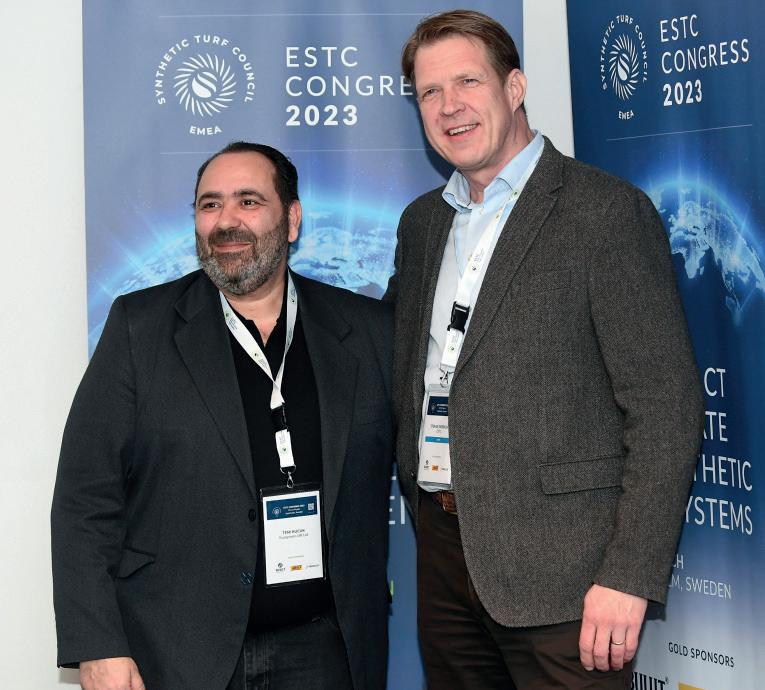
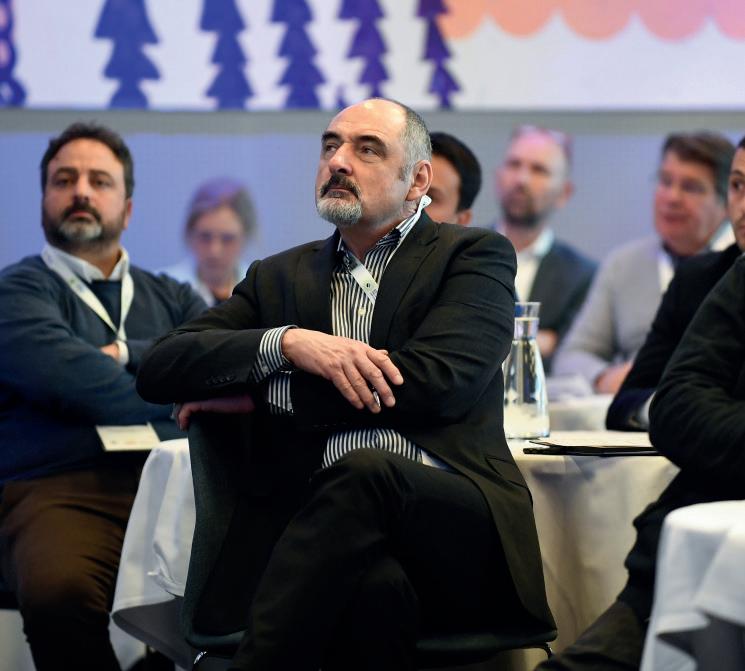
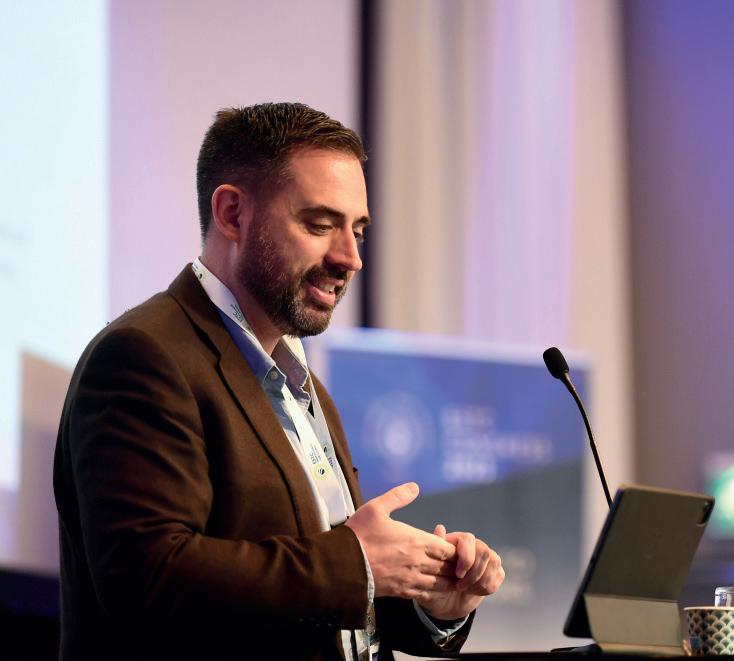
®
by Schmitz Foam ProductsSchmitz Foam Products B.V. is the global supplier of ProPlay ®, the perfect shock pad with drainage qualities for high quality artificial grass systems in sports and playgrounds.
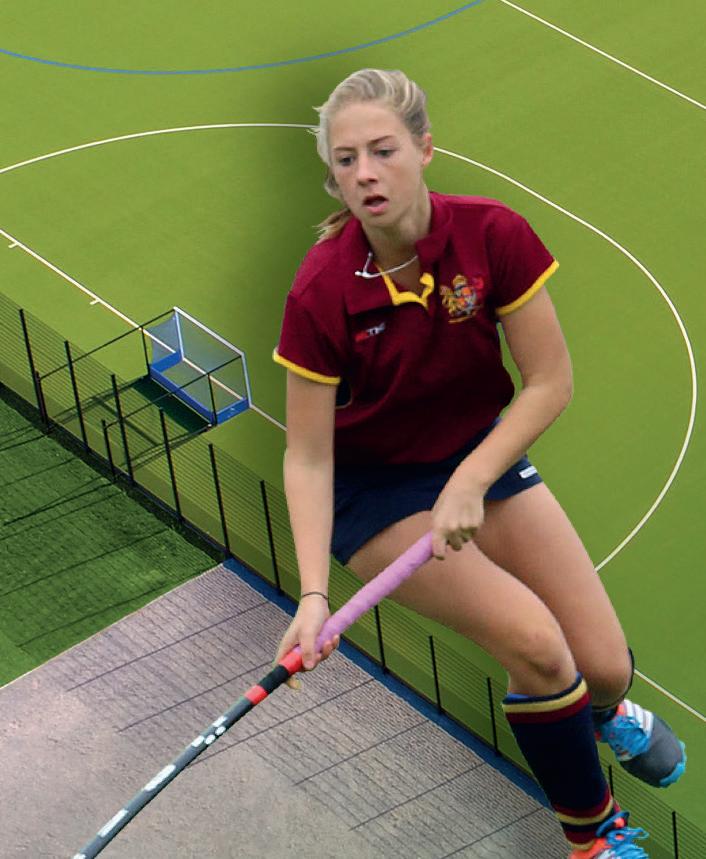




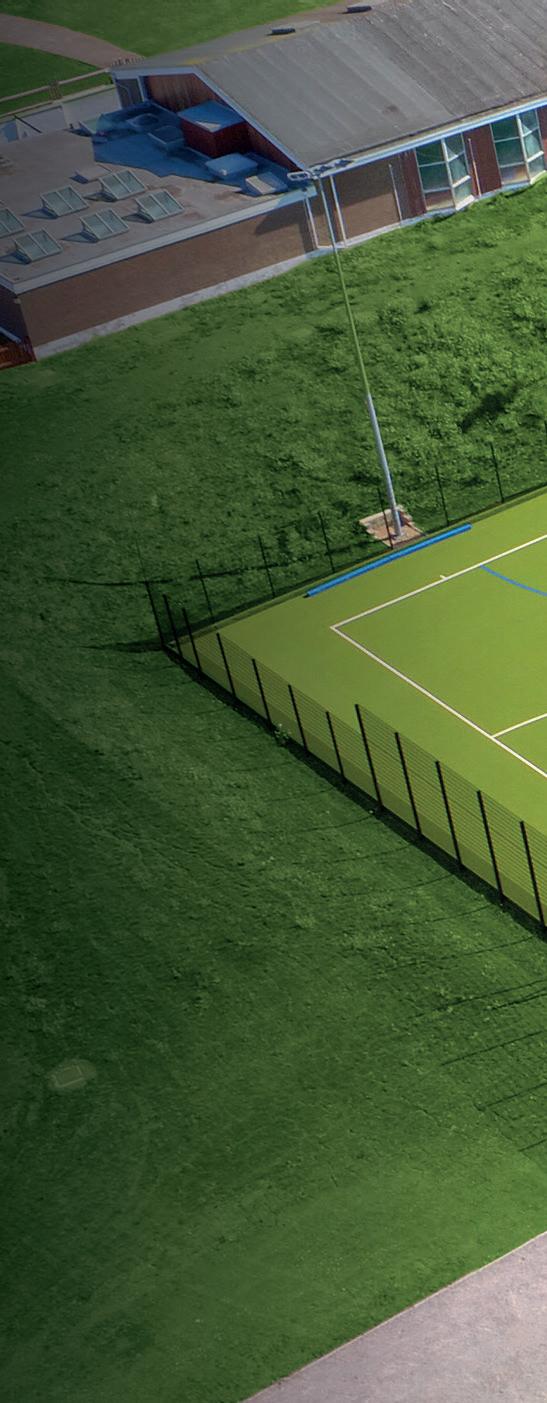
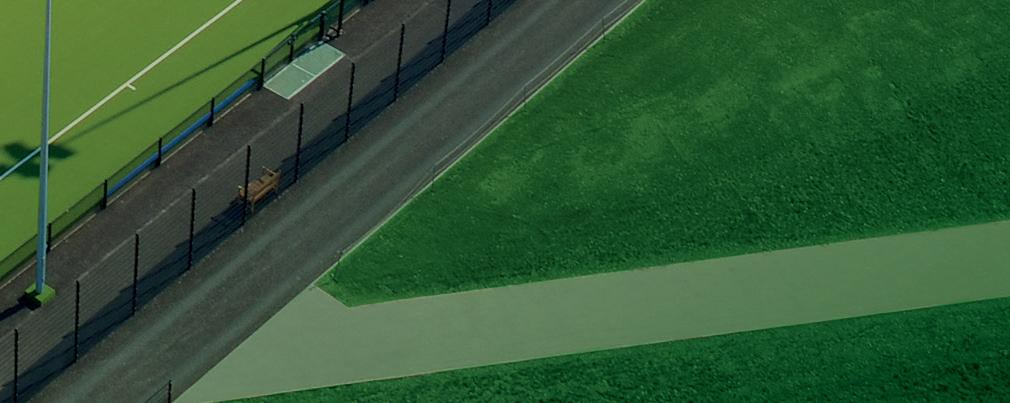

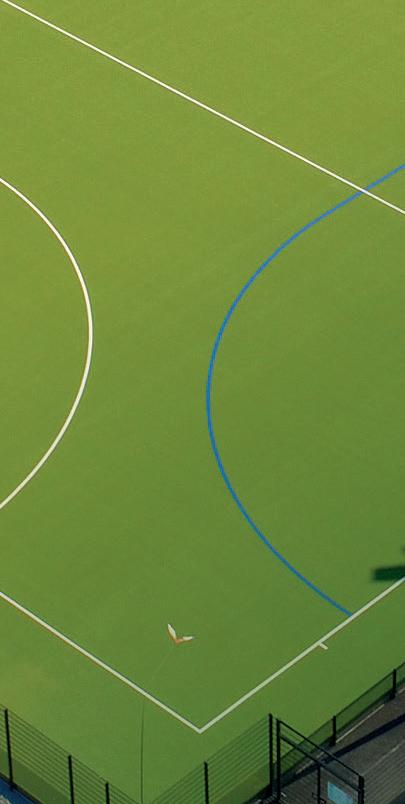
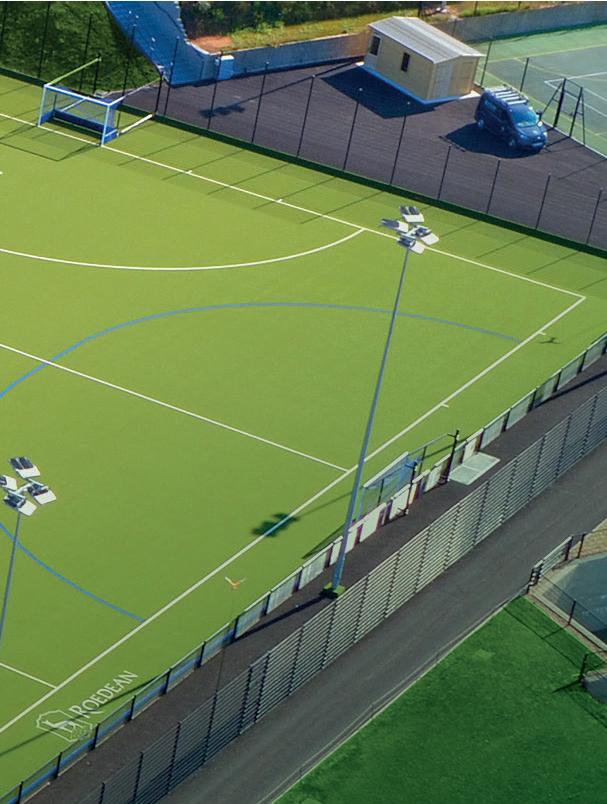




• Meets quality standards of International Sports federations









• Excellent vertical and horizontal drainage capacity
• 25 years warranty for the owner of the field
• Circularity is key:
– Produced from post-industrial recycled foam
– Can be reused or recycled at the end of life of the field
Request your ProPlay® sample at: www.schmitzfoam.com/contact
Find us on:
The British Association for Sustainable Sport (BASIS) held its annual conference at Bristol’s Ashton Gate Stadium on 25 April. The one-day event saw more than 200 delegates – a record high for the conference – gather to discuss a wide range of topics, from policy and education to practical solutions.


Ashton Gate Stadium, home of Bristol City FC (BCFC), was a fitting venue for the day. Bristol was the first British city to be named European Green Capital, while BCFC was ranked the

Championship’s (the second tier of English football) most environmentally sustainable club in the 2022 EFL Sports Positive League.

The day began with an opening statement by BASIS chair, Dr. Russell Seymour, followed by a panel discussion on how sport can help cities achieve sustainability targets. Drawing on Bristol’s experiences of the process, speakers emphasised how local authorities and sports clubs can support each other to improve health, community and environmental outcomes. Peter Smith, Head of Change and Sustainability at Ashton Gate, focused on the importance of transparency and collaboration.
“There are times that you will fail,” he said, “but it’s important to learn and share as you go”.
The event’s keynote speaker, Rob Hopkins, co-founder of The Transition Network and author of From What Is to What If, followed with an impassioned and thoughtful talk in which he asked the audience to “ignite their imaginations” and to build a positive future. Using examples of sustainable initiatives across the world, he argued that solutions to the climate crisis already exist – and that it was up to everyone to recognise and begin using them in every area of life and business.
The day continued with the launch of two exciting new initiatives. Etienne Stott MBE and Laura Baldwin OLY launched Sport LOCAL for Life, while the Carbon Literacy Project announced the launch of its new sports toolkit.
Later in the afternoon, delegates heard from members of the Sport Environment and Climate Coalition, who discussed current and future actions around environmental sustainability. Ben Dean, Director of Sport at the DCMS, also shared valuable insights on the government’s approach to supporting sustainability in the sector.

During the day, two panel discussions engaged speakers in a duo of topical issues around sport and sustainability – the controversial partnership between Shell UK and British Cycling; and how sport can (and should) engage with stakeholders when making difficult moral and tactical decisions when it comes to sponsorship.
Later on, a session involving London Marathon Events, RockVolt, and BioPak explored how events can work with experts to find commercially and environmentally sustainable solutions for packaging and waste. The day was then brought to a close with a
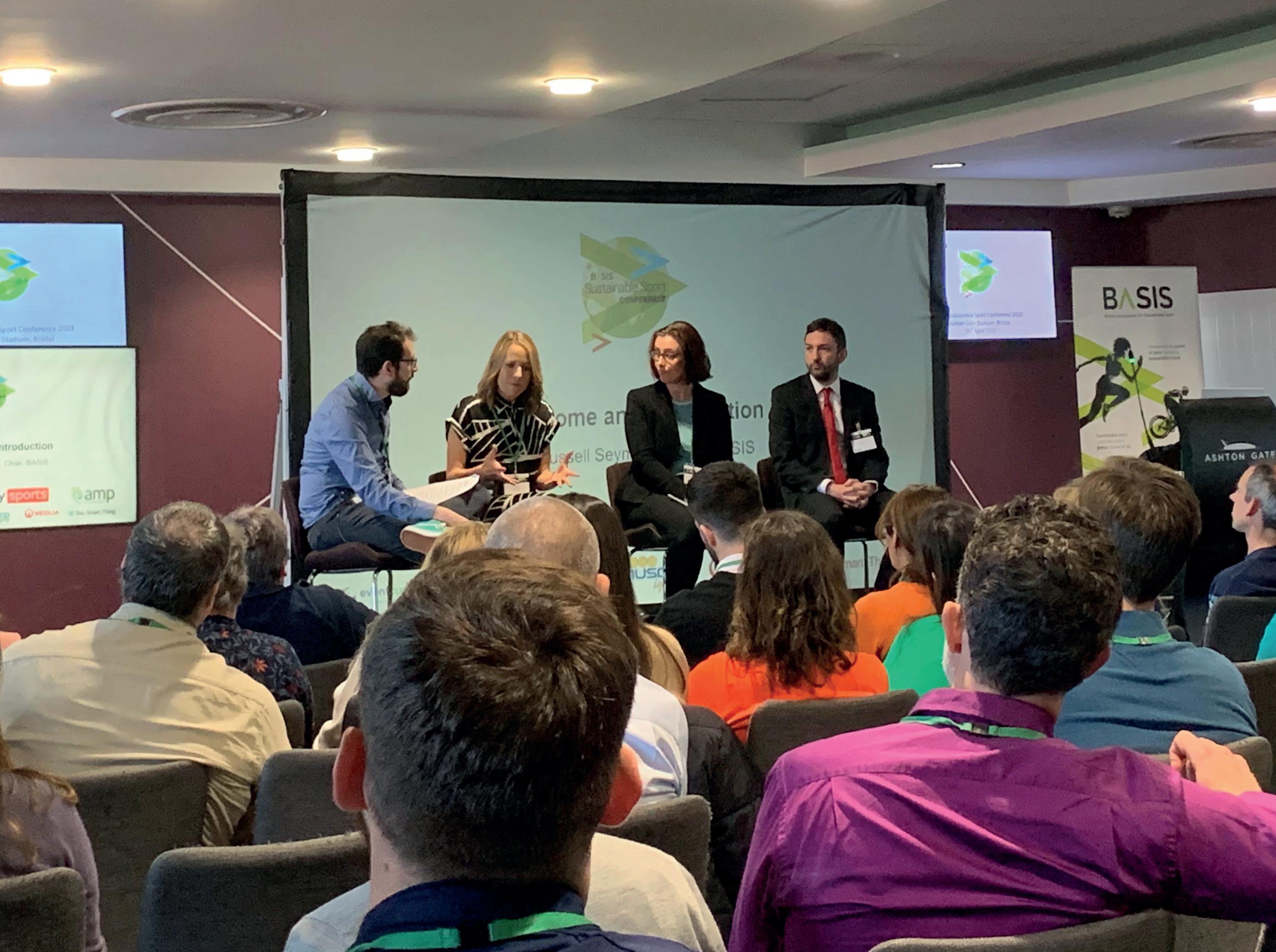
reflection on some of the key stories in sport and sustainability over the past year. Sky Sports presenter David Garrido and Jonathan Overend, host of the Emergency on Planet Sport podcast, picked up Rob Hopkins’ call for imagination, emphasising the importance of telling stories to engage audiences on climate issues.
In his closing remarks, Dr. Russell Seymour reflected on the resounding message of the day: “We need to have the ability to see that things can be otherwise,” he said. The recordbreaking number of delegates, lively discussions, and future-focused solutions presented at the conference showed how the power of sport can be harnessed to build a sustainable future. ●













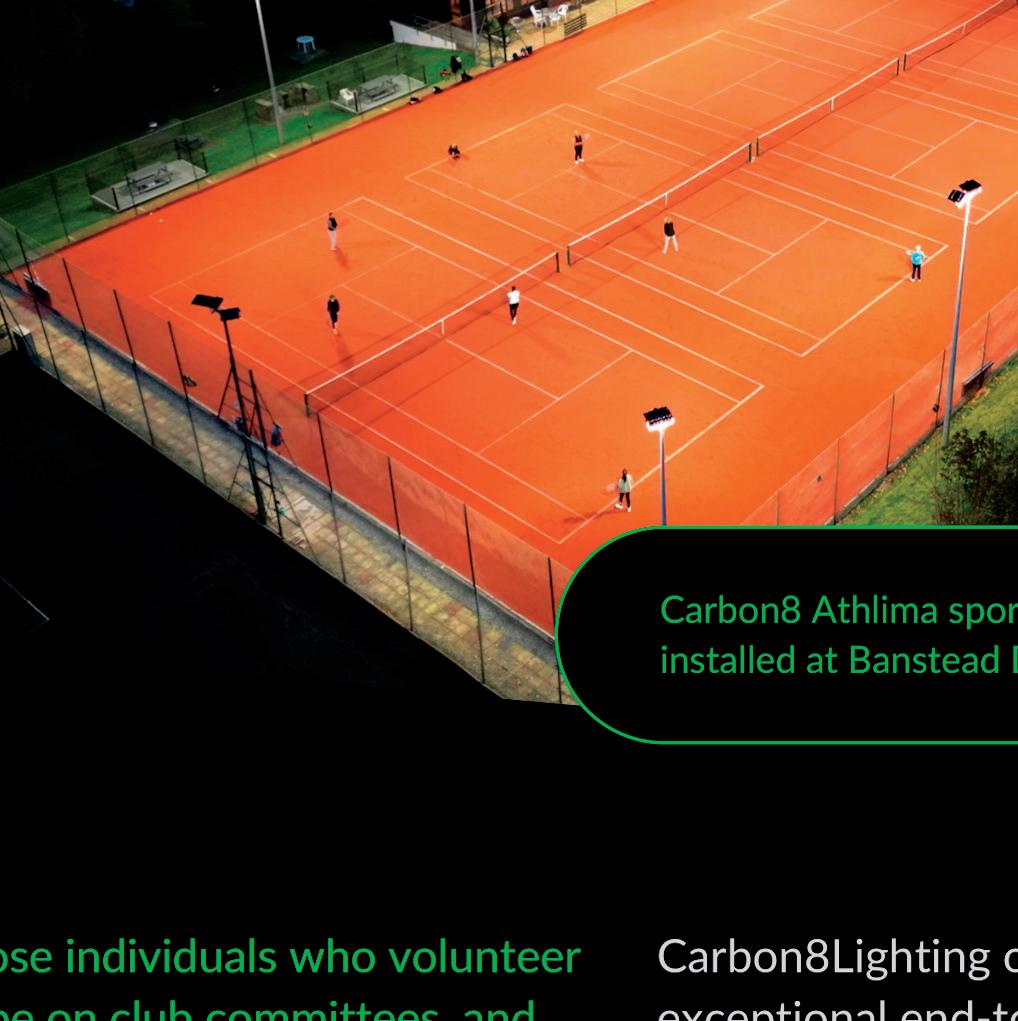

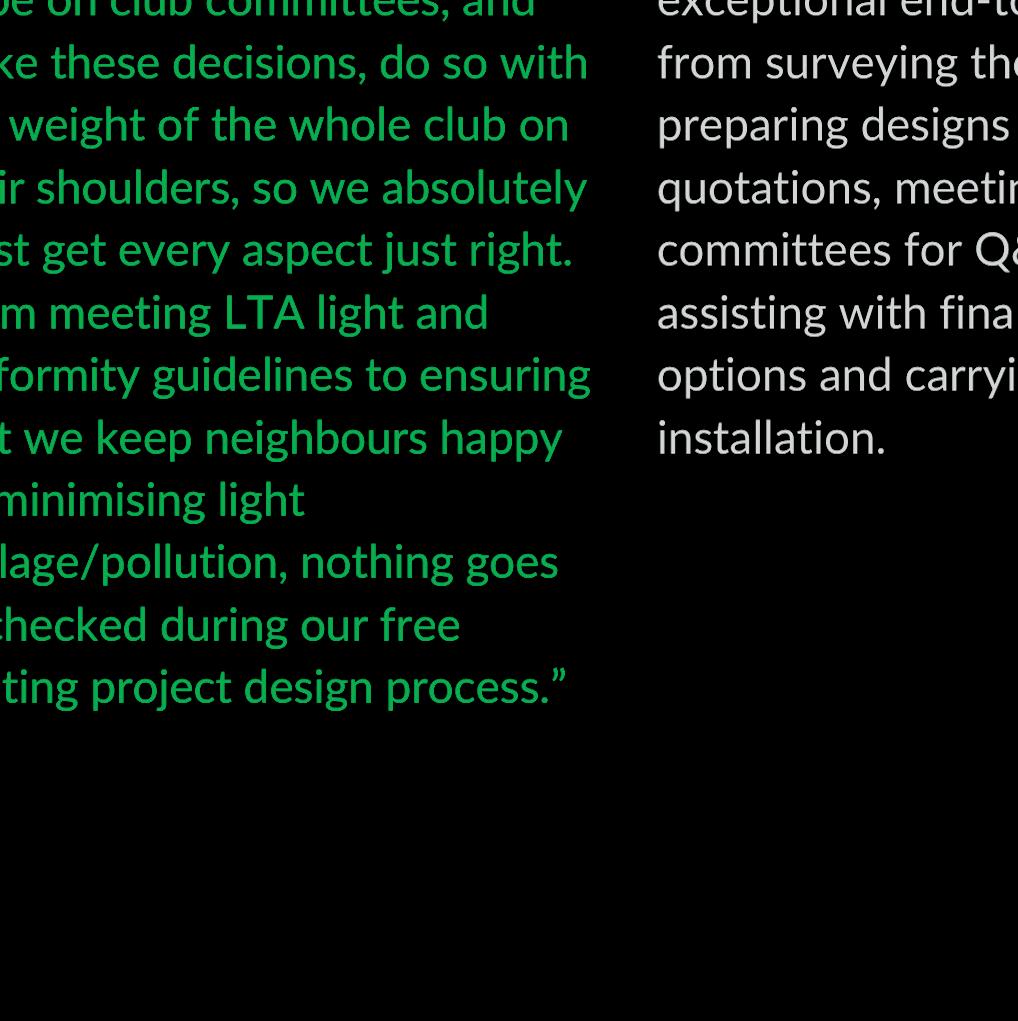


The chief executive of CIMSPA talks to SportsNation about the organisation’s work – and outlines the challenges and opportunities facing those who work in sport and physical activity

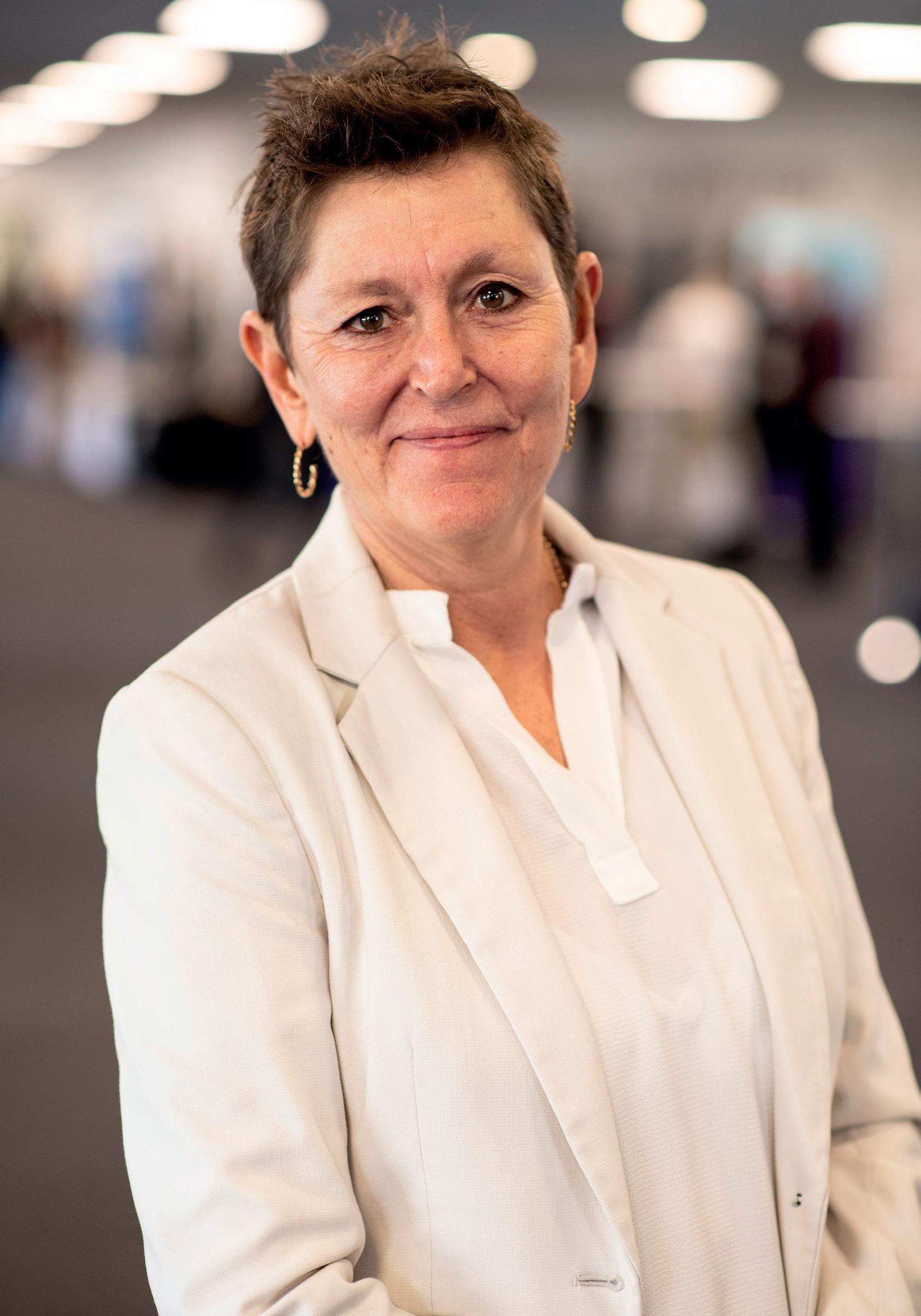
Our vision is to shape a respected, regulated and recognised sector that everyone wants to be a part of and that others are confident interacting withPHOTO: CIMSPA RICHARD RICHARDS PHOTOGRAPHY © SHUTTERSTOCK/GROUND PICTURE
CIMSPA is the Chartered Institute for the Management of Sport and Physical Activity. In a nutshell, we are the professional development body for the UK’s sport and physical activity sector. We support, develop and enable professionals and organisations to succeed and, as a result, inspire our nation to become more active.
We have individual membership categories that cater to people at all stages of their career journey as well as different job roles.
Practitioner membership is for qualified sports coaches, swimming teachers, lifeguards, recreation assistants, gym instructors and exercise referral professionals. For qualified yoga and pilates instructors, we also have associate membership. Manager membership is for all managers, from those aspiring to a management role, through to experienced, senior managers.
In addition, we have student and graduate memberships, providing a gateway into a rewarding career in sport and physical activity. We also offer Affiliate membership to anyone who is not yet professionally qualified but has an active interest in the world of sport and physical activity.
The benefits of membership are extensive and we structure them into four core areas:
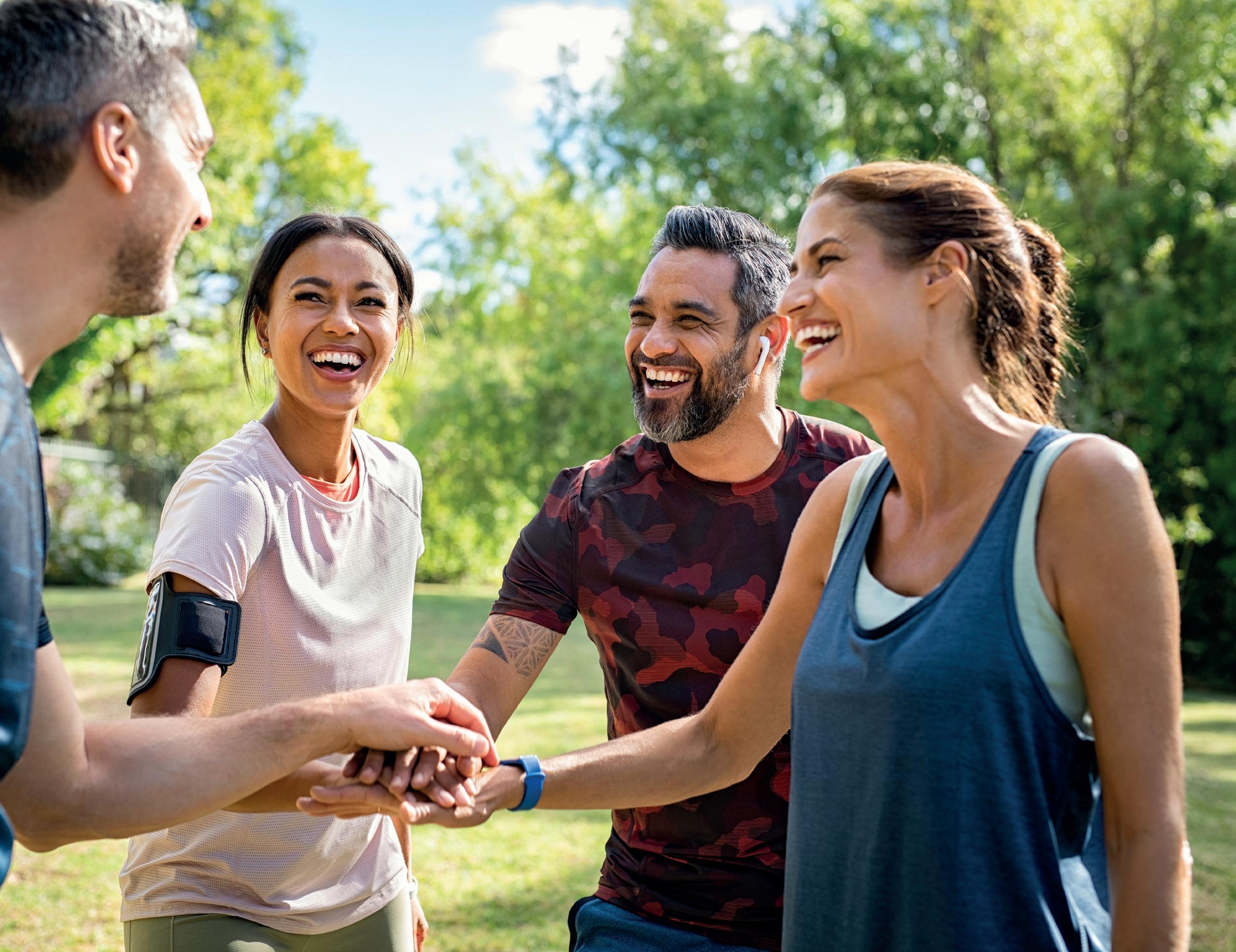
● BeAhead, which is about taking control of your career progression and staying at the forefront of the sector
● BeRewarded is where members benefit from a range of discounts and offers
● BeConnected helps members to build their professional network through CIMSPA’s community of other members, partners and events
● BeTheDifference enables members to contribute to the continued improvement
of the sector. All of the benefits sit under the umbrella of “Recognition”. We provide members with a platform to have their qualifications, professionalism and competence recognised by a chartered professional body.
We work with more than 300 different partners across the sector, including employers of all sizes, training providers, higher education institutions and awarding organisations. Each category of partner benefits in different ways. For employers, a key benefit is a discount on CIMSPA membership for staff and access to 1,300 eLearning courses through the CIMSPA Academy. Meanwhile, a CIMSPA training provider partnership gives providers an opportunity to have their education and training reviewed against professional standards in the sport, fitness, leisure and physical activity sector.
For higher education partners, CIMSPAendorsed degree programmes are certified as meeting professional standards set by the most highly regarded employers in the sector. We also recognise awarding organisation partner qualifications which support membership and continuing professional development.
With a rapidly changing skills and qualifications landscape, it is vital that CIMSPA works with the leading organisations involved in that change to continue to support our members with their education and professional development needs.


The energy crisis is currently the biggest issue for our sector. We’ve had some recent success with the government announcing £63.3m of funding for leisure centres with swimming pools. More than £20m is available in revenue grants to support facilities with pools – with increased cost pressures leaving them most vulnerable to closure or service reduction – while £40m will be made available for capital investment to improve the energy efficiency of these public facilities in the medium to long term.
The funding is welcomed, but we are not out of the woods yet, which is why I believe we need to adopt a “crisis mentality” towards energy self-sufficiency – the largest business
continuity threat to leisure operators. Currently, combined energy prices represent an average 59% of turnover. Pool operators are the largest energy users per sq m in most local authorities, contributing around 40% of emissions in some.
It won’t pay to be late in the green transition. The cost of energy is expected to continue to rise until 2038, while the cost of installing sustainable energy sources is also expected to increase above inflation 2023–2035. In fact, the cheapest time to get off grid is the next five years.
Staying on grid up to 2038 will require investment to be redirected away from service delivery into operational costs. Yet, renewables like solar panels and biomass boilers have the potential to reduce annual electricity costs across the sport and physical activity sector to almost zero, while reducing annual gas spend by £282m. This is money that can be reinvested back into our facilities and the communities they serve.
Recruitment, retention and skills development remain a key challenge for the sector too, which is why we have focused our attention on developing a placed-based skills strategy where occupations and skills directly respond to the needs of the local labour market as well as health, social and economic priorities.
Instead of a one-size-fits-all approach, this hyper local solution identifies an area’s skills needs and equips local people with these skills so they can take up job opportunities.
This will create a more diverse workforce that represents the people it serves. It also enables us to gather data showing impact at a local level which when extrapolated into a national picture will offer deeper and richer insight into the power of our work as a sector.
The third issue I’d highlight is workforce governance. Following last year’s Whyte Review, the independent report commissioned by UK Sport and Sport England, which uncovered abuse and mistreatment in gymnastics, CIMSPA has been commissioned by Sport England to develop a workforce registration pilot. Essentially, this is a national register of people who are qualified, competent and safe to work in the sport and physical activity sector. Some people are calling it a ‘licence to practice’, but this phrase is up for debate. We don’t have all the answers, but will work collaboratively with the wider sector to give this proof of concept the best chance of success. Work begins in earnest in April 2023.



Our vision is to shape a respected, regulated and recognised sector that everyone wants to be a part of, and that others are confident interacting with. This means continuing to nurture talent, develop careers, inspire professionalism and set clear regulatory
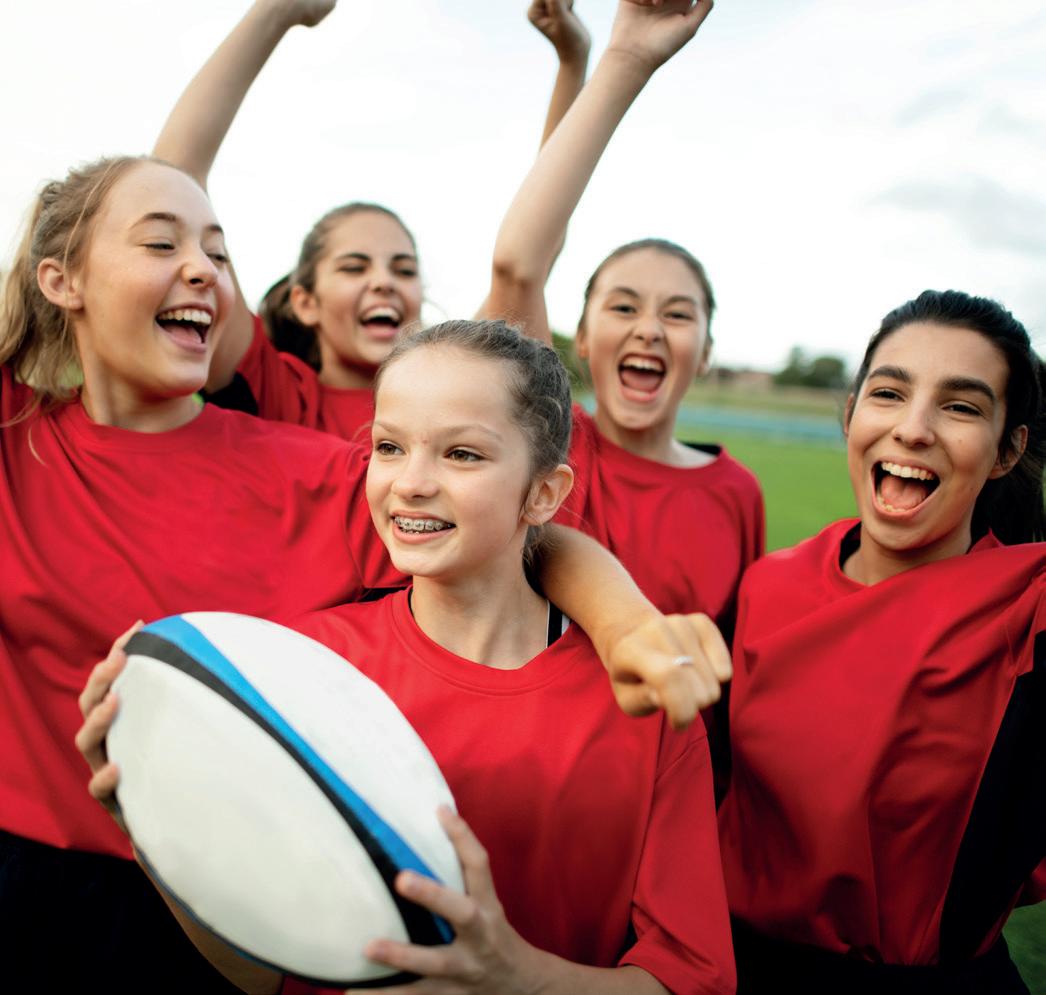

We don’t have all the answers, but will work collaboratively with the wider sector to give this proof of concept the best chance of success
standards for success. Essentially it’s about putting sport and physical activity on the highest possible professional footing, and having that recognised and valued by the wider world.
What do you see as the biggest threats to the sport and physical activity sector?
As a sector, we weathered the storm of Covid-19 reasonably well, but right now, energy costs are a clear and present danger. A great many facilities are at risk of closure, especially community leisure and swimming pools. This would be a massive blow to the sector, but also to the health of the nation.
What do you see as the sector’s greatest opportunities?


Greater recognition of the role sport and physical activity plays in the nation’s health, wellbeing, economy, productivity and society as a whole. This sector and the people who work in it have such potential to unlock billions of pounds worth of value and help people to lead healthier, happier lives. This recognition is building amongst health professionals as well as some in government, but there is still more to do at the highest levels to make people realise the value we can bring. What we need is meaningful, tangible, crossdepartmental commitment from government
to back this sector’s potential. They can’t pay lip service to it anymore. Having said that, progress is being made as the recent funding commitments testify - £63m for leisure centres with pools, £22m to support two more years of the School Games Organiser network and more than £600m for the PE and Sport Premium. There’s still a long way to go and other government departments need to help us to help them to achieve their goals, but I do believe the tide is gradually turning. In the meantime, I’m looking forward to seeing the government’s new strategy for sport and physical activity, which was due to be published soon. That will be the true test of whether our voice is really being heard.

In the short term, providing the support needed by facilities to get through the energy crisis. Beyond that, it’s about recognition and putting sport and physical activity at the heart of a properly joined up approach to health, wellbeing and the economy. That means being part of the prevention agenda for health, working with the Office for Health Improvement and Disparities and/or the Department of Health and Social Care to reduce health inequalities and improve public health. ●
LIVESTREAM REGISTER HERE



DATE: 7TH JUNE 2023 TIME: 11 AM – 17.30 PM
LOCATION: VIRTUAL / LIVESTREAM
SPEAKERS: David Minton Leisure DB State of the UK Fitness Industry Report 2023




Andy King GM Active Manifesto for change
Mike Saul Head of Hospitality and Leisure at Barclays
Keith Smith Industry Expert Human experience on the leisure floor
HOST: Nick Mennell Leisure Strategist
REGISTER: Scan the QR code opposite to take you to our EVOLVE 2023 Online Registration








PREMIUM PARTNERS



ASSOCIATE PARTNERS




SportsNation takes a closer look at the impressive Allander Leisure Centre, which opened in Glasgow this spring
Allander Leisure Centre in Bearsden, Greater Glasgow, has opened its doors to the public. The facility is part of a £42.5m investment by East Dunbartonshire Council, which also includes a support centre for adults with learning disabilities. The new facility is managed by East Dunbartonshire Leisure and Culture Trust (EDLCT) and replaces an old leisure centre adjacent to it, which is in the process of being demolished. Due to open in two phases,

the public can now access the centre’s two swimming pools, wet areas and health club. The next phase – which involves the construction of a new sports dome, offering two football pitches and a tennis court – is expected to be completed in October 2023.

East Dunbartonshire Planning Board approved the finalised plans for the centre at a meeting on 23 June 2020. Prior to that, the planning process had included public exhibitions and online resources, as well

as engagement with local residents and future users of the centre, including local groups and schools. Construction began in late 2020, with Phase One completed and handed over to the council in February 2023. The first customers were welcomed to the new Allander centre on 6 March 2023.


The facility was designed by architects Holmes Miller, with support from Doig+Smith, Brown + Wallace and planning consultancy Barton Willmore. Building and civil engineers, McLaughlin & Harvey, acted as the main contractor for the project.


The leisure centre features a 25m, eightlane swimming pool with diving blocks. A separate, 20-metre, three-lane training pool has been fitted with a moveable floor that can descend to two metres, allowing it to cater for all ages. There is also a “Pool Pod”, which will allow people with mobility challenges

to access the water, and a hydrotherapy pool for use by families with young babies and people with learning disabilities. The centre’s health club houses a 100-station gym – with equipment from Life Fitness and Hammer Strength – and an ICG Connect, interactive indoor cycling studio with dynamic lighting and a video wall displaying riders’ information. There is also an eight-court games hall and two squash courts. The second phase will feature a brand new Sports Dome with an
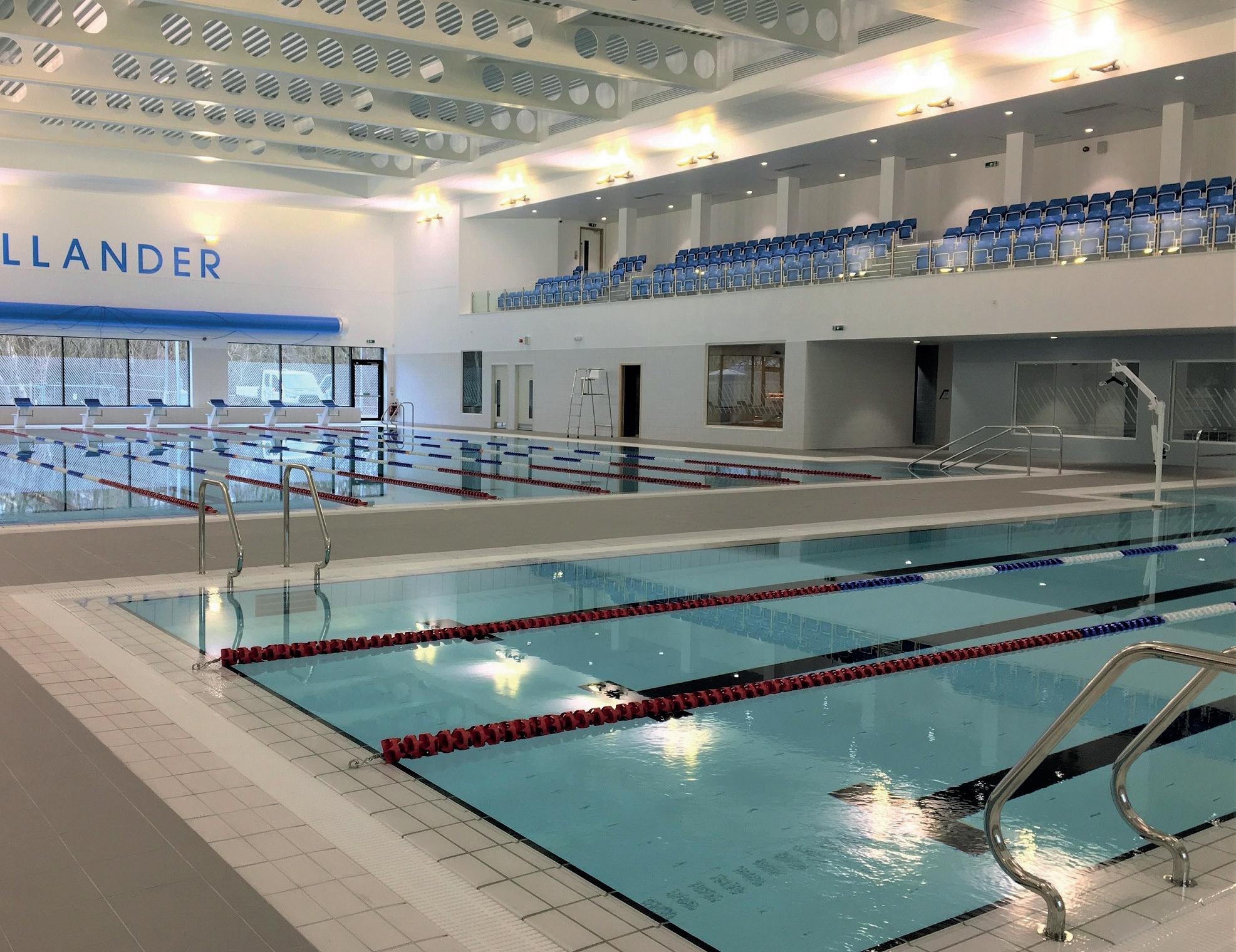
innovative tensile fabric roof. Inside, the dome will house two 3G, indoor football pitches and one indoor tennis court with a hard playing surface, finished with an impervious acrylic material to meet Lawn Tennis Association (LTA) standards.

According to Gordan Low, Leader of East Dunbartonshire Council, the new health and fitness facilities in particular are proving popular with both existing and new members, with the centre on track to meet projected targets.

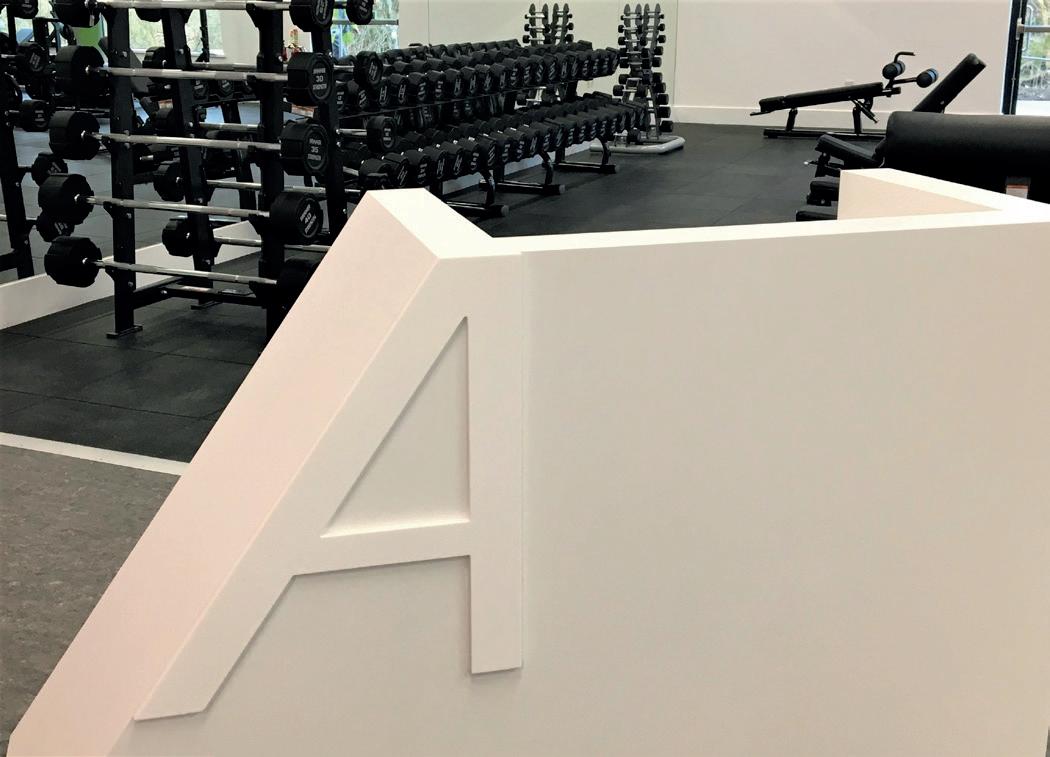
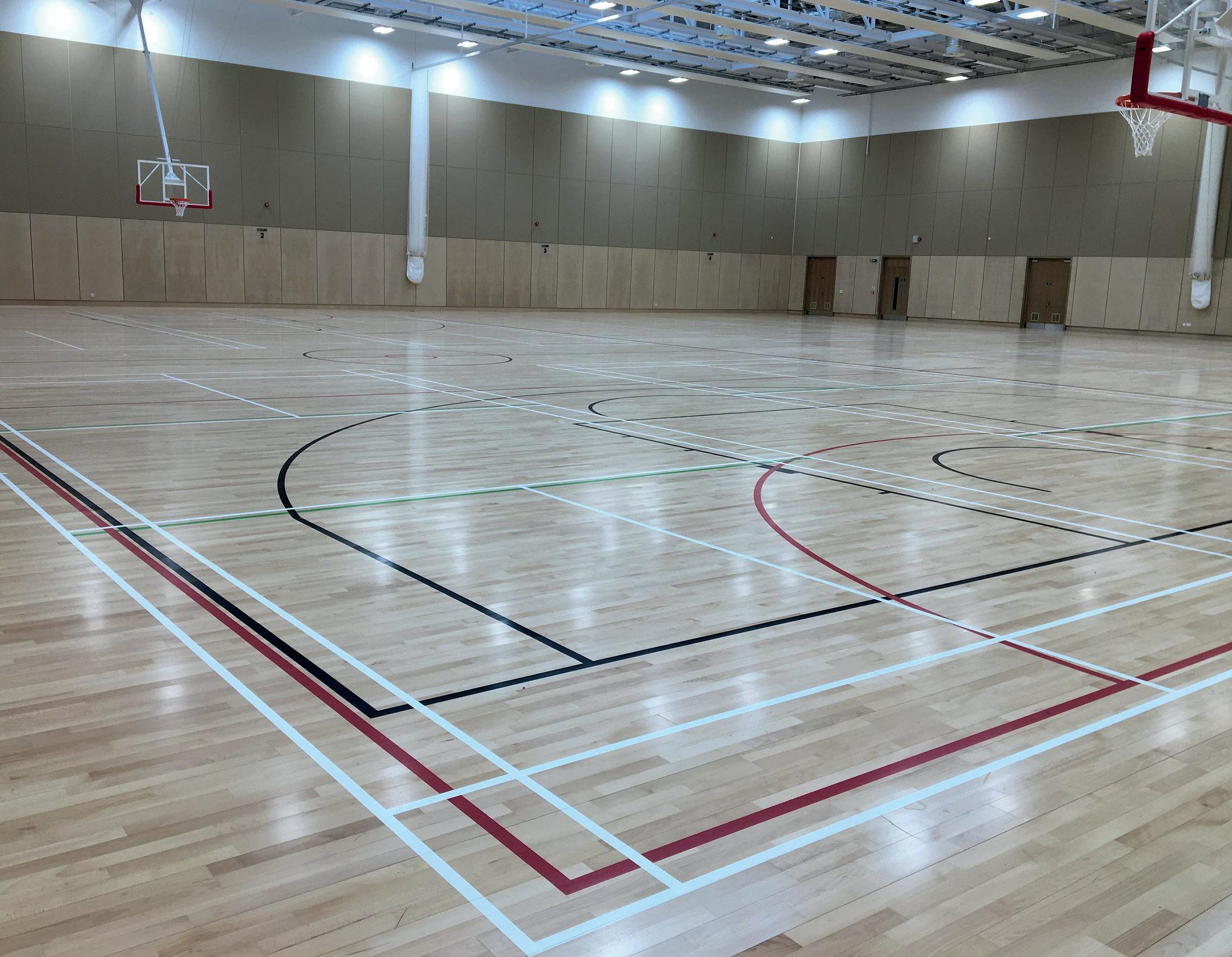
Low said: “This significant capital investment will benefit people across East Dunbartonshire and there have already been thousands of visits to the new Allander Leisure Centre since the completion of the first phase – and the feedback has been excellent. We’re pleased to be able to offer people access to quality sports and leisure facilities – giving them the chance
to get active, get fit and have fun at an affordable price and in a handy location.
“We’ve worked with a range of partners on the project, including East Dunbartonshire Leisure and Culture Trust and the Health and Social Care Partnership. I’m pleased the project also includes services and facilities for adults with learning disabilities.” ●
We’re pleased to be able to offer people access to quality sports and leisure facilities





































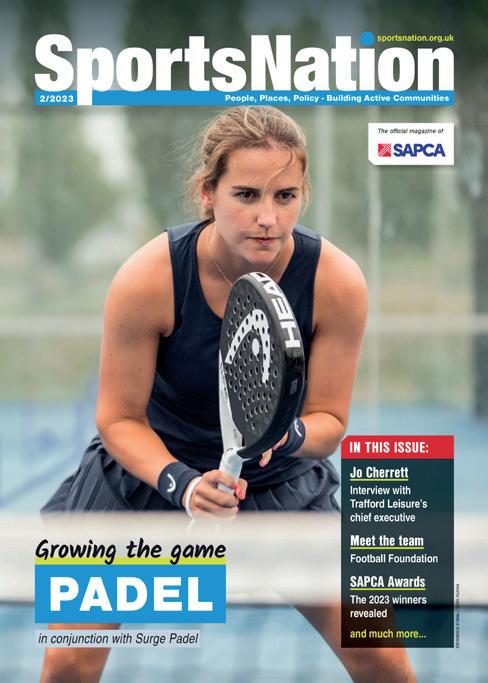






Intelligent Health was founded 15 years ago to get people more active by exploring their surroundings


I founded Intelligent Health 15 years ago to get people more active and to better connect them to their neighbourhoods. We started Beat the Street, our flagship programme, for children in schools about 10 years ago and then transferred it to a whole community intervention.
Beat the Street is a behaviour change intervention that uses gamification to encourage whole communities to be active in their local area. Participants win points by walking, wheeling and cycling to collect points from carefully mapped Beat Boxes across their streets, green spaces and places of interest. This form of “health by stealth” creates an environment whereby travelling actively becomes a norm, and as a result many previously inactive people remain active once the game ends.
Beat the Street enables participants to make healthier choices as well as connects them to their local area and community. These games can either be done in a small way in populations of about 20,000 to 30,000 (Compact) or large ones in populations of about half a million, which we have done in East Sussex and very close to that, in Sheffield where we got 60,000 people playing (Classic).
Whether it’s a Compact or Classic game, the same principles apply Being completely free to take part in, it’s about creating a level playing field where everyone has an opportunity and access to play. Half of the people playing are children, the other half are adults – parents, grandparents, aunts, uncles, neighbours, community groups and local businesses.
We’ve just finished games in Merton, Swadlincote and Walsall and we are about to start a new one in Leicester. The whole of Leicester will be taking up the game and then hopefully we have some more coming up in London next year along with a couple in Scotland. So, we’re constantly on the go having had 1.7 million people participating now over the years that we have been running the programme and about 4,500 to 5,000 schools participating.
The idea is to get people, who don’t know what’s around them, to go outdoors and be physically active.
We also train doctors about the benefits physical activity can have on healthcare and are now working with corporate companies on enabling their employees to manage and improve their wellbeing.
We want to empower people to look after their own health and to find their own path to a healthier lifestyle.
We want to get people, who don’t know what’s around them, to go outdoors and be physically active
Intelligent Health looks to improve health by connecting people to their communities and to get them active outdoors
I’ve always wanted people to connect to nature. It’s a major thing and a huge health asset which is often not utilised. That was the original motivation behind Intelligent Health too. When we started Beat the Street, we used technology that predated smartphones, using cards and radio frequency ID readers (rfIDs) – and it really worked. Even though we do have an app now, we are still using the rfID cards and receivers, in order to get people away from screens and to talk to each other and look around. We want them to see what’s around them, what’s in the sky, observe the weather, the trees, the grass and the people.
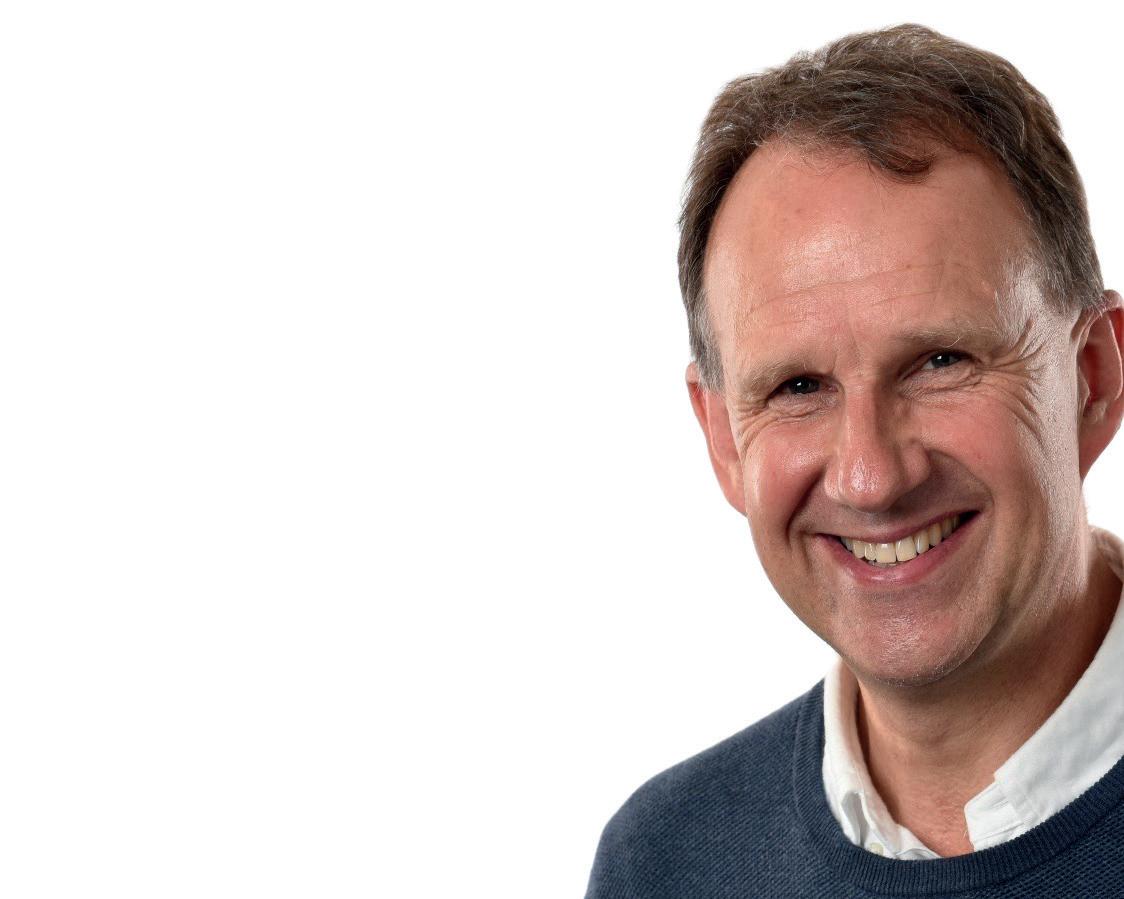
We collect data when people first join and register for the game. Data about their physical activity, about whether they’ve got a long-



term condition, their anxiety, their physical and mental wellbeing, and whether they walk, cycle or wheel for transport. We also gather data on whether they use their car along with some demographic data such as age, gender, ethnicity and socioeconomic groupings.

Using that data, we can work out areas, almost right down to street level, where people need to be more active and where we need to focus our attention. Areas where we need to change that mindset where being active is probably not the first thing on people’s minds.
So, the data is used very much to help people play the game but also to change their lifestyle and change their behaviour to a more active, interested one. Now we can also work out which schools are participating. If they’re not, we can give them a nudge.



The biggest achievement is that it’s still going! It’s been hard work and we’ve had ups and downs. Lots of downs, lots of ups – but it’s been enjoyable.

The great thing that we all feel is that we really do change people’s lives. We change behaviours, we change a whole place in feeling good about itself and giving people the opportunity to put their head up and see what they’ve got and find out that actually they’ve got a beautiful place where they live.

We have got lots and lots of anecdotal evidence for how people’s lives have been changed by Beat the Street. Our biggest game is 60,000 people from Sheffield, that’s a big achievement, but it’s the

We have got lots of anecdotal evidence for how people’s lives have been changed by Beat the Street
Intelligent Health encourages people to make a connection with their community
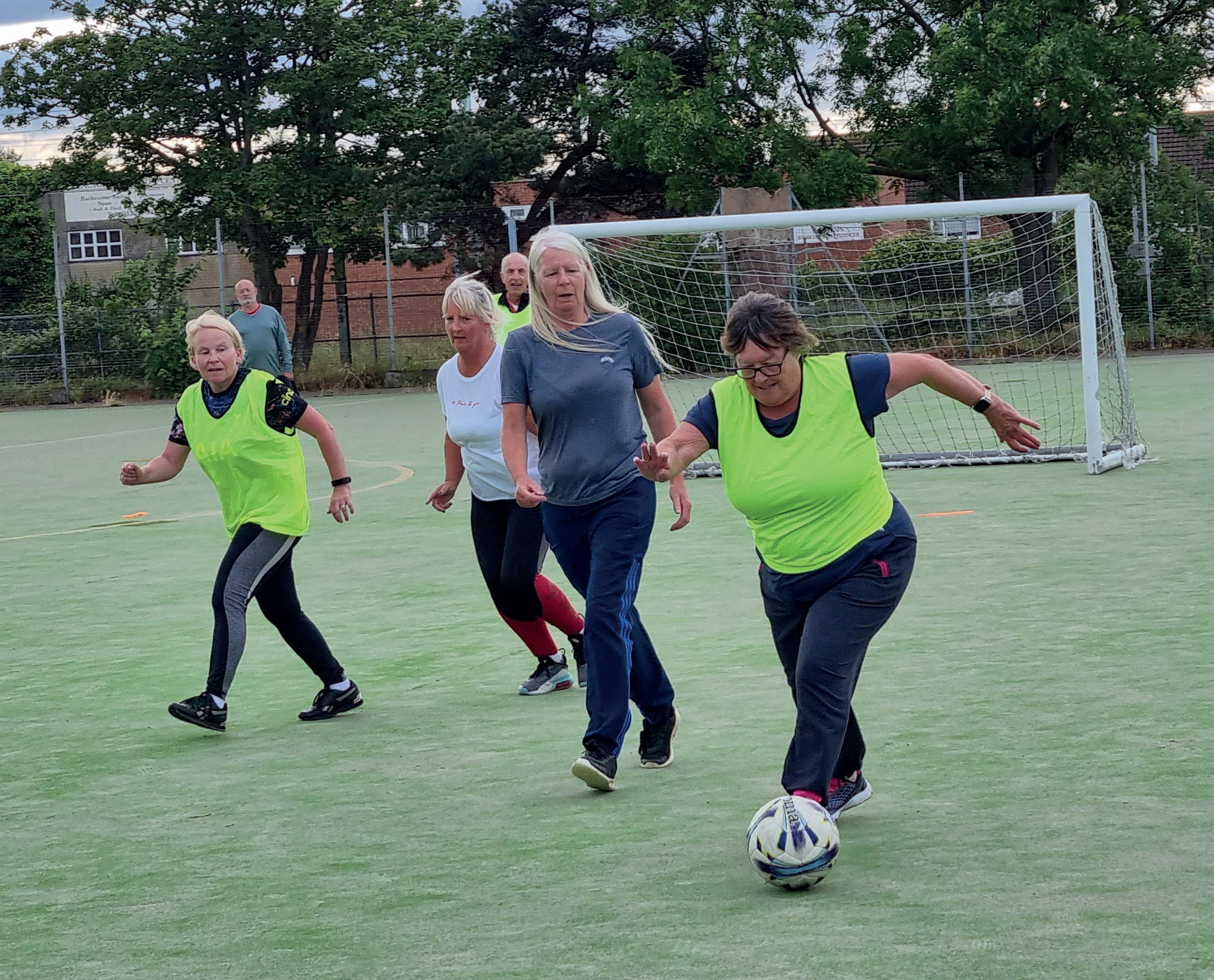
smaller games and the individual stories that really make me feel emotional.

I think the biggest challenge is running a business where you’re working with the public sector and therefore, we want to make sure we’re delivering the very best. The public sector’s finances are being squeezed, and what we do is very cost effective. But we need to make sure we remain absolutely relevant to the local authority and ensure we really do keep their wishes.
Understanding concerns and addressing them is probably the toughest challenge. We’ve had technology problems and naturally some financial squeezes too – so pretty common issues relating to running a business.
We have an amazing team and I think keeping that team enjoying what they’re doing, feeling that they’re making a big difference and making sure they’re being looked after, particularly when they’re remote, those are some of the big
challenges and making sure that we’re remaining relevant to the employee and to the clients.
The future plans are very exciting. We’ve got to a point now where we’ve got over 30 staff and we’re turning over in the millions, which was inconceivable when I first started. I remember being very excited about our very first contract, which was worth £1,200.
We have bigger contracts now, of course, but we’re never resting on our laurels, we’re never “safe”. There’s always the risk of something changing. So we have to keep growing to get more stable and to be able to use the skillsets we’ve got.
We want to be connecting people to the incredible resources they have – the people and environment around them. People already have what they need in order to be healthy, it doesn’t have to be the NHS. So I want to grow the company and grow quite fast over the next few years. If we can do that, we could
really establish a very new way of delivering health, which I don’t think is happening at the moment. As we know the NHS is in trouble, this can be really transformational and empower people to look after their own health.



I’ve been promoting physical activity for 30 years now and set up the first Health Walks back in 1996. I’ve seen physical activity be attached to obesity, then detached. It’s never really found a home or a calling, it’s always been the poor sister, the Cinderella of the risk factors.

But the good news is that the message is getting through. We now know that physical activity is the single most important thing to stop people from becoming too frail and keeping people independent.
We now know that it increases the length of your telomeres in the chromosome – the only thing which does it – and can make people live longer, be more healthy, and more able. We know it actually impacts on the brain as well, through what is called Brain Derived Neurotrophic Factor (BDNF) which repairs neurons and prevents dementia.

These are very specific things that physical activity does. And that’s why there is now social prescribing through the NHS.
We think that an inactive town is a dying town. An inactive town is one where people don’t connect with each other or their environment. A town where people don’t feel that there is anyone to look after them. Ultimately, people get frightened and they don’t go out.

By bringing physical activity into towns and neighbourhoods, we can start reenergising them, bringing people together and directing people to places, showing them that they are safe. If we can convince people about the importance of physical activity to healthy communities, we’ll be hugely on the way to sustainable healthcare.

If keeping people healthy is left solely in the hands of doctors, we’re never going to get there – and being a doctor myself and still seeing patients, I do say this with some authority.
The key to a healthy society is to place community at the centre of actions. If we adopt a mindset in which activating communities is at the heart of ensuring healthy people and a healthy nation – rather than the NHS, with its hospitals and GP surgeries – then we will improve healthcare tremendously. ●













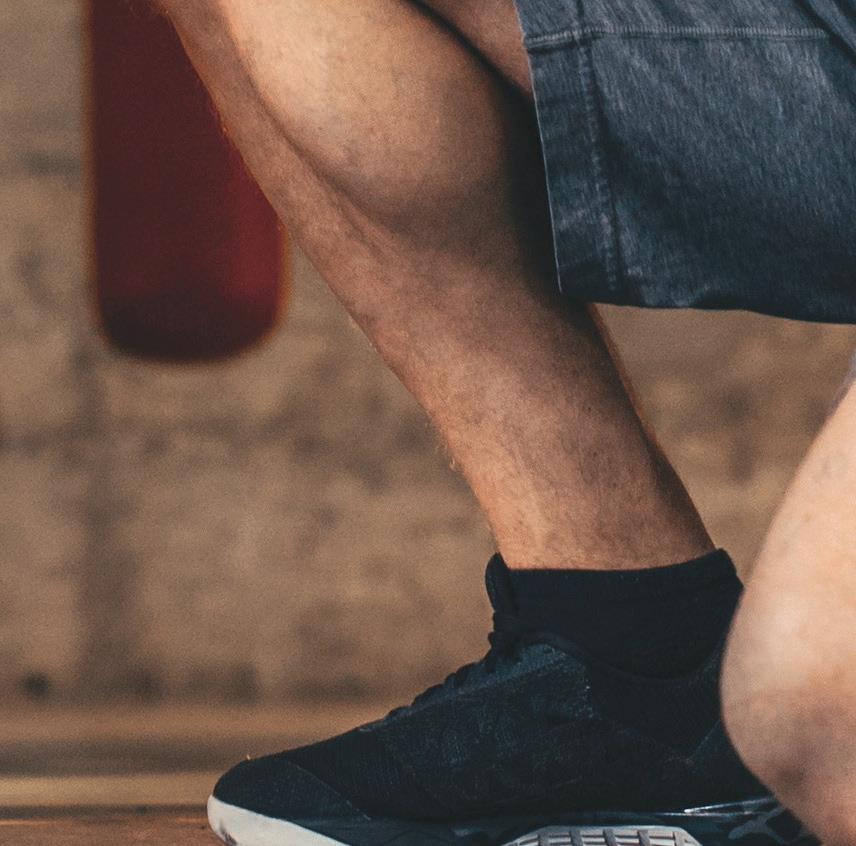























PerformX Live, which took place in March, has been created to service the evolving worlds of fitness, wellbeing and human performance. Attracting a wide range of industry professionals from decision makers and practitioners to gym owners and personal trainers, the conference and exhibition has quickly established itself on the industry’s busy events calendar.

“We’re on a mission to upskill the industry and make it a job to be proud of,” says Phil Mortimer PerformX’s Operations Director. “That’s why we’ve placed content at the heart of everything PerformX do. Our message to those attending is ‘arrive hungry, leave empowered’.”
The event this year attracted some well-known speakers and educators from across the health and wellbeing space, such as entrepreneur and BBC “Dragon” Steven Bartlett, presenter Gabby Logan, and sports events promoter Barry Hearn. There were also a number of sessions focusing on performance and coaching, such as an inspirational talk by Alex Hipwell, founder and CEO of Liftingwomen.
“In a world where 6% of scientific research has been done specifically on women, we see more and more women wanting to test their limits and enhance their performance in all aspects of their lives,” Hipwell says.
“Our 2023 event brought together the best educators and thought leaders the fitness industry has to offer,” Mortimer says. “In addition. we hosted it in London’s coolest venue and attracted the most engaged audience of any fitness event. That’s why we were able to create an incredible atmosphere to network and grow.
“We’re returning to London’s Tobacco Dock on 21-22 March 2024 and we’ve just opened our early bird bookings and are now planning another great programme of sessions for the show.”
Further details: https://www.performxlive.com

Our 2023 event brought together the best educators and thought leaders the fitness industry has to offer
Phil Mortimer, PerformX’s Operations Director
The one-day event featured a number of keynote talks, panel discussions and other educational sessions, targeted at the sports performance, wellness and fitness markets




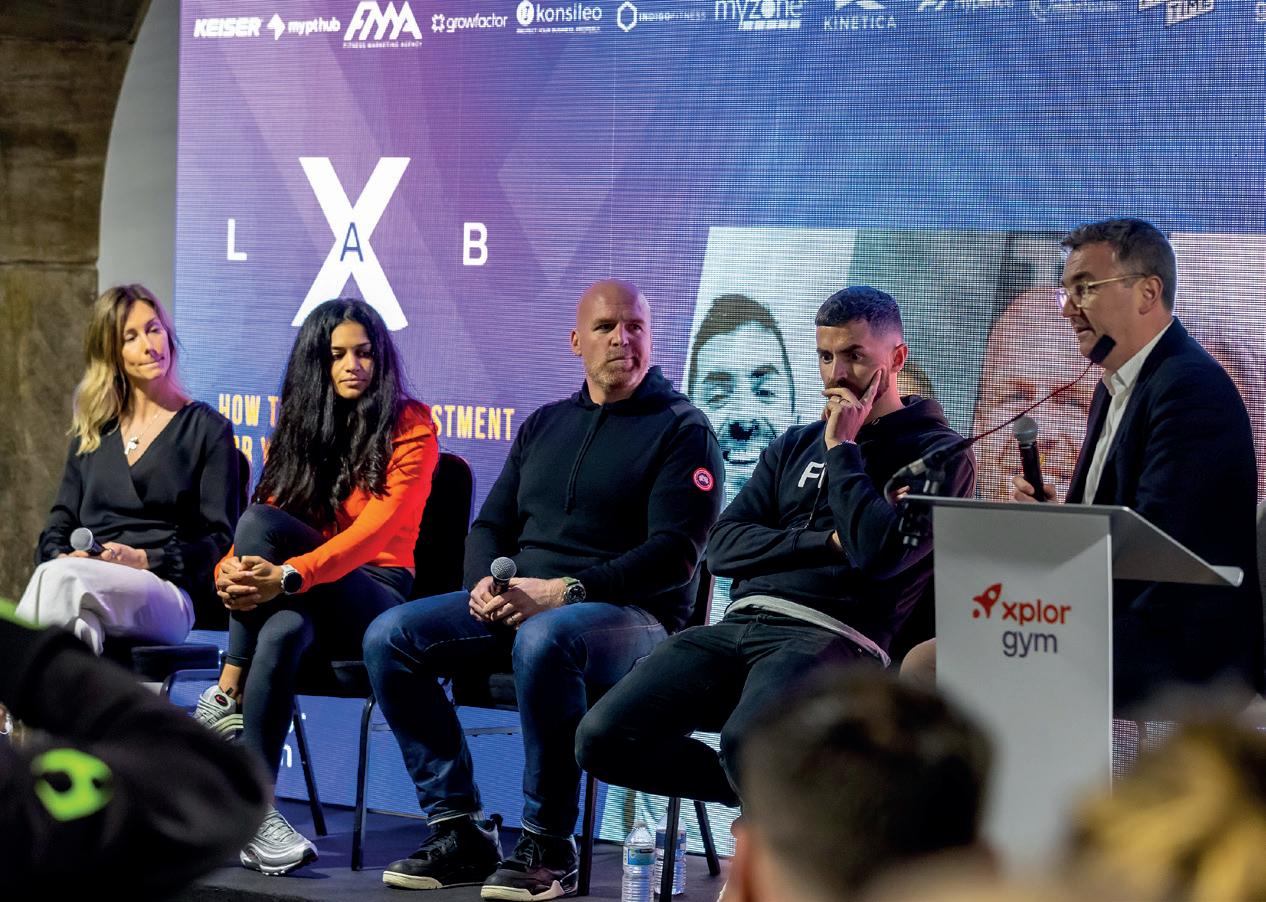

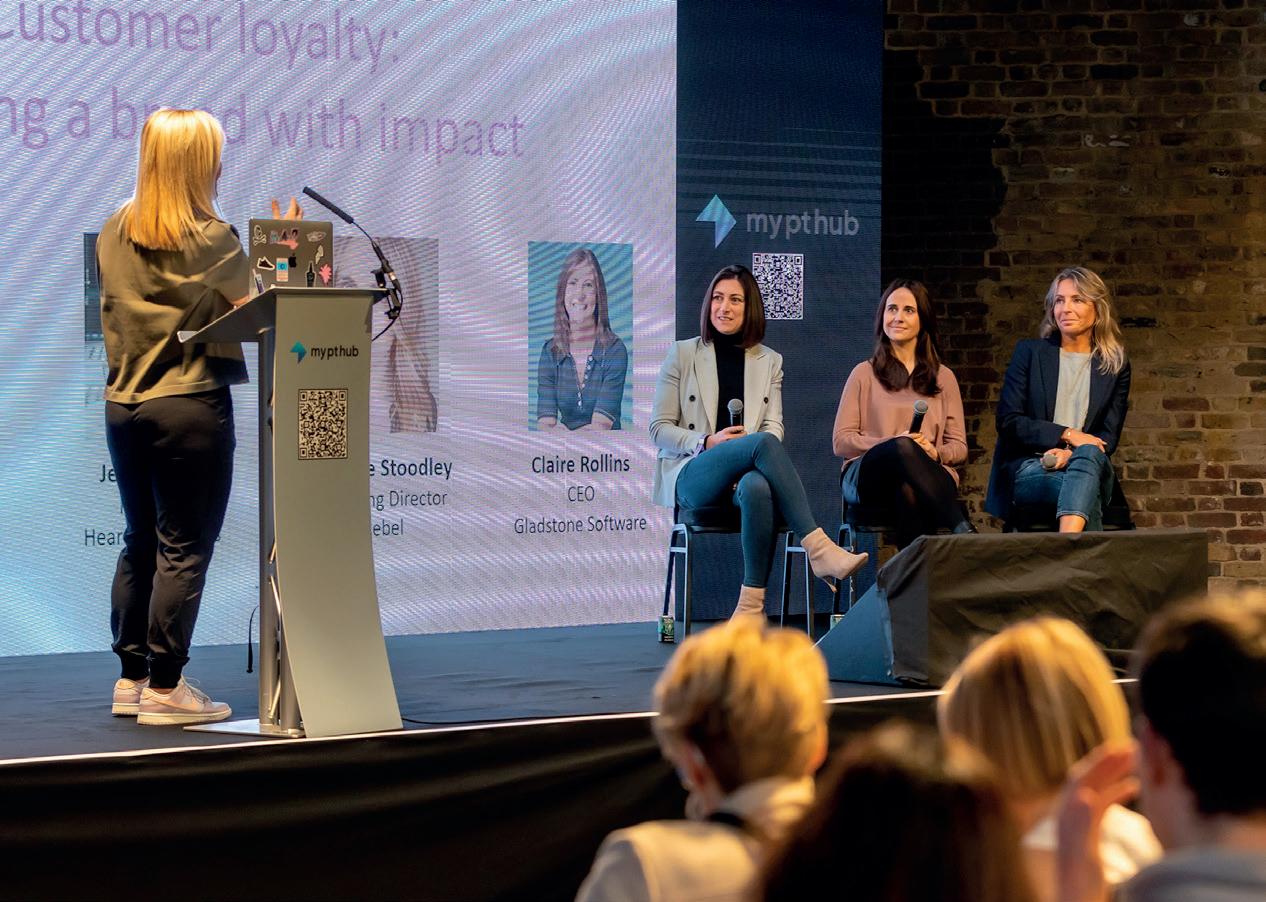

There are around 2.5 million active cricketers across England and Wales. ECB, the sport’s national governing body, has ambitious plans to grow the number of players by making the sport more accessible and inclusive for all. SportsNation charts the plans and strategies in place
ECB published its five-year grassroots strategy, Inspiring Generations, in 2020. At the heart of it is a goal to ensure that cricket, as a sport, is for everyone and that it encourages more young people from all backgrounds to form a lifelong relationship with the sport.

Inspiring Generations sets out a game-wide, five-year strategic plan to grow cricket in England and Wales from 2020 to 24. It is being delivered through six priorities. These are to:

● grow and nurture the core
● inspire through elite teams
● make cricket accessible

● engage children and young people
● transform women’s and girls’ cricket

● support communities
Like its title suggests, the six pillars have been created to support a strategy which will inspire a long-lasting future for the sport. “We want to encourage young people to be passionate about the game throughout their lives, and pass this passion on for generations to come,” the ECB says.
“Beyond just a new generation, we want people and communities to be united by the feeling that cricket is a game for them. This transcends simply participating, volunteering, following or attending, and gets to the heart of how people perceive cricket – as a game that has something to offer to everyone.”

Within the strategy, the ECB lists a number of actions for each of the six priority areas. When it comes to making cricket accessible, the actions include a commitment to improving
the sport’s facility stock and to create new ways for young people to access the sport.

More specifically, the ECB outlines plans to install non-traditional playing facilities in urban areas. By this, the ECB means a focus on installing non-turf pitches – and the creation of urban cricket centres – in order to give more people living in cities and towns, where green space is limited, the opportunity to play cricket.

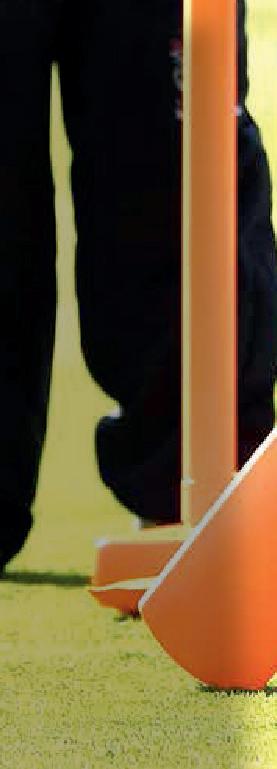
The ECB sees non-turf (or synthetic) cricket pitches as a key way to provide those living in urban areas with opportunities to play the sport. While grass is the “natural” playing surface for cricket, maintaining grass pitches is time-consuming and also requires a space where members of the public can be kept off the “square” when it is not in use, to allow rolling, watering and growing of the playing strips. In many public parks, this can prove to be a difficult – if not impossible – task.

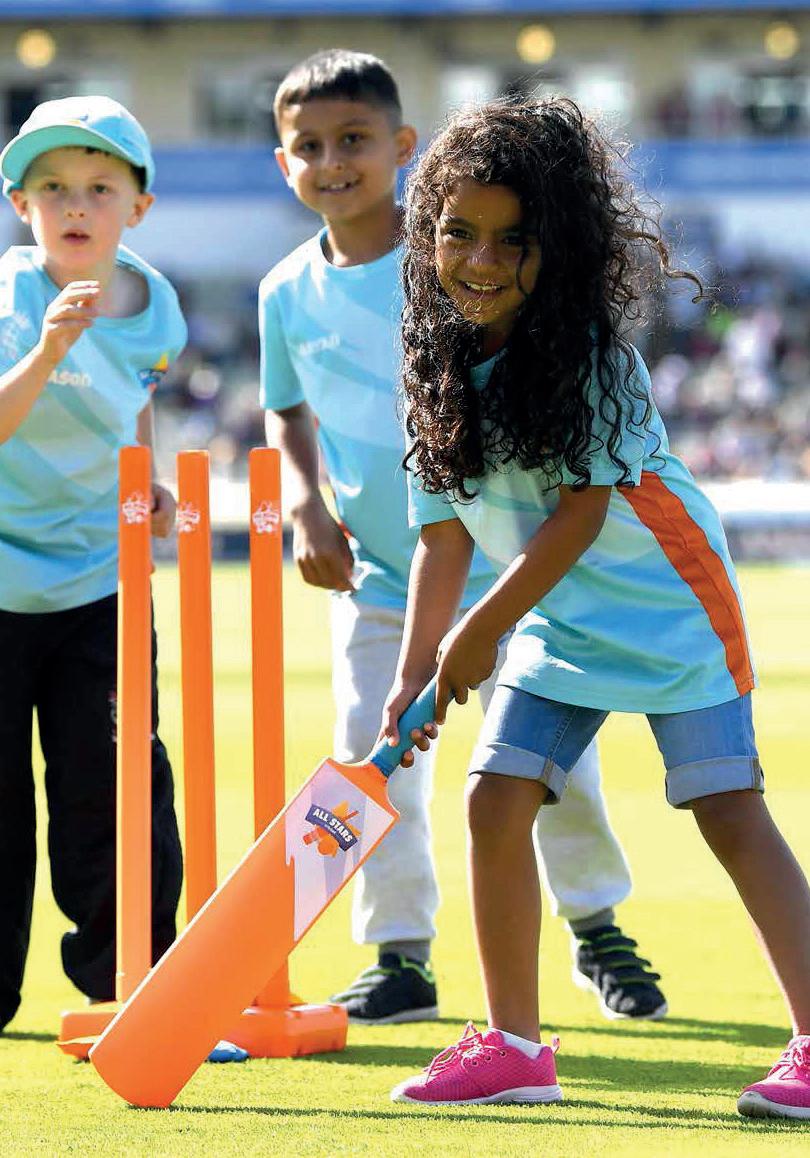
The maintenance and upkeep of a synthetic pitch is considerably easier – especially in urban areas. Synthetic surfaces also offer a consistent level of play all year round and offer practically limitless usage hours when it comes to training and matches, regardless of the level of the players.
To promote the use of non-turf pitches – and to ensure they are of adequate standard – the ECB has published a guide which sets out the performance standards for non-turf cricket pitches intended for outdoor use. These include everything from ball bounce and surface hardness to rotational resistance and minimum dimensions. In addition, those considering a non-turf cricket pitch can download the Sport and Play Construction Association’s (SAPCA) Code of Practice for the Maintenance of Synthetic Sports Surfaces, which offers guidance on the basic maintenance requirements for cricket pitches with synthetic playing surfaces.


Beyond just a new generation, we want people and communities to be united by the feeling that cricket is a game for them
“Providing and maintaining safe, high-quality playing surfaces is hugely important, be they grass, non-turf or indoor practice facilities,” the ECB says. “We are committed to raising standards in all areas of our game, including achieving the best possible playing surfaces at all grounds, from the smallest club to major Test venues.
“That’s why we’re Investing in urban facilities and non-turf pitches, providing access to communities who otherwise wouldn’t have been near cricket facilities.
“In total, we’ve invested £17.5m into 1,600 facilities projects during 2021 and 2022, with a focus on making facilities more welcoming and inclusive.”
When drawing up its strategy to make cricket more inclusive, the ECB rightly recognised that the sport is fortunate to have a loyal fan base which watches all forms of cricket. These fans, however, tend to be older than the global average and are more likely to be affluent white male than any other demographic group.
To broaden its loyal base, the ECB has set out to make both playing and watching the sport more accessible. Efforts to achieve the latter have largely rested on the success of The Hundred, the franchisebased, 100-ball cricket tournament involving eight men’s and eight women’s teams located in major cities across England and Wales. Run by the ECB, The Hundred first ran in July and August 2021 and


will this year be in its third year. While the reaction to The Hundred among cricket’s traditional fans has been mixed, the easy-to-follow format has been a hit among those new to cricket – which goes a long way to serve its purpose in attracting new audiences. According to the ECB, the format has been particularly popular with women and families. More than a quarter (28%) of ticket buyers for the 2022 games were female – up from 21% in the first season – while families made up 41% of all tickets bought.
The games have also enjoyed new broadcast audiences. Through Sky and the BBC, a total of 14.1m people watched some of the action on TV, with women (31%) making up a significant share of the audience. Of this audience, 42% hadn’t watched any other ECB cricket in 2022 prior to The Hundred, resulting in 5.9m new viewers.
“It was brilliant to see more families, more kids and record numbers attending the games in 2022,” says Sanjay Patel, Managing Director of The Hundred. “The Hundred is all about welcoming more people into cricket, and it certainly delivered on that last year.”
As well as measures to get new audiences to watch the sport, the ECB’s strategy includes a number of initiatives designed to attract entirely new groups of cricketers. One of these is the South Asian Action Plan.
“We know there are approximately one million South Asian cricket fans across England and Wales, and South Asian communities represent
a third of the recreational playing base,” the ECB says. “However, there are a number of barriers that currently prevent these communities fully engaging with all the game has to offer.

“To address these challenges we have created an 11-point action plan, developed through rigorous analysis and wide-ranging consultation over a 15-month period to ensure it was created in collaboration with the community. The plan addresses the areas of the game that will have the greatest and most sustainable impact.”
The 11 action points range from financial support, facility development and coaching to marketing. Among the long-term ambitions is to install 1,000 non-turf pitches and 100 turf pitches in urban areas.

One of the centre pillars of the South Asian Action Plan has been the Dream Big Desi Women programme, funded by Sport England. It set out to inspire women from South Asian backgrounds to volunteer in cricket through delivering All

We are committed to raising standards in all areas of our game, including achieving the best possible playing surfaces at all grounds from the smallest club to major Test venuesMaking cricket available for young generations is at the heart of the strategy © SPORT ENGLAND © SPORT ENGLAND
Stars Cricket and Dynamos Cricket sessions – two ECB-backed schemes for children.
Rolled out in England’s most ethnically diverse communities, the programme has dismantled barriers faced by South Asian women by taking cricket into non-traditional venues including mosques, temples and gurdwaras. The programme also provides playing kit specially tailored to South Asian cultures, gives participants a chance to build networks in local communities, and has delivered mental health awareness training for over 200 of the participants.

It’s delivery has been hailed an example of what can be achieved with inclusivity schemes, after it hit its target of creating 2,000 female coaches ahead of schedule. Each of the 2,000 volunteers have been delivering sessions for children and at least 10% have gone on to take up full-time roles in sport in local communities across the UK, with many taking up further qualifications in cricket coaching.
Shruti Saujani, the ECB’s Engagement Lead for Equity, Diversity and Inclusion, who led the programme from its inception, said: “The Dream Big Desi Women programme has been central to our South Asian Action Plan by creating more opportunities for the South Asian community to get involved in cricket at every level. It’s been amazing to see the enthusiasm and energy these volunteers have brought to cricket, and how in many cases it has changed their lives. The programme has also benefitted thousands of children in South Asian communities who can now get involved in cricket in ways that didn’t exist before.”
Another more recent initiative designed to make the sport more accessible has seen

more than 55,000 children from underserved communities, and those attending special educational needs and disability schools, being given the chance to play cricket through targeted investment in schools programmes by the ECB, run in conjunction with two national charities, Chance to Shine and Lord’s Taverners.
Working with the ECB, Chance to Shine has expanded its delivery to 300 more schools since November 2022, while Lord’s Taverners have reached around 200 extra SEND schools to run cricket programmes designed to engage young people with special educational needs and disabilities. In total, the expanded programmes represent an additional 26,000 hours of curriculum time cricket activity aimed at connecting communities and improving lives.
“This ground-breaking programme has seen us provide inclusive coaching, training for teachers and provide appropriate equipment for school settings,” said Mark Curtin, CEO of Lord’s Taverners. “We all know the impact that cricket can have not just on physical and mental health and this is a hugely exciting partnership to help us to continue to grow the reach and impact of the sport we all love.”
All team sports face challenges with growing participation, not least competing attention for time with other activities and sources of entertainment

The measures outlined in the Inspiring Generations strategy seem to be working and, according to the ECB, it has made significant progress across all six areas. The Hundred has created new audiences for the sport, while the numerous participation initiatives have successfully attracted players and volunteers from what are traditionally described as “hard to reach” groups.
As well as the South Asian Action plan and the increased, inclusive presence in schools, the ECB is pleased with the results of Dynamos, a new participation programme it launched for 8-11-year-olds. This has helped increase the numbers of children able to pick up a bat and ball, with more than 100,000 young people taking part in either Dynamos or All Stars in each of the last two years. This led to the number of children active in ECB programmes increasing to 1.4 million during 2022 – up from the previous record high of 1.3 million registered pre-Covid.
The ECB’s work to make cricket a truly genderbalanced sport also continued in 2022 through the Transform Women And Girls’ Action Plan (launched in 2019 with a committed investment of £50m over


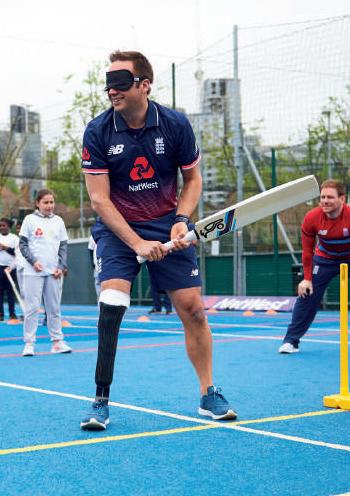
five years). The plan reaches across participation, pathway, performance, profile and people.
In the professional game, an additional £3.5m was invested in the women’s domestic game, taking the number of ECB-funded professional domestic players to 80 from 1 February 2023 – up from 48 in 2022 and zero at the beginning of 2020.
At a participation level, there was a marked increase in the number of clubs offering women’s and girls’ cricket – up 12% to 1,050 - while 27,000 girls took part in All Stars and Dynamos.
Going forward, the Inspiring Generations strategy will guide the ECB’s actions for another 12 months – and will include further investment in urban facilities.
“All team sports face challenges with growing participation, not least competing attention for time with other activities and sources of entertainment,” the ECB told SportsNation.
“For cricket, access to facilities, particularly in urban areas, is a challenge, which is why we’ve been particularly investing in this over recent years. Ultimately, our goal is for cricket to be the game that truly engages with and works for the benefit of all its communities.” ●

Technology and digital solutions are transforming sport and physical activity from grassroots to elite athletes. SportsNation takes a look at a range of di erent ways in which tech is serving the sector – and changing the way it is consumed and organised.


Sports and fitness equipment specialist Eleiko has launched a powerlifting bar that can be integrated with tracking technology. The Eleiko IPF Powerlifting Training Bar has unique chromed sleeves, designed to house tracking technology by Enode that allows barbell velocity tracking.
Sensors are integrated into each end of the bar sleeves to give athletes accurate quantitative and qualitative analysis that offers a new perspective on strength training, helping lifters and coaches make better, data-driven training decisions. Lifters and coaches can access real-time data, analysis, and feedback on each lift, helping optimise training and improve performance. The sensors track various metrics, including bar path and speed and can help identify breakdowns in form or technique. Believed to be first of its kind on the market, the bar will provide sports and fitness facilities, coaches and personal trainers with new ways to train athletes and club members.

A new, on-demand group exercise cover app has been launched to allow health club and fitness studio managers to source the best freelance exercise instructors in less than 30 seconds.
The CoverMe Fitness app was developed to solve the industrywide problem of finding highquality group exercise cover. The app’s algorithm works by matching qualified, insured and vetted freelance instructors with gyms and studios to minimise timetable disruption and keep member experience high.

CoverMe digitalises the matching process, linking venues seeking instructors with a network of talent seeking work. The app’s algorithms and analytics identify
the most suitable freelance instructors, factoring in skills, proximity and availability – all in real time – so managers can source and book class cover in three steps and less than 30 seconds.
The innovative technology has already attracted the attention of industry heavyweights – including The Gym Group founder, John Treharne, and Emma Barry, global fitness authority and cofounder of Good Soul Hunting, who have both joined CoverMe as non-executive directors.
Emma Barry says: “The advancement of technology puts everything at our fingertips 24/7: food, fashion, and fast cars. And now the same is true for group exercise instructors.”
SAPCA member, Floodlighting and Electrical Services, has recently launched its new intelligent energy control solution, SmartGEDi, specifically designed for floodlighting.
The SmartGEDi Light Saver solution works to optimise energy usage and reduce energy bills at venues of all sizes, from national stadiums to grassroots clubs. By using innovative sensor detection, lux level controls and the ability to compliment natural light, SmartGEDi reduces energy consumption. It also provides multiple switching options for reduced pitch usage (e.g., half pitch and third pitch) and reduced lighting lux levels for training – as well as allows venue operators to control their floodlighting remotely.

Workflow management software provider, Passport365, has added US-based artificial turf installation and maintenance expert, RS Global, to its everexpanding international portfolio of clients.

The Passport365 software system has quickly become crucial in the day to day running of RS Global’s business operations improving efficiency, from job scheduling right through to the automation of report generation, all information is available at the click of a button and can be accessed from anywhere using the web-based or app platforms.
Tucker Shaw VP of the maintenance division said “Passport365 has removed all the guesswork. This is not ‘I think’, this is ‘I know’.”
RS Global joins Passport365’s wide range of international clients based in Australia, America, Europe, the UK and Ireland.
A new tech solution aims to transform traditional sports halls into interactive activity areas and playgrounds. With the aim of encouraging children and young people to be more active, SAPCA member Lü is transforming traditional sports halls and gyms into interactive playgrounds.
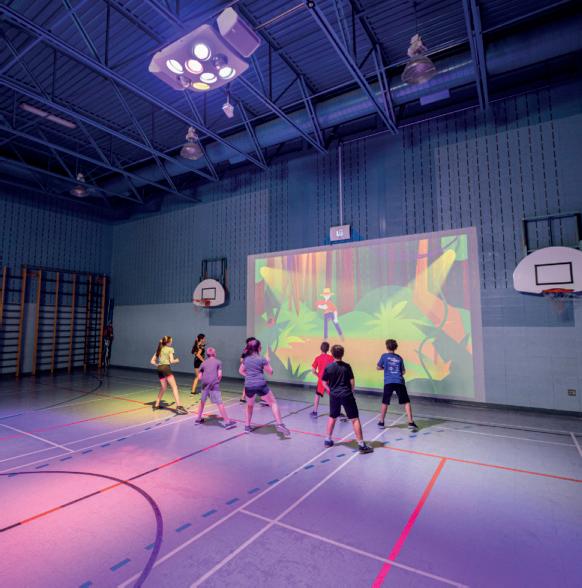
Utilising 3D camera technology and AV solutions, Lü can create engaging experiences that provide a variety of
learning opportunities through getting active.
“Beyond the obvious educational applications, our systems can be used for a variety of purposes,” Lü says.
“Each of our systems incorporates a highdefinition laser projector, a motion detection camera, a powerful sound system and a fully automated multicolour light show to create immersive environments, which are highly customisable.”
Playfinder, powering Bookteq, aims to offer an all-in-one “digital ecosystem” for sports facilities looking to promote physical activity, sport and play.

Playfinder is an online platform that makes sports, play and fitness activities more accessible by providing users with detailed information about facilities in their area. The platform has been designed to foster a sense of community around the facilities, offering cost savings through discounted rates and providing greater flexibility in scheduling.
Meanwhile, Bookteq’s cloud-based software streamlines sports facility management by allowing facility managers to manage resources, schedule payments and access real-time booking information, offering valuable insights into facility usage.

Clubs and venue operators responsible for grass football pitch maintenance can now receive free help and advice on how to improve pitches. PitchPower is a free, grass pitch inspection web app provided by the Premier League, The FA and Football Foundation. Through PitchPower, anyone involved in grassroots football can carry out grass pitch inspections and receive bespoke pitch improvement recommendations from experts at the Grounds Management Association. PitchPower users can then apply for grants of up to £12,800 per pitch as part of the Foundation’s Grass Pitch Maintenance Fund to put these recommendations into action and get grass pitches looking and playing their best.

Myzone is a heart rate wearable that monitors an athlete’s personal effort across any activity. Already popular in health and fitness clubs, the tech company is now expanding into sport with a message that it can help coaches to work more effectively and programme more efficiently, while ensuring athletes remain accountable.
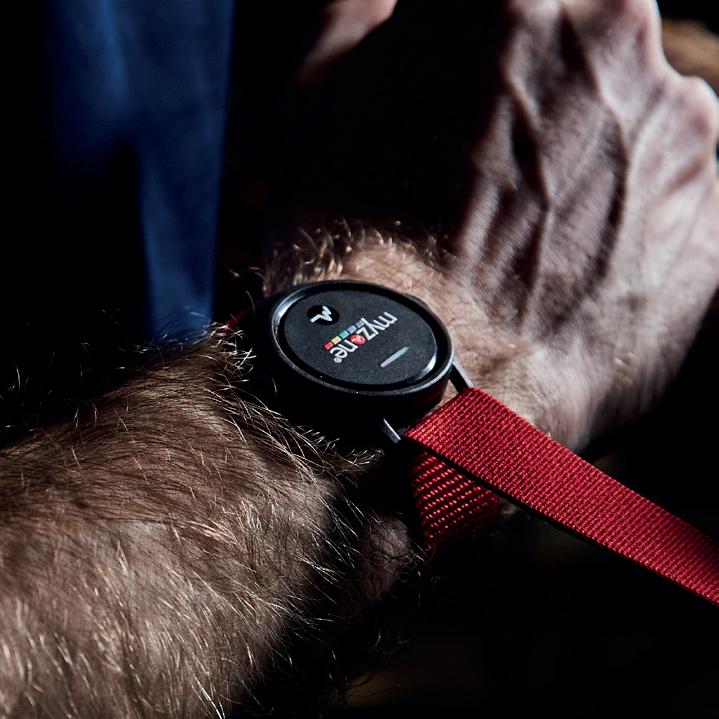
Through an interchangeable heart rate tracker worn by athletes, coaches can monitor their effort, heart rate and calories burned in real-time via the Myzone app or a live screen. This real-time feedback provides coaches insight on how hard each athlete is working in every session, whether they’re in the gym, on the field, at training camp or at home.
“We help coaches maximise each session and keep athletes accountable,” Myzone says.
Myzone, already popular with fitness operators, is now looking to expand its operations within the sports sector


Casio G-SHOCK has added to its sports-driven G-SQUAD line with the launch of what it calls “the ultimate fitness partner”, the GBD-H2000. Made to be particularly robust, the timepiece combines shock-resistance with exercise-driven technological developments to support multiple sports.

The watch features designated activity modes for running, walking, cycling, swimming, gym workouts and Interval training. The GBD-H2000 incorporates Bluetooth, GPS functionality and six sensors: an optical sensor to measure heart rate, a compass, altitude/air pressure sensor, a thermo sensor, an accelerometer and a gyroscope. The hardware has been picked to support activities and allows the accurate measuring and recording of distance, speed, pace and more.
The new model is 38% lighter than its predecessor and boasts a newly designed slimmer case and strap system now created with eco-friendly bio-based resin – for a comfortable user experience. It also has solar power capabilities and a new enhanced interface.
According to Casio, the most significant upgrades for the watch are a result of a first-of-its-kind partnership with heart rate tech specialist Polar.
“Polar remains the gold standard in heart rate measurement technology, spending nearly 50 years perfecting the art of personalised guidance,” Casio says.
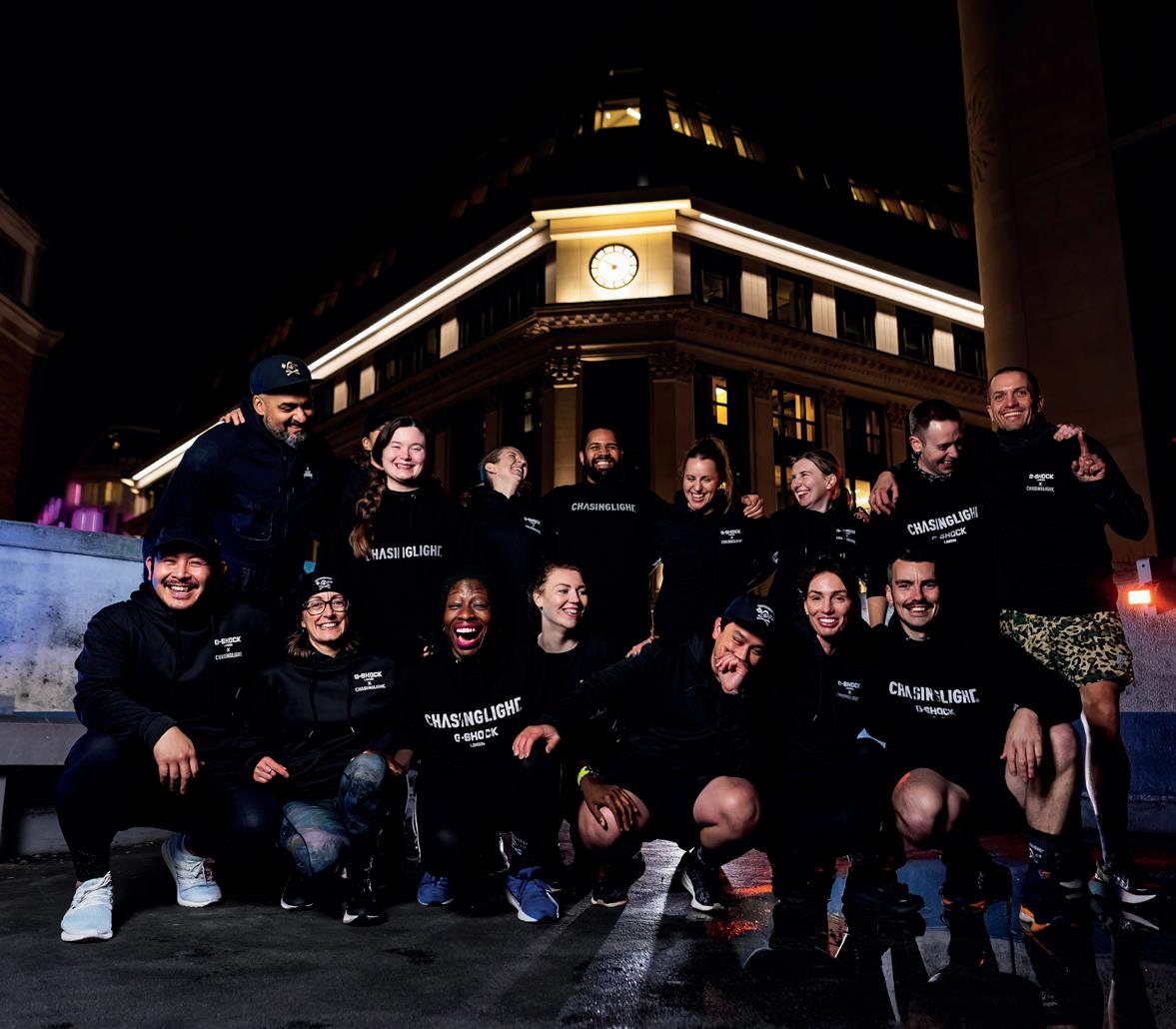
British Gymnastics has signed Fitronics as its official sports software supplier. As part of the partnership, the two have launched the new Rise Gymnastics initiative – a recreational youth gymnastics programme with an end-to-end course management system called Rise Hub.

For the project, Fitronics worked collaboratively with British Gymnastics and its members to build a bespoke solution to meet their specific needs. Utilising Fitronics tech, Rise Hub enables coaches and instructors at British Gymnasticsaffiliated clubs and delivery partners to
plan and deliver fun and engaging gymnastics sessions, track gymnasts’ progress, and share this with parents and guardians via a personalised portal. Rise Hub comprises three core elements: Admin portal, Coach portal and Home portal.
The Admin portal provides the club or delivery partner with an overview of coaches, the ability to manage groups of gymnasts and run reports. By making admin easier, Rise Hub gives back time to coaches and instructors so they can focus on planning excellent programmes for their classes. ●
Create consistent delivery of your ‘learn to’ programmes plus access club data to measure your impact across demographics and assess trends to shape improvement
Why Do NGBs Need Strive?
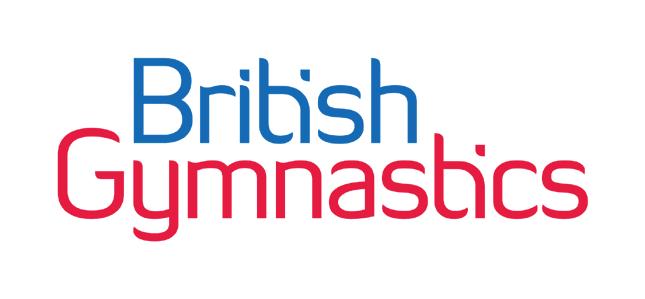
IDENTIFYTrends and insights to measure impact and shape the future of sport
MANAGESession plans for different groups according to syllabus
ACCESSInteractive learning and resources easily
ENABLEDigital delivery of ‘lear to’ programmes
TRACKParticipants progress without a data connection
SportsNation looks at recently completed sports facility projects

Over the past decade or so, there has been a move to avoid major sports events leaving behind costly “white elephants” – large venues which were purpose-built for competitions, but hardly ever used again after the Games left the town. Host cities are keen to avoid the repeat of the lack of a venues legacy seen following the Athens 2004 Olympic Games and Delhi 2010 Commonwealth Games. This approach, to ensure a sustainable postGames future for venues, was very much at the front of mind with the construction of the National Athletics Center in Budapest, built for the 2023 IAAF Athletics World Championships.
Structures specialist Nussli, working with Hungarian architects Napur Architekten, were appointed to create the venue primarily using intelligent temporary structures for the new athletics stadium. The lower tier of the stadium bowl provides permanent seating for 15,000 spectators, while an elevated level above it will provide a temporary seating for 25,000 spectators during the World Championships.
Following the competition, the upper tier will be completely dismantled and become an urban, inner-city gathering area.

“The new National Athletics Center will be built on the former Vituki industrial estate on the banks of the Danube,” Nussli says. “With the construction of the stadium, this area will be sustainably redeveloped and turned into an attractive public sports and recreation park.”
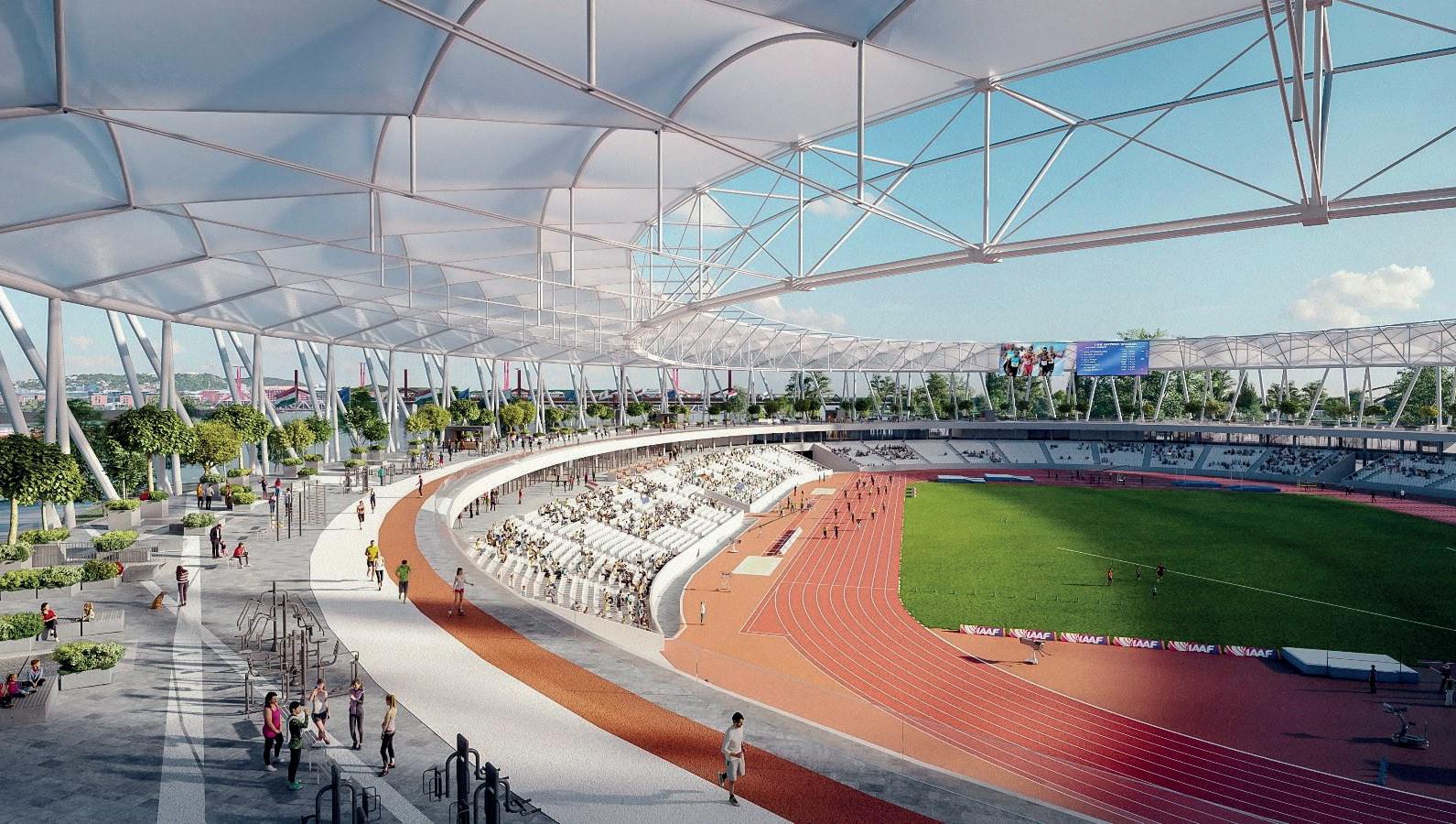


SAPCA member Rocklyn installed a three-court dome equipped with intelligent, energy efficient blowers and LED lighting at Nottingham Tennis Centre in 2022 for the LTA, the sport’s governing body. The project was part of a large investment programme by the LTA to upgrade the existing facilities to allow greater access to all-weather venues.
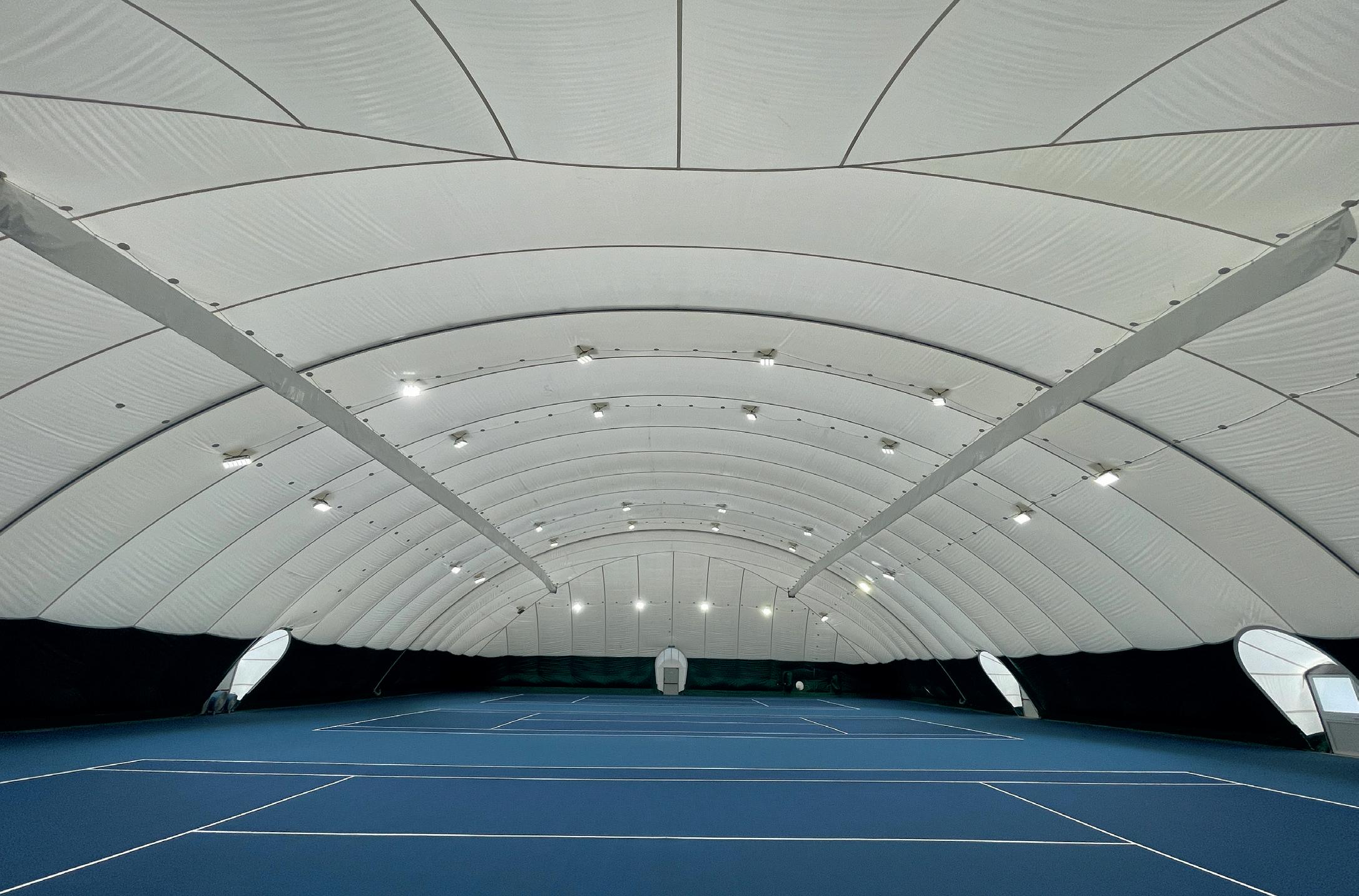
The centre plays host to several high-profile regional and national competitions throughout
the year, as well as international events such as the Rothesay Open Nottingham and the British Open Wheelchair Tennis Championships.
Rocklyn’s Air Domes utilise a unique method of anchoring, using PVC fabrics and a double skin construction to provide a structure that can withstand challenges presented by weather. The result is a cost effective, reliable structure that delivers a consistent environment for practise and competition alike.
Cambridge United FC invited SAPCA member, David Morley Architects (DMA), to design a new training facility integrating the needs of playing and coaching staff in a single building, with a design sensitive to the location of the facility in the Green Belt.
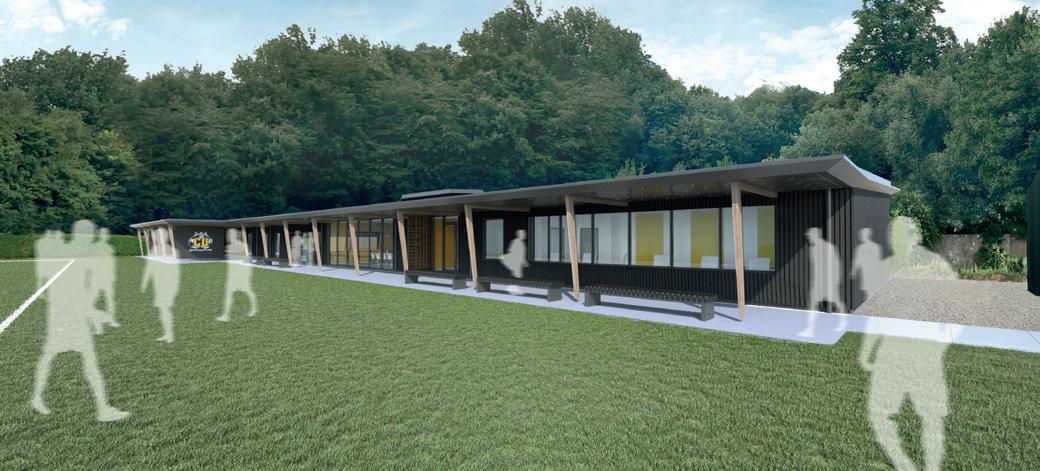
In addition to being an inspiring place for daily use, the building
needed to be portable –should the club relocate in future. Drawing on their experience of elite performance designs and work in sensitive settings, David Morley’s designs followed parameters that would allow the project to be tendered to modular suppliers, working closely with the club and local planners.
Andy Mytom of
DMA commented: “We achieved planning with a positive comment from the Cambridge planning committee regarding the design
quality, allowing the club to realise their vision to enhance the performance environment while complementing the sensitive setting.”
SAPCA member Fordingbridge has completed two building projects which have helped community football clubs provide fans with better match day experiences.
Durham Ladies Football Club appointed Fordingbridge to install a large structurallycalculated spectator stand canopy. The structure was designed to protect visitors from the weather, and keep up the synergy
of positivity that feeds into the gameplay. At Bognor FC, meanwhile, Fordingbridge provided a similar canopy, designed to offer panoramic views of games, while guaranteeing weather protection from both the sun and rain.
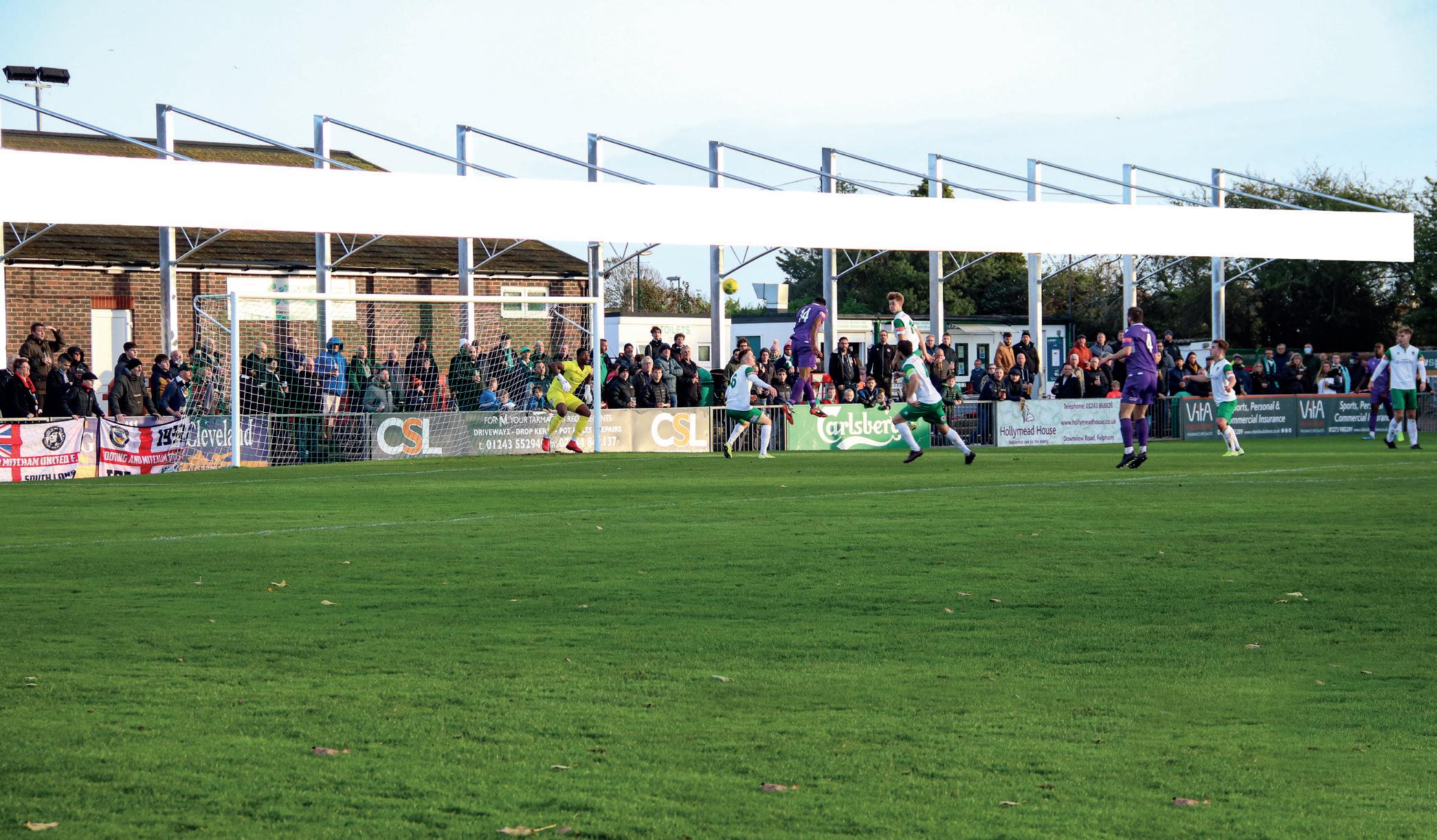
CopriSystems has installed a new, customised indoor multisports facility for Swindon Town FC Community Foundation. The covered glulam structure (measuring 43.208m wide x 42.222m long x 13.009m high) has been built on the disused bowls green and will provide opportunities for people of all ages to play football in any weather conditions.

The framework of the building comprises seven arcs, each one taking three days to install securely before the cover could be lifted and tensioned. Natural light is able to permeate through this single skin PVC coated fabric, which also provides optimum insulation for increased energy efficiency. Retractable curtains are in place

to promote plenty of airflow from outside when permitted and two air socks will help to circulate air and maintain an ambient temperature when the curtains are closed. The TigerTurf Evo surfacing has been marked out to FA approved
dimensions for pitches that accommodate either two 5-a-side matches or one 7-a-side match. As well as grassroots football, the structure will also be used to provide an inclusive environment to help improve wellbeing.
The framework of the building comprises seven arcs

The sport of padel has increased its popularity across the UK in recent years, creating demand for more padel venues. As the British climate can at times create challenging conditions, many players prefer to play the sport on indoor courts.

One of the companies transforming outdoor courts to indoor ones is temporary buildings and structures specialist, Lauralu. It has already provided a number of venues with its bespoke canopies and covers, helping sports and leisure facilities to turn their outdoor courts into indoor ones.

The company specialises in covering outdoor courts and turning them into facilities that can be used in the unpredictable UK climate
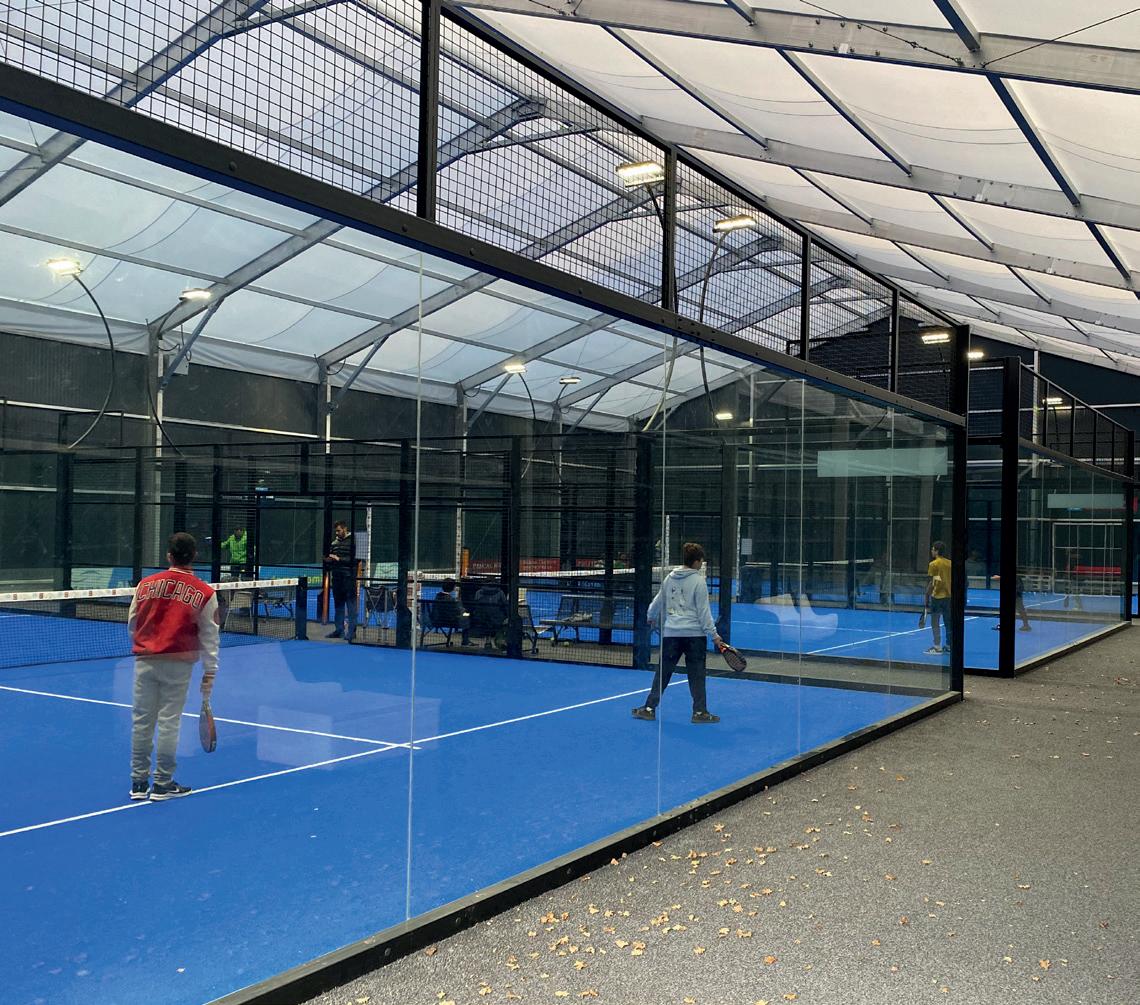


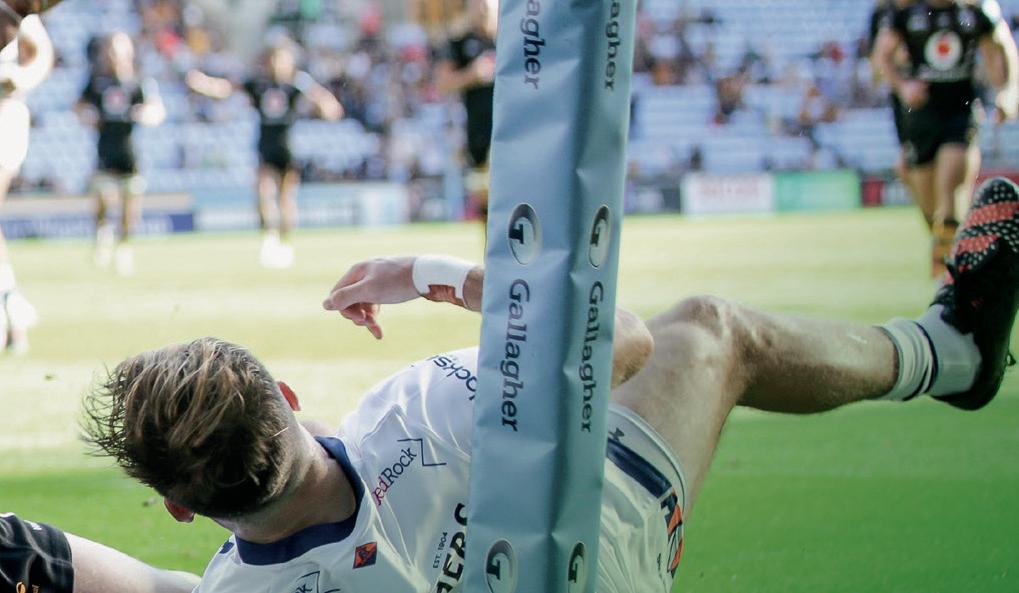




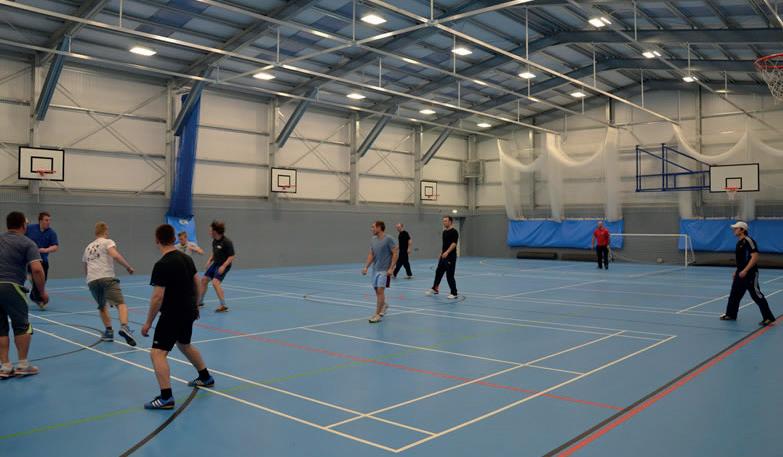




Anationwide survey, exploring the relationship between the mental health of individuals and the professional environment experienced by people working in fitness and active leisure, has uncovered a widening gap between the needs of the workforce and the protection and support provided by employers.










Conducted between 16 January and 10 February 2023, the third State of Mind Survey attracted responses from 918 individuals across all levels of the workforce and 68 employers. Of the individuals who took part, more than half (54 per cent) report experiencing a mental health issue in the last twelve months, with 73 per cent having experienced a mental health issue at some point in their life.
“Three years of data suggests a significant and consistent level of mental health distress across the workforce,” says Lindsey Simpson, curator of the State of Mind Survey. “It’s time for sector-wide action. While both employers and the workforce have a role to play in managing workplace mental health, the change the sector needs to see will be employer led. Although employer survey responses suggest pockets of good practice in mental wellbeing at work, the overriding impression is that most employers are falling short, with many probably not achieving legally required standards in employee health and safety. There are several pieces of legislation that protect the mental wellbeing of people in the workforce including the Health & Safety at Work Act (1974) and The Equality Act (2010).
“While falling short in this area is obviously problematic, it also means employers are missing out on the commercial benefits of a happy, healthy and productive workforce. In its 2020 Mental Health and Employers report, Deloitte estimates poor mental health at work costs private leisure employers between £702 and £769 per employee per annum. So, for a workforce of 100 that’s a cost of at least £70,200 per year.”
Only half (49%) of the employers taking part in the survey professed to having a mental wellbeing strategy. Less than a fifth (19%) stated that mental health and safety is embedded in their management systems while being strategically measured and monitored. Only 6% said the board sees regular reports on employee wellbeing. 28 per cent of employers say a process is in place to regularly check on employee wellbeing, but only 8 per cent of individuals questioned say somebody regularly checks in on their mental wellbeing.
“To affect a significant improvement in the mental wellbeing of individuals across all levels of the workforce employers need to step up,” Simpson says. “There needs to be a sector-wide focus on bringing mental health and safety at work onto a level playing field with physical health and safety.

“Ultimately, the responsibility to address this lies


The results of the 2023 State of Mind survey send a clear message – employers in the sport and physical activity sector need to do more to protect the mental health of their workforce
Although employer survey responses suggest pockets of good practice in mental wellbeing at work, the overriding impression is that most employers are falling shortLindsey Simpson
with employers, but sector bodies also need to play a role through effective governance and education. Employers need to understand how to create a culture focused on prevention, protection and support that fulfils legal requirements and promotes commercial growth. This is about being a ‘good employer’ through the implementation of ‘good work’ practices.”
She also says that the sector’s membership bodies and employers can better protect and support self-employed workers, who make up a significant proportion of the workforce.
“Our survey suggests there is a general feeling of being under-valued and under paid,” Simpson adds. “These sentiments were a common theme in the comments provided. 43 per cent of freelance workers questioned, say feeling their work had value and purpose has the most positive influence on their mental health and that financial insecurity had the biggest negative impact.”
More than half of those working in sport and physical activity have experienced a mental health issue




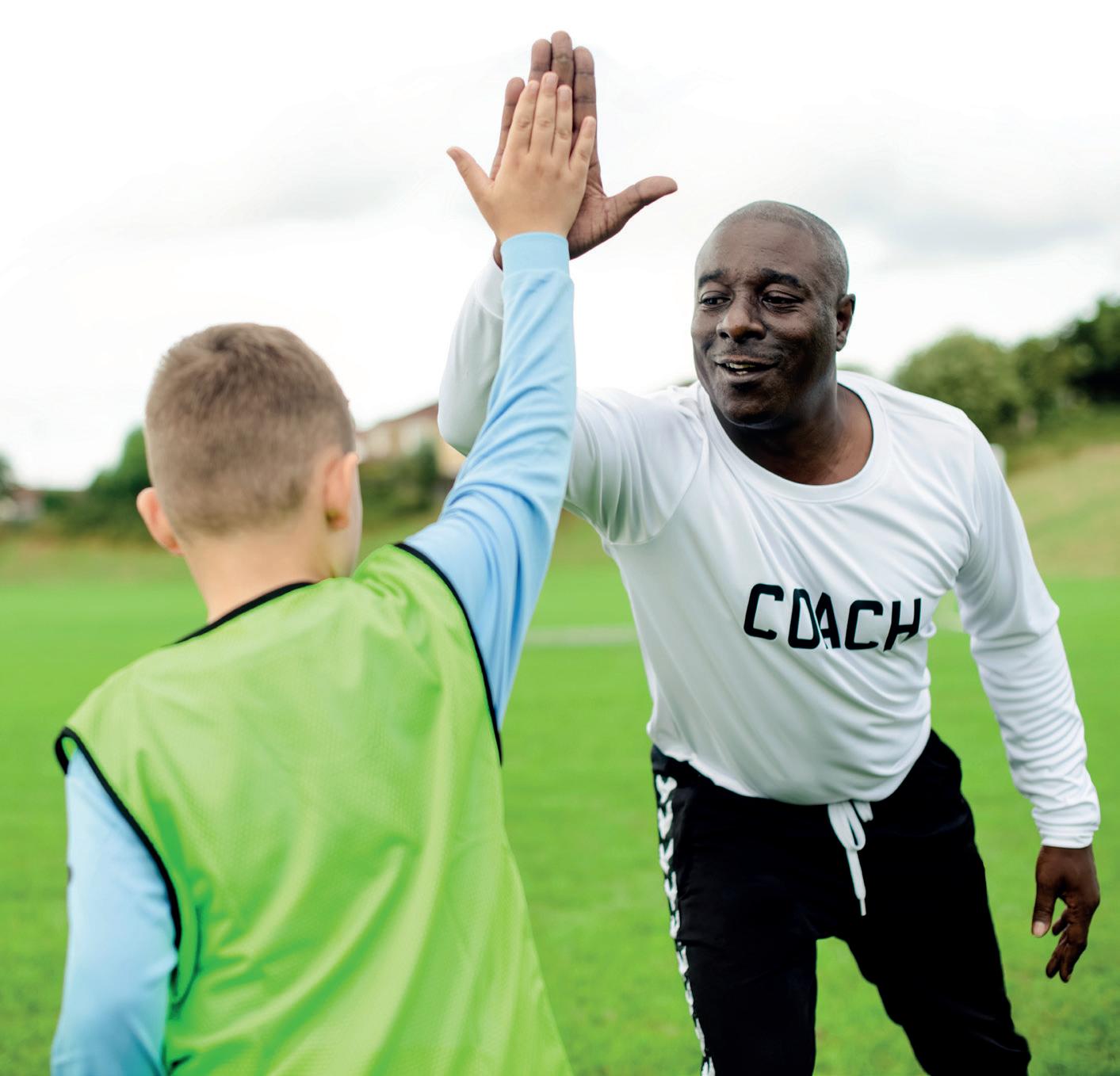
To read the full summary report, visit www.workplacementalwealth.com and download your free copy.



of respondents have experienced a mental health issue in the last 12 months (57% in 2022 and 53% in 2021)
of respondents have experienced a mental health issue at some point (73% in 2022 and 69% in 2021)

72% 46% 8% 49% 71% 63
of respondents with a line manager felt this manager cared about their mental wellbeing. (75% in 2022 and 78% in 2021)

of respondents would not be honest with their employer if they needed to take time off due to a mental health issue (48% in 2022 and 42% in 2021)
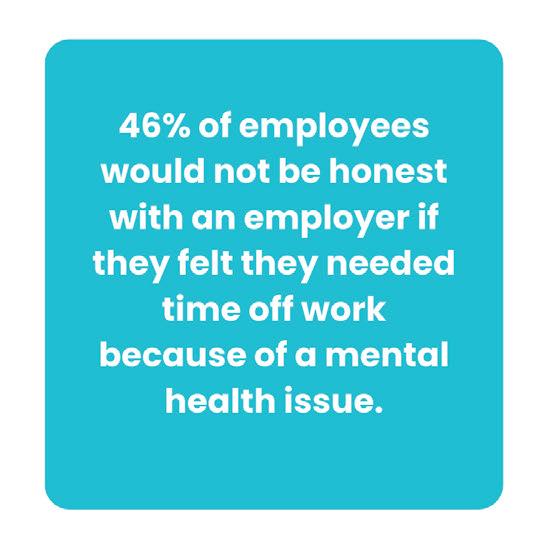
of employee respondents said somebody regularly checks on their mental health at work (11% in 2022 and 19% in 2021)
of employer respondents have a mental health strategy they communicate with the workforce (42% in 2022 and 40% in 2021)
of employer respondents would welcome support from an industry body to help them shape their approach to employee mental wellbeing and share best practice. (77% in 2022 and 63% in 2021)
out of 100 is the average rating for ‘sense of belonging at work’











CIMSPA has been an official Partner to the Workforce State of Mind Survey from the time of its launch in 2021. Tara Dillon, CEO, CIMSPA, says: “Our people remain our most valuable asset and this survey suggests we are falling short. This is an issue we need to address to protect the sustainability and growth of our sector. Now is the time for collective action.”
The State of Mind Survey and Summary Report has also been Supported by Active IQ, Alliance Leisure, Les Mills and Myzone. ●
Elevate brings the sport and fitness industries together under one roof. SportsNation looks at some of the highlights awaiting those visiting the event this year
Elevate is the UK’s largest trade show dedicated to physical activity, fitness and sport. During two full days, 7,000+ decision makers from sport clubs, gyms, studios, sports therapy practices, universities, schools and private practice meet over 250 leading suppliers, showcasing 1,000s of product innovations specially designed to

The event attracts more than 7,000 industry decisions makers and features speakers such as Tim Hollingsworth, SportEngland CEO
‘elevate’ the UK’s physical activity levels.
Taking place from 14 to 15 June, Elevate 2023 will offer a number of networking opportunities and deliver a comprehensive learning and educational programme featuring more than 200 speakers and 50 industry associations, media partners and NGOs.
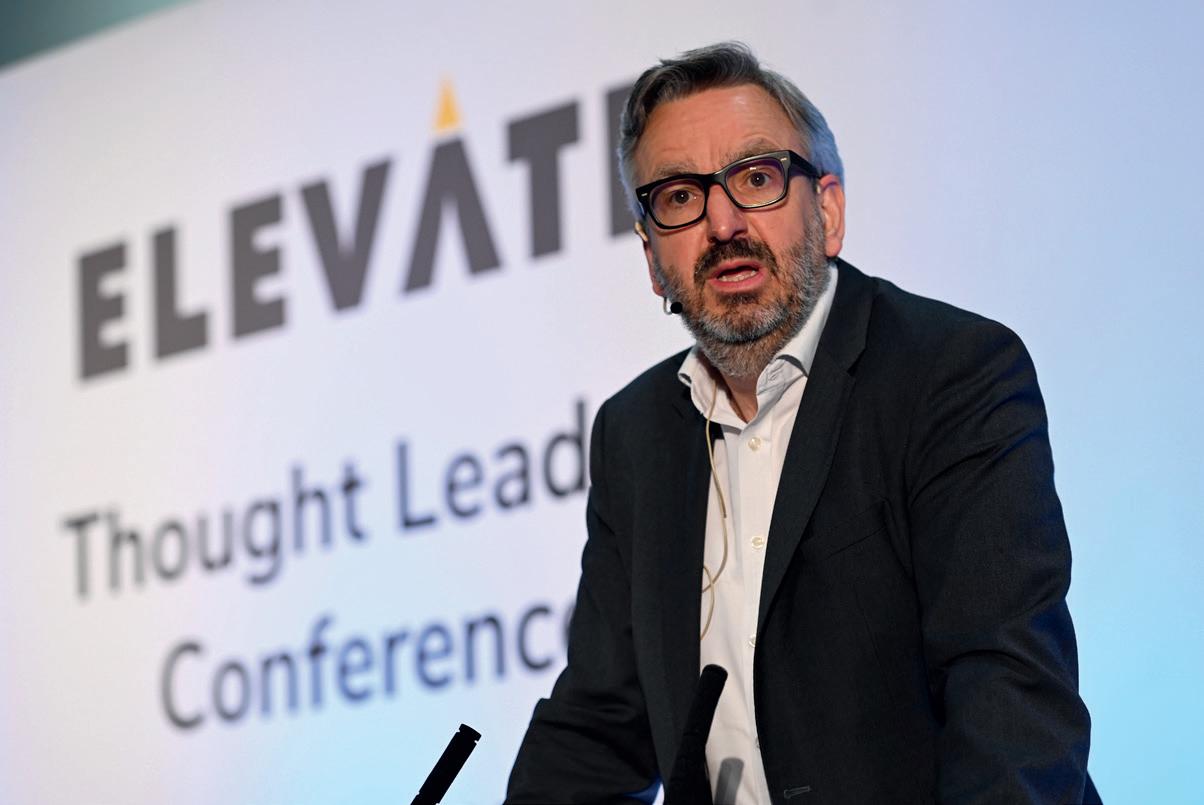
Show director, Lucy Findlay, says: “Elevate was launched in 2016 to help create a union between the sport and the fitness and industries, in the name of national health and wellbeing.
“Seven years on, in the wake of a pandemic and amidst a cost-of-living crisis, the need for face-to-face discussion, business relationships, innovation and support between the physical activity sectors remains as crucial as ever. Elevate brings opportunity, ideas, technology and innovation from hundreds of leading suppliers and thought-leaders to one place.
“We pride ourselves in being accessible to everyone, keeping registration free for those
sport professionals who want to reconnect, celebrate resilience, and look forward to a future full of exciting new opportunities.”




Elevate’s educational programme is among the largest live learning opportunities for the UK sports and fitness industry. This year’s event will see insight from key industry leaders – including Sport England, ukactive, CIMSPA, Future Fit, Physios In Sport, Moving Medicine, LeisureDB and Europe Active. The content within the seminars focuses on the key issues, opportunities and successes within
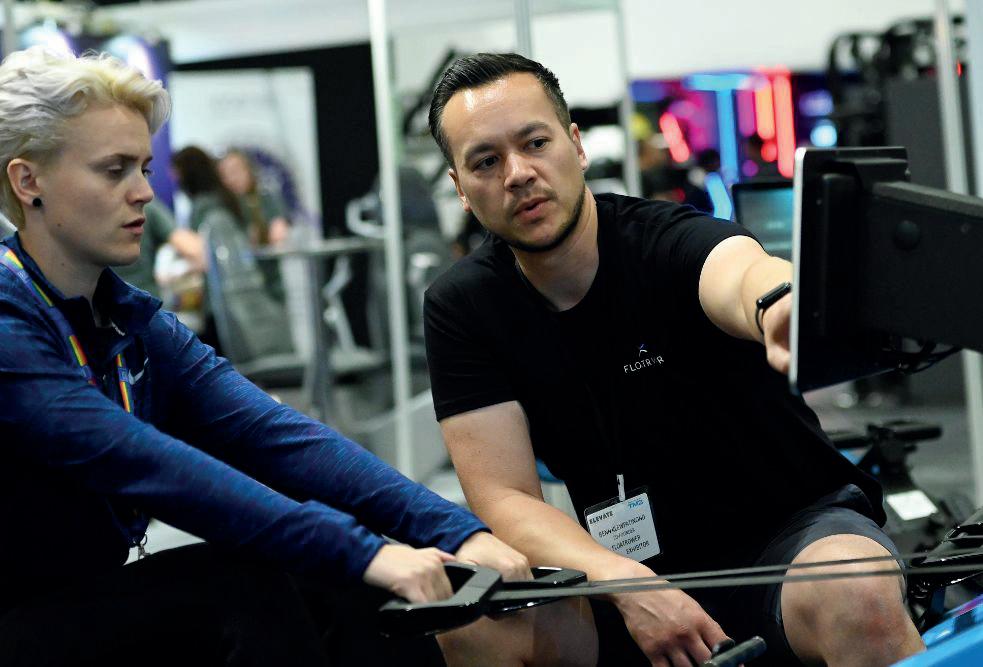

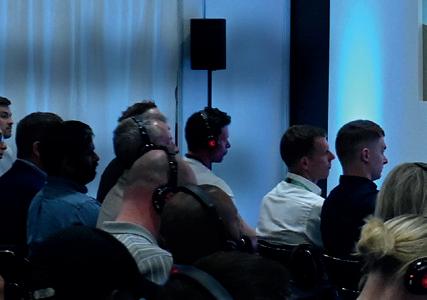
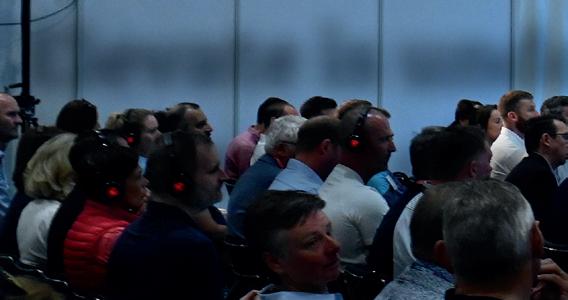

Elevate is undoubtedly the event of choice in the UK that manages to combine wider aspects of activity and therapy rather than just fitness”
Chris Scragg, Director of Wellbeing, Nuffield HealthThe educational programme will see a busy schedule of seminars
Elevate is the pinnacle of industry events. The accumulation of exhibitors, products, and talks make this an important date on the calendar”
Ben Stancombe, Head of Fitness and Health Product, Fusion Lifestyle
the sector: from children’s and grassroots sport through to sports therapy and recovery. The Thought Leaders Conference will this year host an Equality, Diversity and Inclusion series – focusing on creating true accessibility for those with impairments, ensuring racial inclusion and supporting the transgender community within sport and physical activity. Those offering their insights include Equitable Wellness, Sporting Equals, Brighton University, Sport England, a number of sports governing bodies and ukactive.
● Levelling the playing field: demystifying and highlighting the business positives of EDI strategies
● The transgender question: how to integrate transgender competitors and participants into elite sport and grassroots activity?

● What next for youth sport, fitness and activity?


● What’s next for funding infrastructure in the public sector?

● Investment for access - how investment in infrastructure is helping more people access sport?
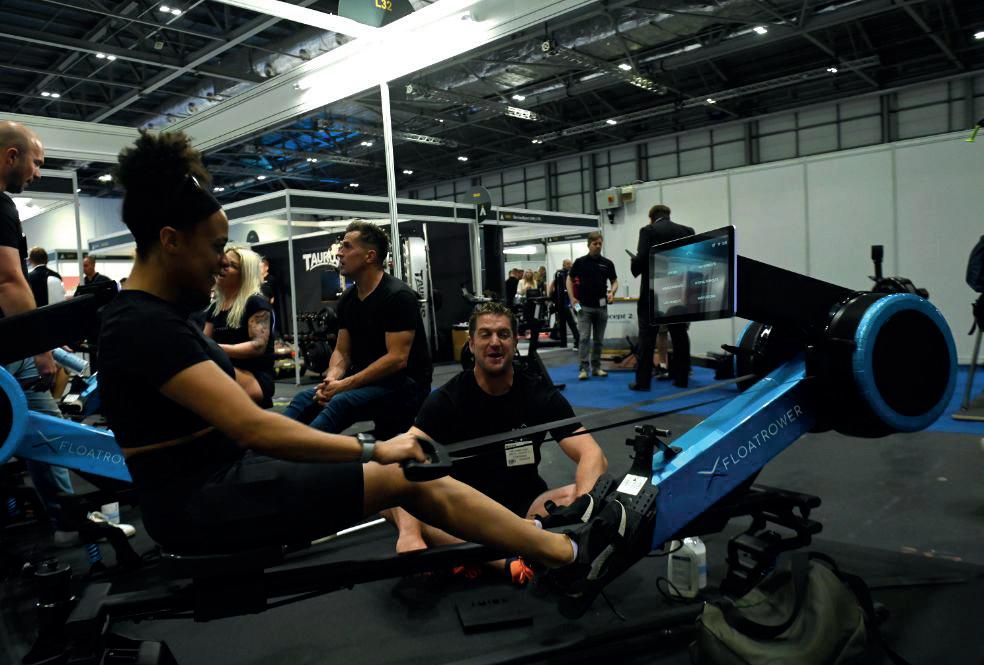

For more information on Elevate and to book your place – visit: https://www.elevatearena.com

Elevate is the most important event of the year for the UK fitness industry - it’ll be great to see all the latest innovations in one place!”
Michelle Dand, Head of Fitness Product and Programming, David Lloyd Clubs
“ The Active Nation team and I can’t wait to get back meeting our key suppliers face to face and Elevate is the perfect place to do this”
Stuart Martin, Managing Director, Active Nation


BenchK 733B
“BenchK, your multi-functional sports furniture. Unique, compact, complete. Designed to boost your health and fitness. Made to the highest quality using the latest manufacturing technology. Developed into different series, starting from Series 1 to Series 7 having the BenchK 733 as our crown jewel offering you a whole body workout. BenchK is made to be compatible with your home, office and public spaces. Always at a place near you.”
Below: Hatton Boxing is among the sports-focused companies attending
The BOX12 rolling circuit takes 36 minutes (12 x 3 min rounds) where the virtual coaching screens instruct the member through a boxing and functional workout. It uses a rolling circuit model therefore a member can start the workout every 3 minutes. The operator can simply switch on the virtual coaching screens, they play all day and therefore the success of the workout experience is not dependent on staff delivery. The circuit can be operated as a class or simply as an open-door policy, the key thing is the content is already created so if delivered as a scheduled class, any staff member can then simply concentrate on engaging with users!
For the first time ever, Elevate is partnering with HYROX, giving all companies within the industry a brand new opportunity to get involved in a tailor-made HYROX race.
Elevate and HYROX’s partnership aims to engage a range of physical activity professionals and operators, allowing them to undergo the unique HYROX Physical Fitness Test (PFT).
The HYROX race is open to all Elevate attendees and is a bespoke opportunity for 4 team members to represent their brand as a singular team. This Elevate X HYROX PFT will be half the length of a normal race and everybody is invited to participate in their company’s team of 4 - from sales teams and facilities staff to PTs and managers.
“HYROX is delighted to support Elevate 2023. As the UK’s largest trade show dedicated to fitness, sport and physical activity, it is a fantastic opportunity for us to showcase how the HYROX Experience can be part of any facility,” says Edward Dier, HYROX.

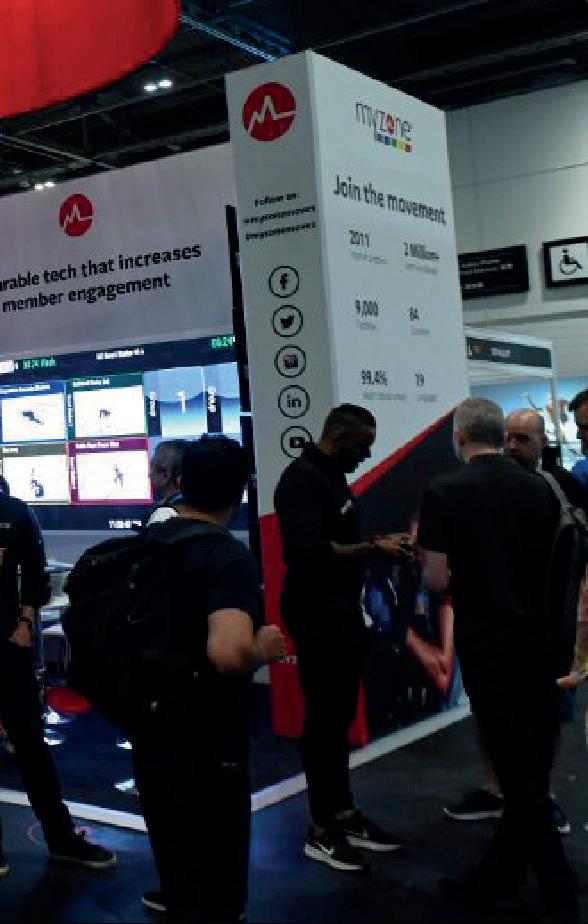


The must-have guide for personal training professionals and students alike developed by the National Strength and Conditioning Association (NSCA). Access the latest research, guidelines for designing safe, effective and goal-specific resistance, aerobic, plyometric and speed training programs for clients of all ages and fitness levels. Complete with 27 online videos, you’ll learn how to make modifications and adjust exercise programs for each individual, plus you’ll have access to easy-to-follow instructions fitness testing protocols and norms.
We’re proud to showcase the RAZE Shadow XD lifting racks at Elevate this year. As recently seen in our Third Space Moorgate install.
The Shadow XD racks creates a premium engineered feel from usability to design detail. Designed and manufactured in-house, the Shadow XD range uses enhanced material specifications to increase product longevity and fine-


Above: The NSCA’s personal training guide is in its third edition

tune training possibilities. This includes the legs that are entirely constructed using 304 stainless steel to increase strength and resilience delivering a high-end finish.

Could you see Shadow XD in your training space? Talk to our experts at Elevate.

The HELIX by JORDAN range offers affordable commercial quality, suitable for use in every gym space.

Below: Indigo is showcasing its new Shadow XD
Enjoy the freedom to put your Freestanding HELIX Power Rack on a level surface anywhere indoors with 5mm thick steel brace plates, and a longer base frame securing your workout. Includes a 150kg rated chinup bar as standard and numbered 18mm holes on each side at 35mm intervals to use with 17 compatible HELIX attachments, this power rack is designed to be played with.




Omega Security are excited to announce that they will be launching two new products at this year’s Elevate. This will include their very own new pool alarm system, an in-house assistance alarm system that will cover the whole leisure centre. It has mobile pendants, sauna proof buttons, an easy managed system with multiple zones and can be used in accessible areas with pool cords and push

buttons, poolside, and in remote areas such as tennis courts. We look forward to welcoming you on stand G54 to showcase our products.

Introducing Power Plate REV - it may look familiar, but it is far from ordinary. VibeShift Technology (patent-pending) delivers consistent, safe, precise, and predictable effective vibration through the pedals – a press of the lever shifts the mode from standard to full-on vibration. Power Plate REV offers health and fitness clubs an exciting vibration concept that delivers accelerated results to their members; maximum cardio, strength and wellness benefits in a minimum amount of time while providing increased muscle activation.
Precor, has been a pioneer in delivering fitness experiences for commercial customers and exercisers for more than 40 years. Precor serves more than 100 countries worldwide with offices in the Americas, EMEA and APAC. Precor products and services span across all major categories, including cardio, strength, functional fitness, group training and connected solutions. Precor segments include commercial clubs/facilities and the verticals of hospitality, multi-family housing, corporate and education.

Below: Precor supplies more than 100 countries with its equipment

Technogym, the world-renowned provider of connected smart fitness equipment and digital services, has been appointed as an Official Supplier to the Paris 2024 Olympics for the ninth time. This prestigious endorsement is a testament to their commitment to innovation and excellence, which will be on full display at Elevate.
One of Technogym’s key innovations that will be showcased at Elevate is Biostrength, a revolutionary training system that adapts to each individual user and ensures 30% more results.
Leveraging artificial intelligence, Biostrength helps users train with the right load, range of motion, posture, speed of execution, and even indicates the number of sets, repetitions, and optimal recovery times.



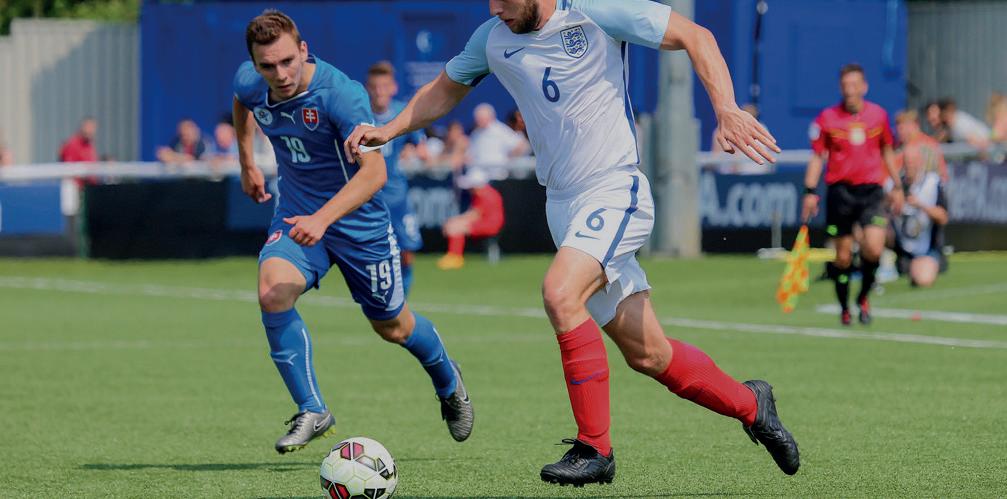








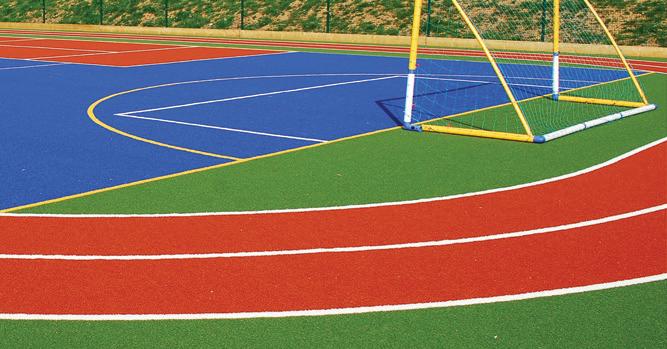












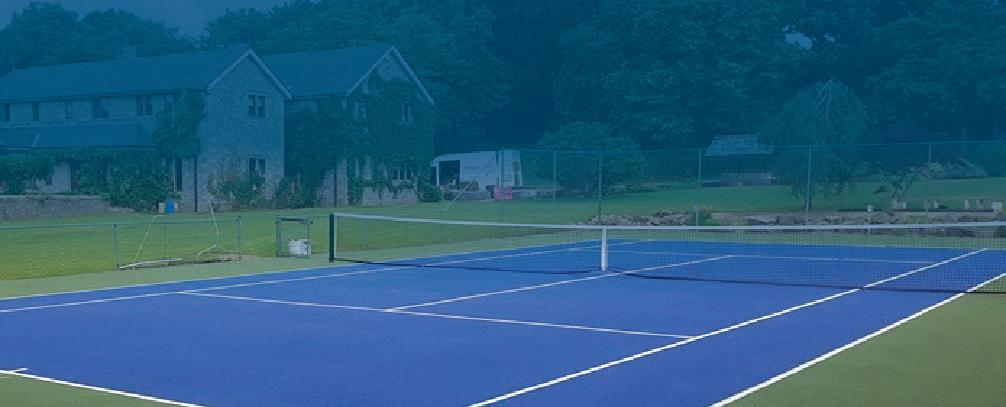





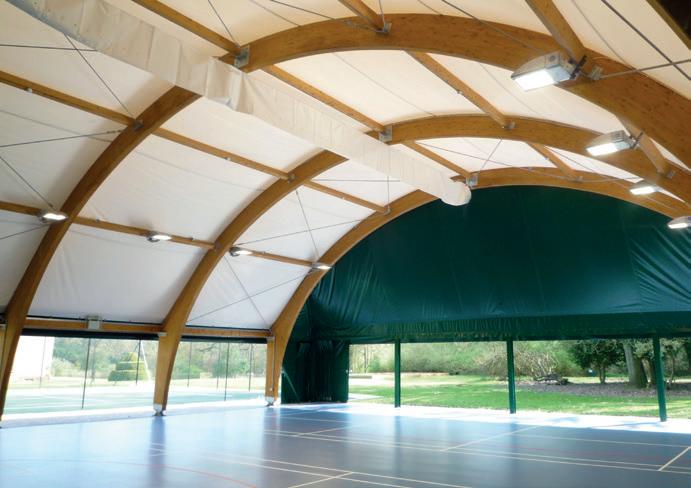













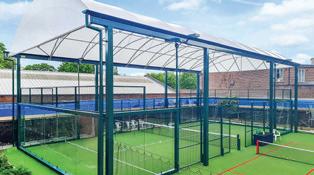















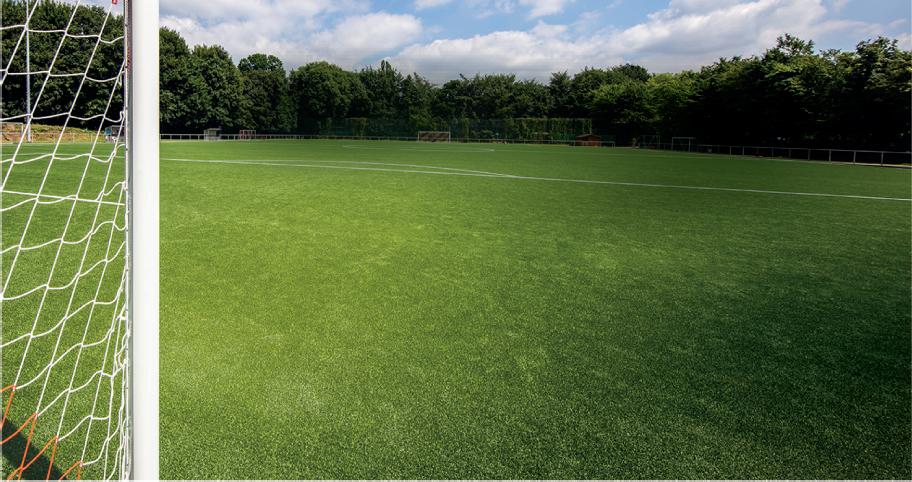








































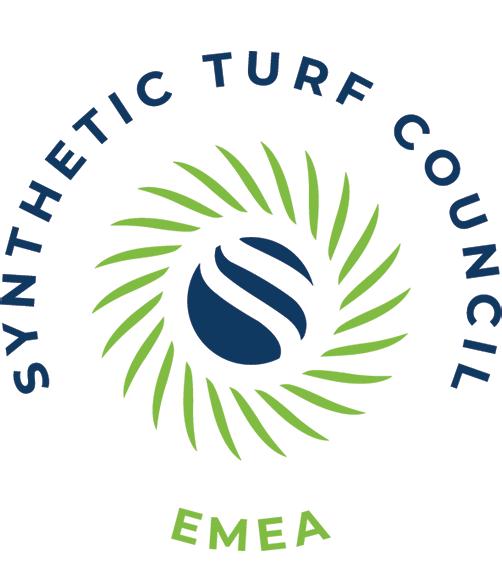



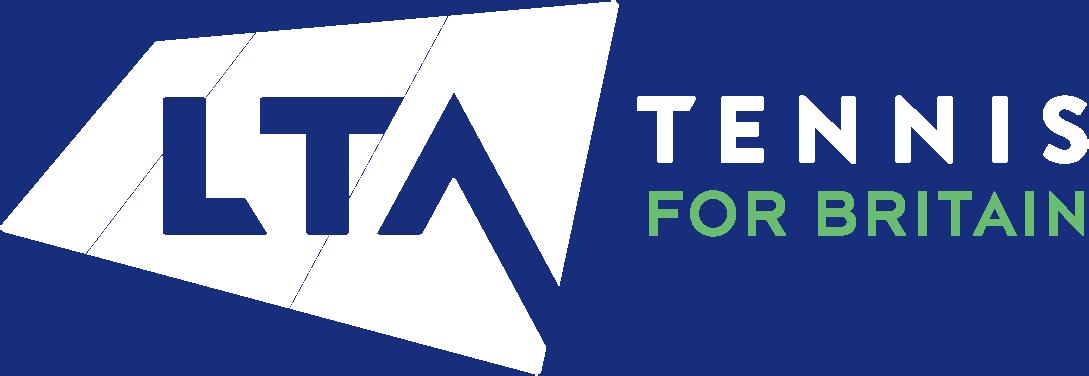

















SportsNation sat down with the Head of Human Performance at Alpine’s F1 Team to see what goes into fine tuning the people that take the world’s fastest racing cars around a track
What first motivated you to work in sport?
I’ve always been passionate about sport and been involved in it from a young age. Having played at a reasonably high level across many sports, I was always intrigued as to what sets the elite and professional athletes aside from the rest of us. Ultimately, my motivation was that, if I couldn’t be a professional myself, I would relish the chance to work with professional athlete(s).
What did you study - what qualifications do you have?
across the academy, reserves and first team. This was a great experience for me and showed how a professional sports team functioned from the backroom staff to the players on the pitch – and what it took succeed.
After completing my internship, I then got my first job at Reading, working in the sports science and sports & conditioning departments.
I started working at Enstone in 2011, when it was known as Lotus Renault GP, and I’ve been here ever since. Over the past 12 seasons the name of the team has changed from Lotus Renault GP to Lotus F1 Team and then to Renault before being called Alpine.
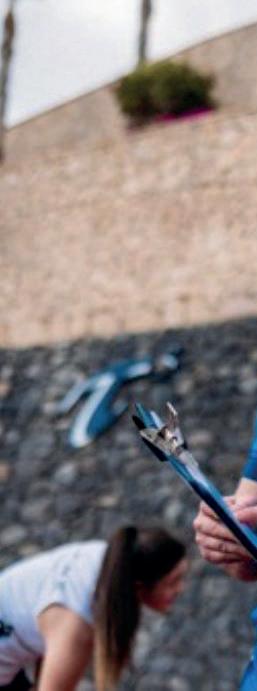
I recognised from an early age that I was certainly more of a ‘visual learner’. Being able to learn something and then apply it to scenarios was always going to be the best way for me to learn and excel. I loved PE at school and when I was able to choose my subjects in secondary school, sports studies opened up a whole new world for me – learning the theory behind of one of my passions. I followed this path and, once I had completing my undergraduate degree, I found myself undertaking a master’s degree in applied sport, exercise nutrition and exercise physiology. While undertaking my master’s degree, I was fortunate enough to undertake an internship at Reading Football Club, working
Reading Football Club, working
and nutritional
My role is quite dynamic. I manage a small team of performance coaches and therapists, and I work closely with our academy doctor too, to deliver a bespoke and individual training platform for our driver athletes and race team. We look after all the sports science testing and assessments, sports and conditioning programme delivery, injury management, cognitive testing and training and nutritional support, as well as well-being needs for this group.
Our role is also to educate all personnel in these areas, whether it be a karter, F3/F2 driver or the gunmen on the pit crew. We work to get the best out of these individuals – on track or in whatever
their role is. When working with the team, as well as improving overall performance, I like to share in the small victories too – whether that be a personal best in the weights room or improving their lactate threshold. It is all a part of the work that goes on behind the scenes.
With our driver athletes, yes, as they are easy to use, portable and can be utilised in a number of scenarios – whether its pre-activation or warming up before a training session, or a pre-track event on a race weekend. They can be used as recovery tools again after training or a race. We also use them after long flights to increase blood circulation and re-energise after being seated for hours.
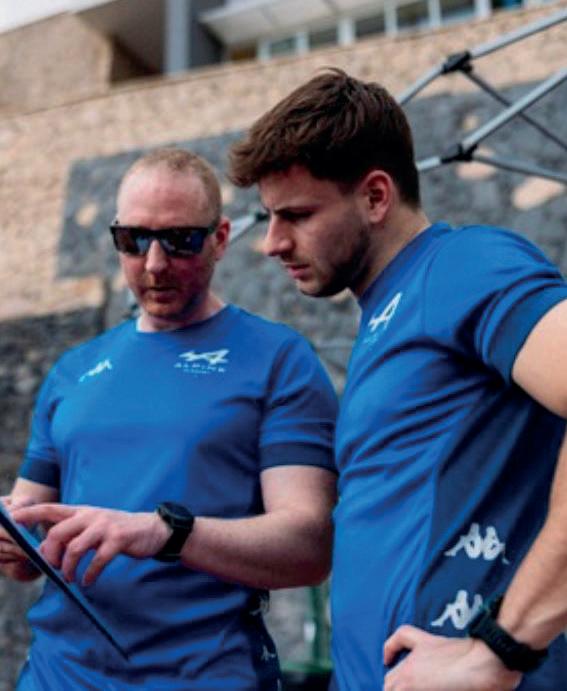
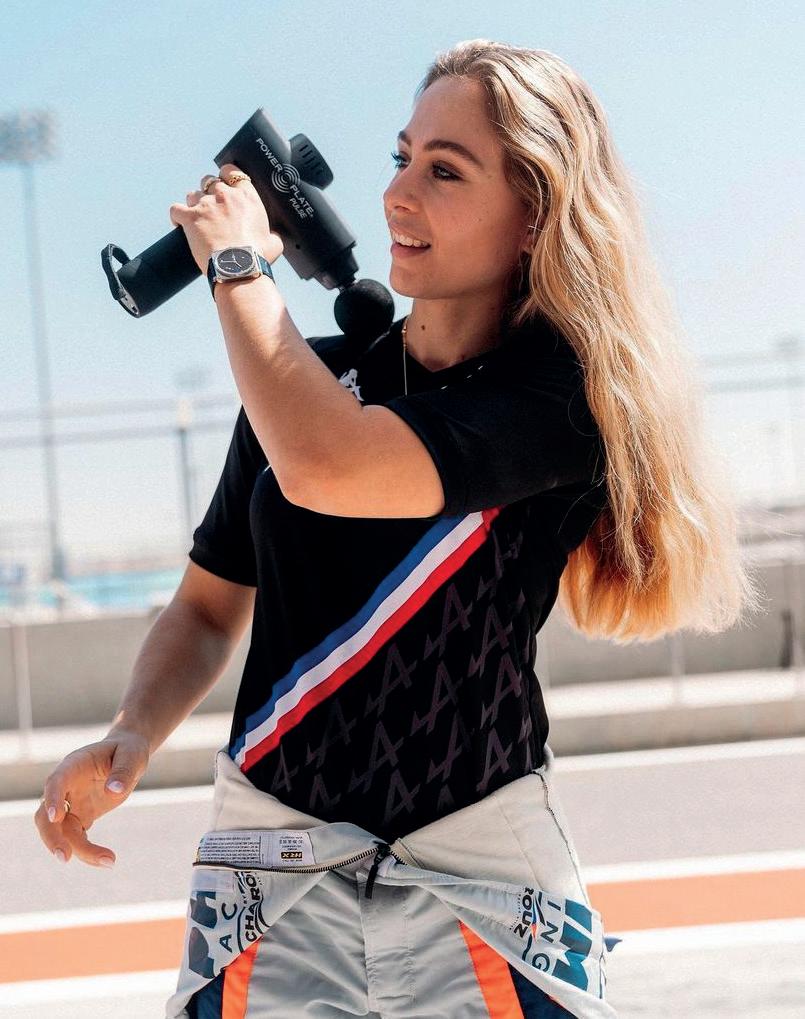
First and foremost I see myself as a coach. And any coach worth their while will tell you that the most satisfying and rewarding element of this job is to be able to make a difference, whether that’s improving their strength, aiding an athlete back to competition after an injury, or seeing them on the podium achieving their goals. For me, you can’t beat that!
Strong communication skills and the ability to be approachable are important assets to have. I think having passion for what you do really helps and keeps the job fresh and exciting. It’s also a forever-evolving area of study, so being eager to learn and improve helps too. l
In any role, strong communication skills and the ability to be approachable are important assets to have, especially as a coach




































